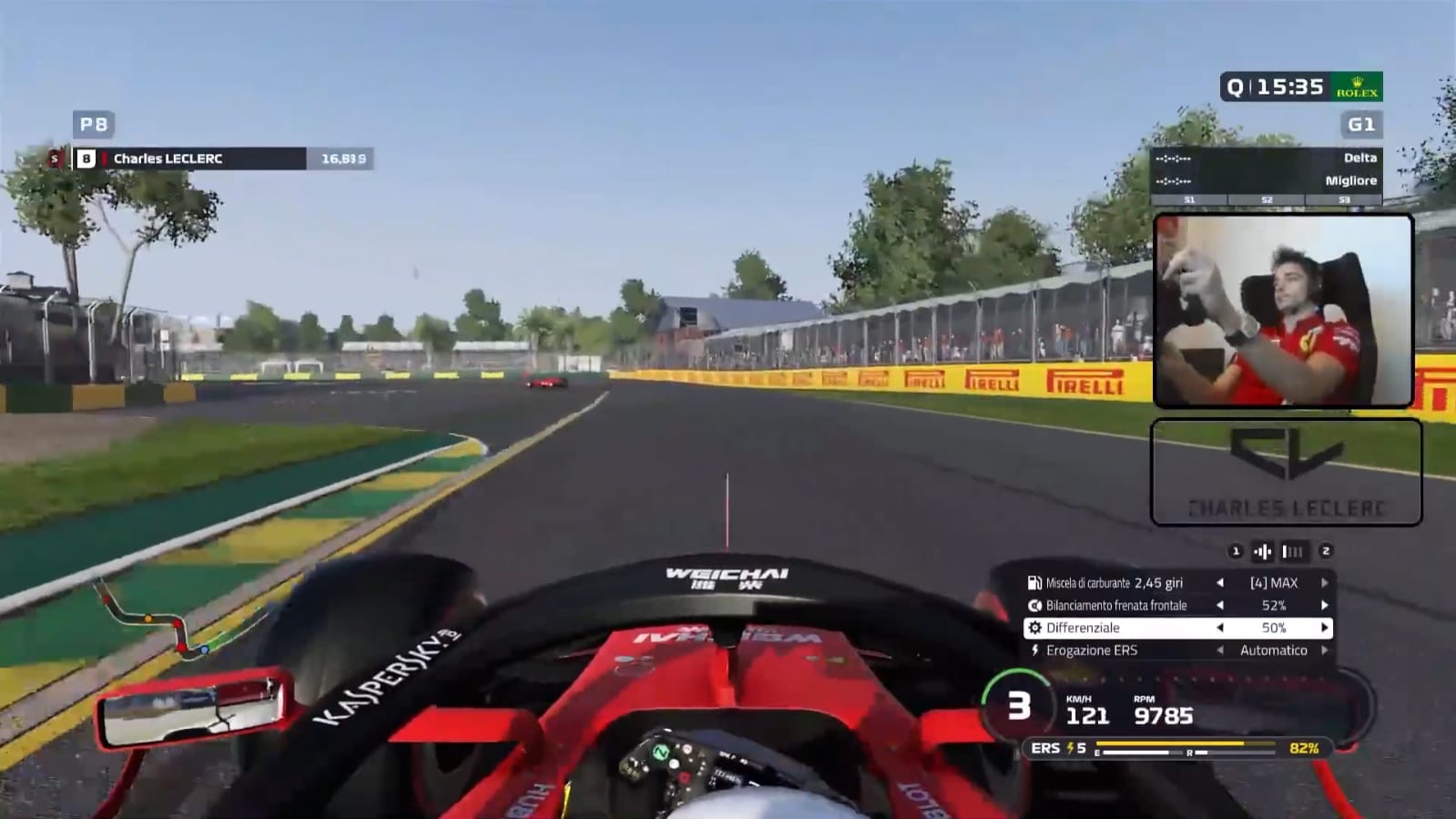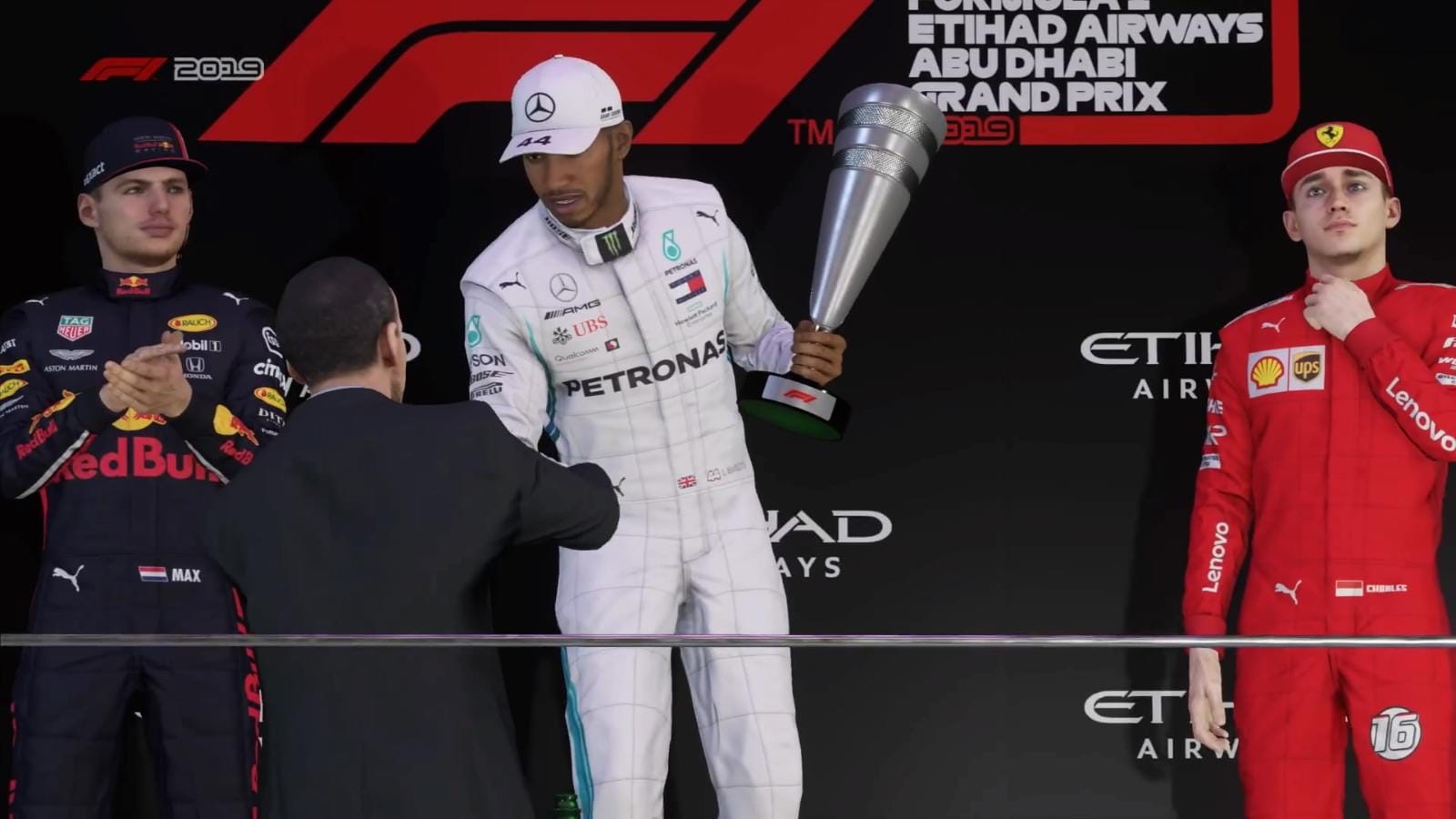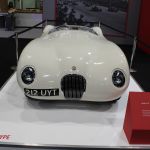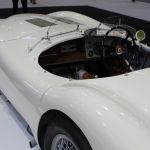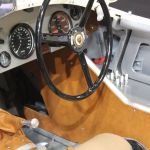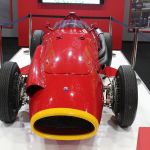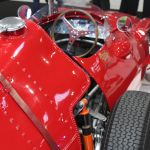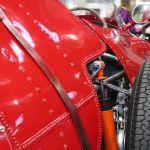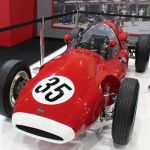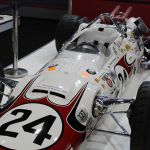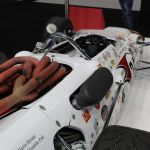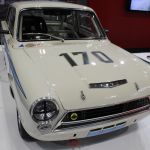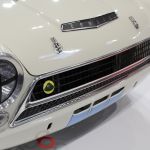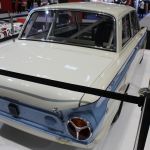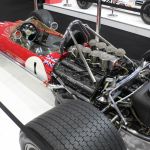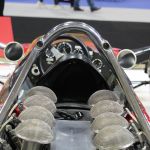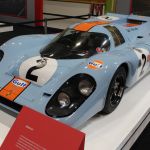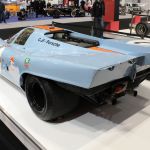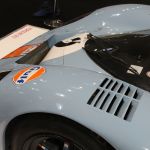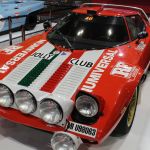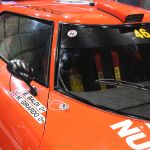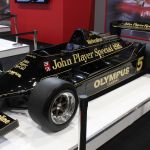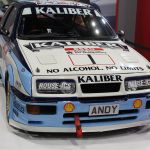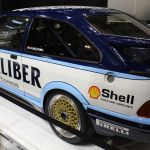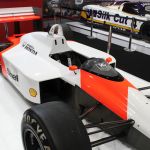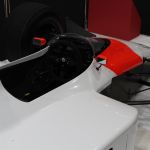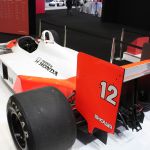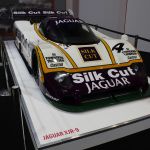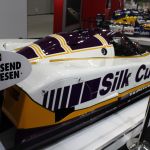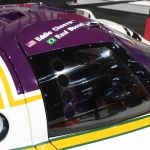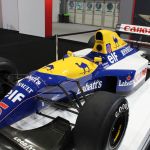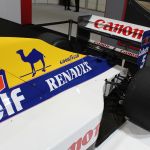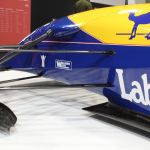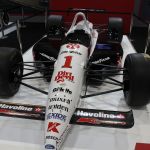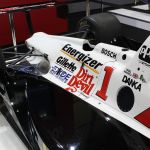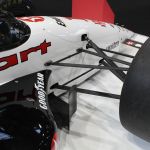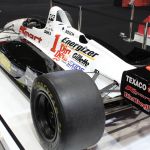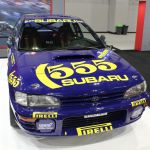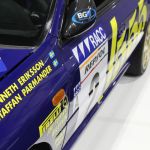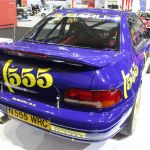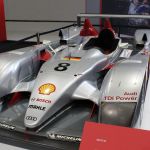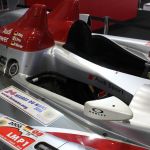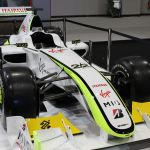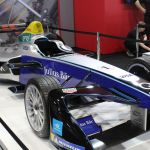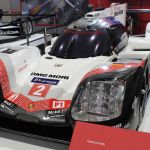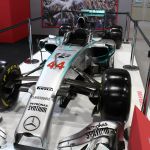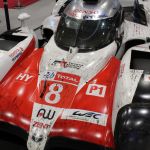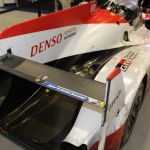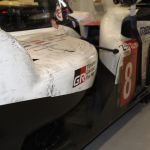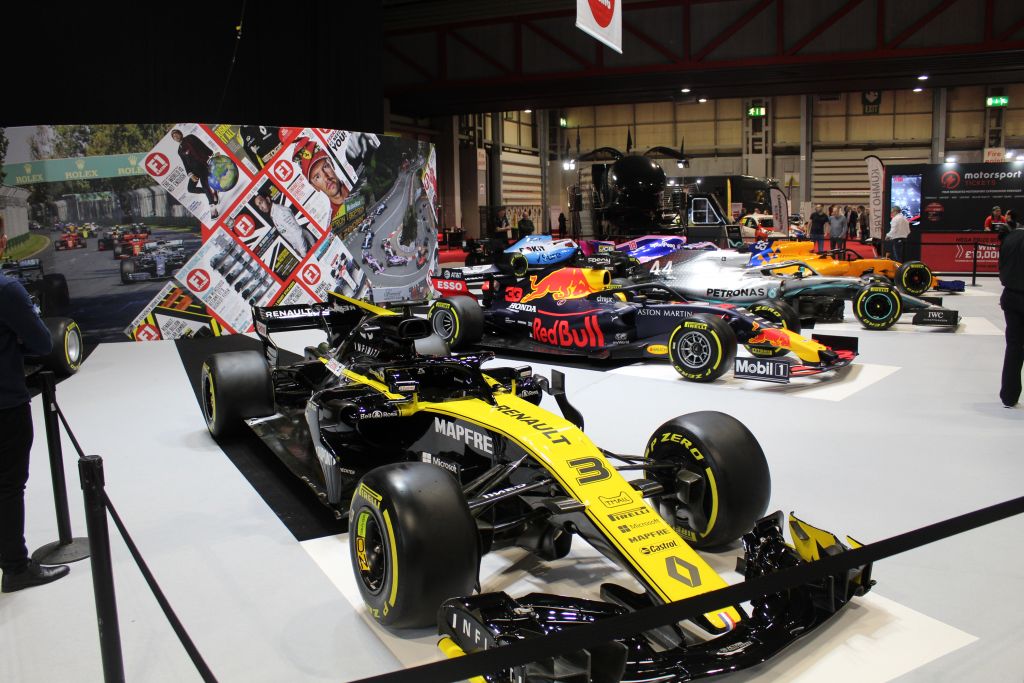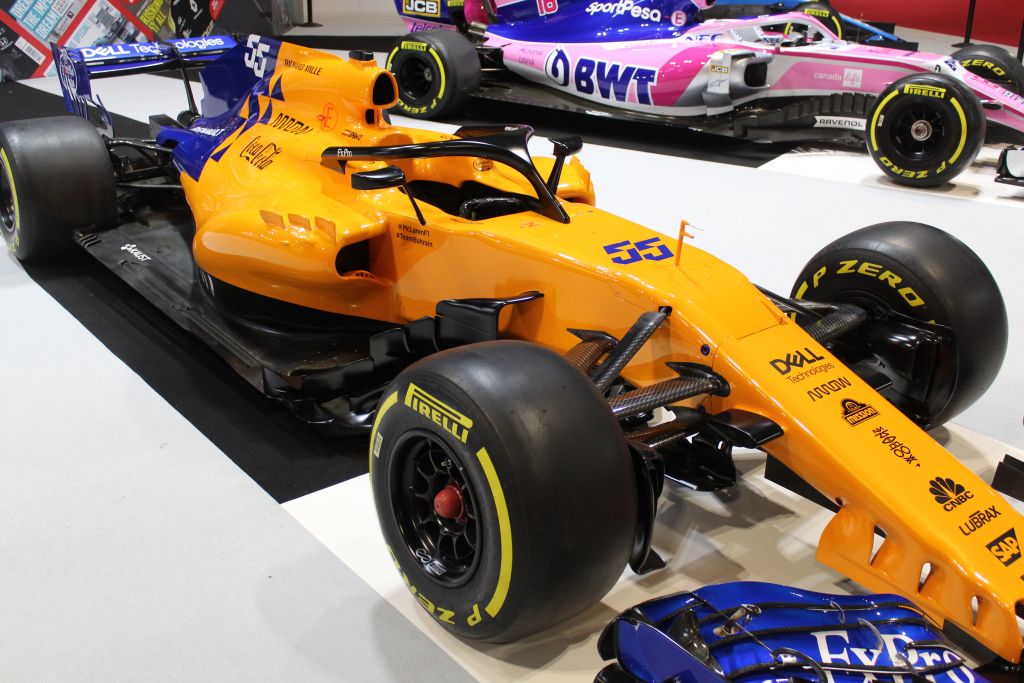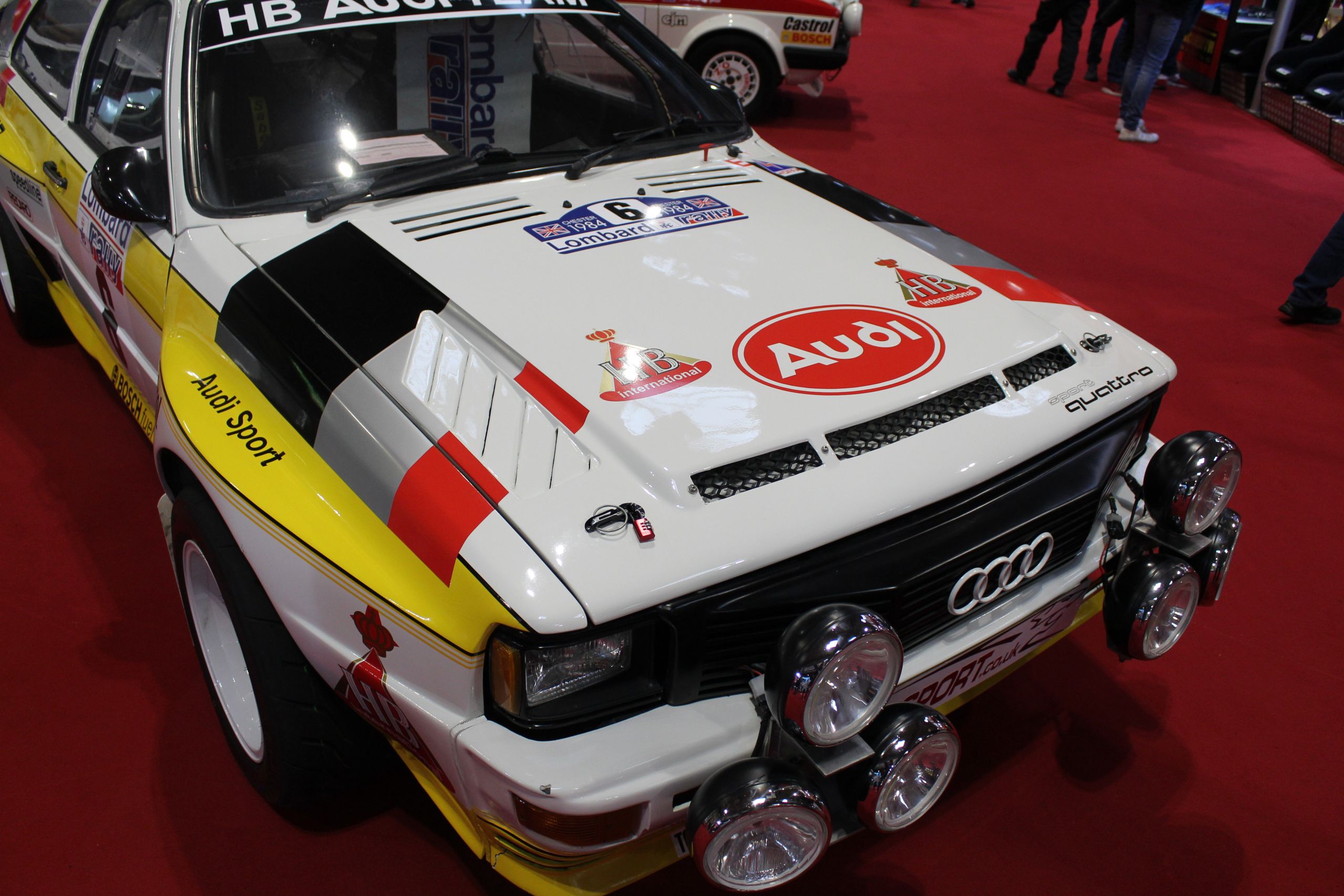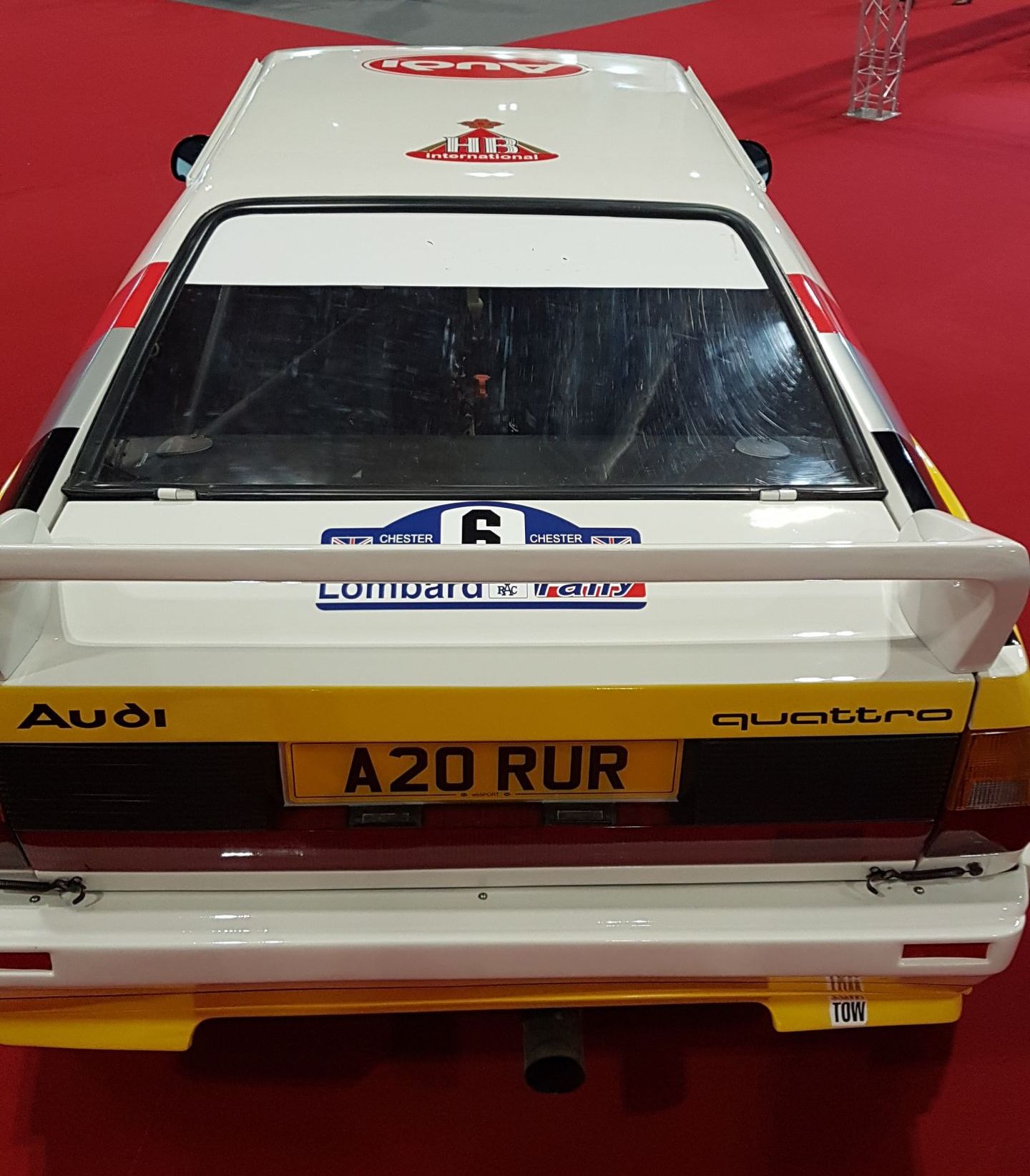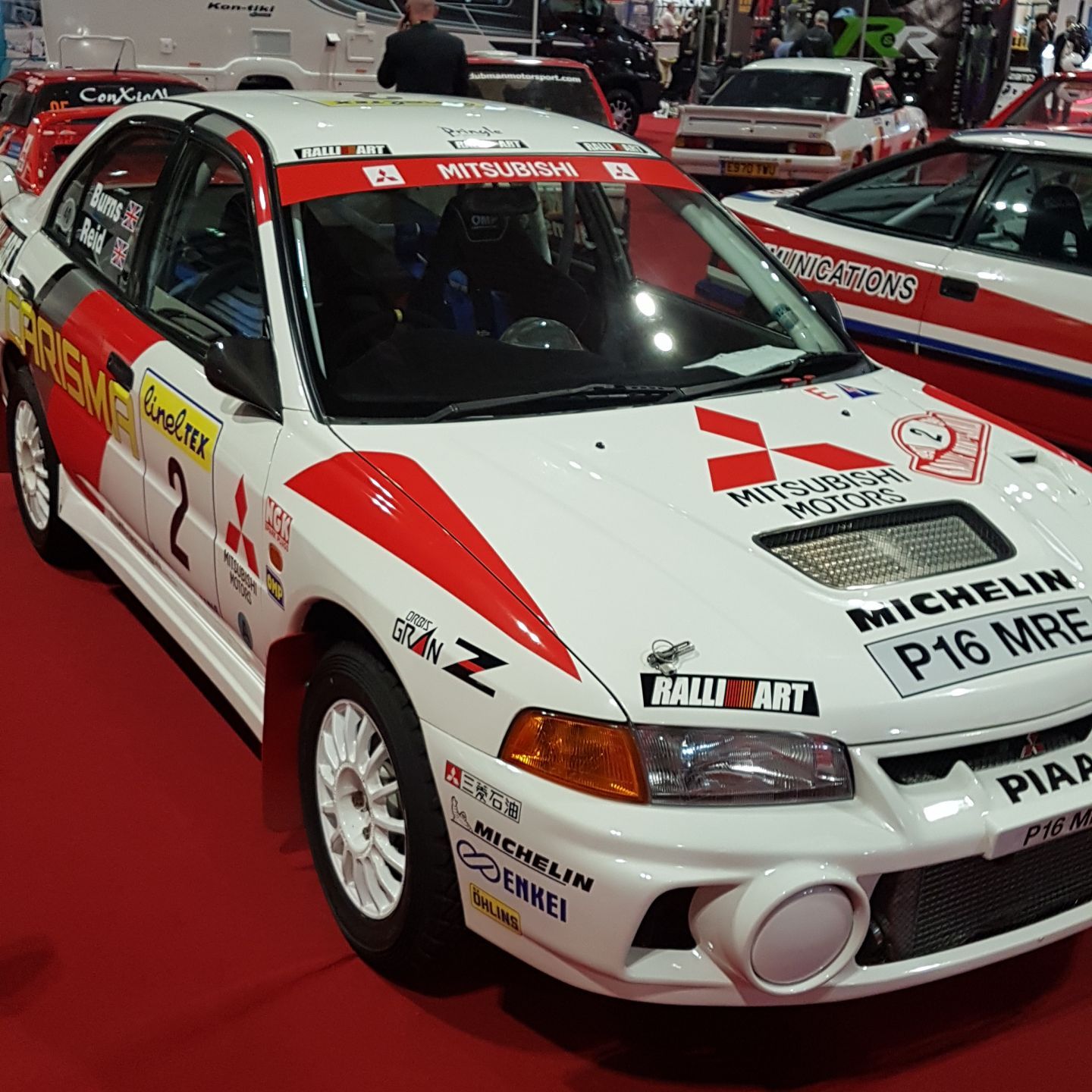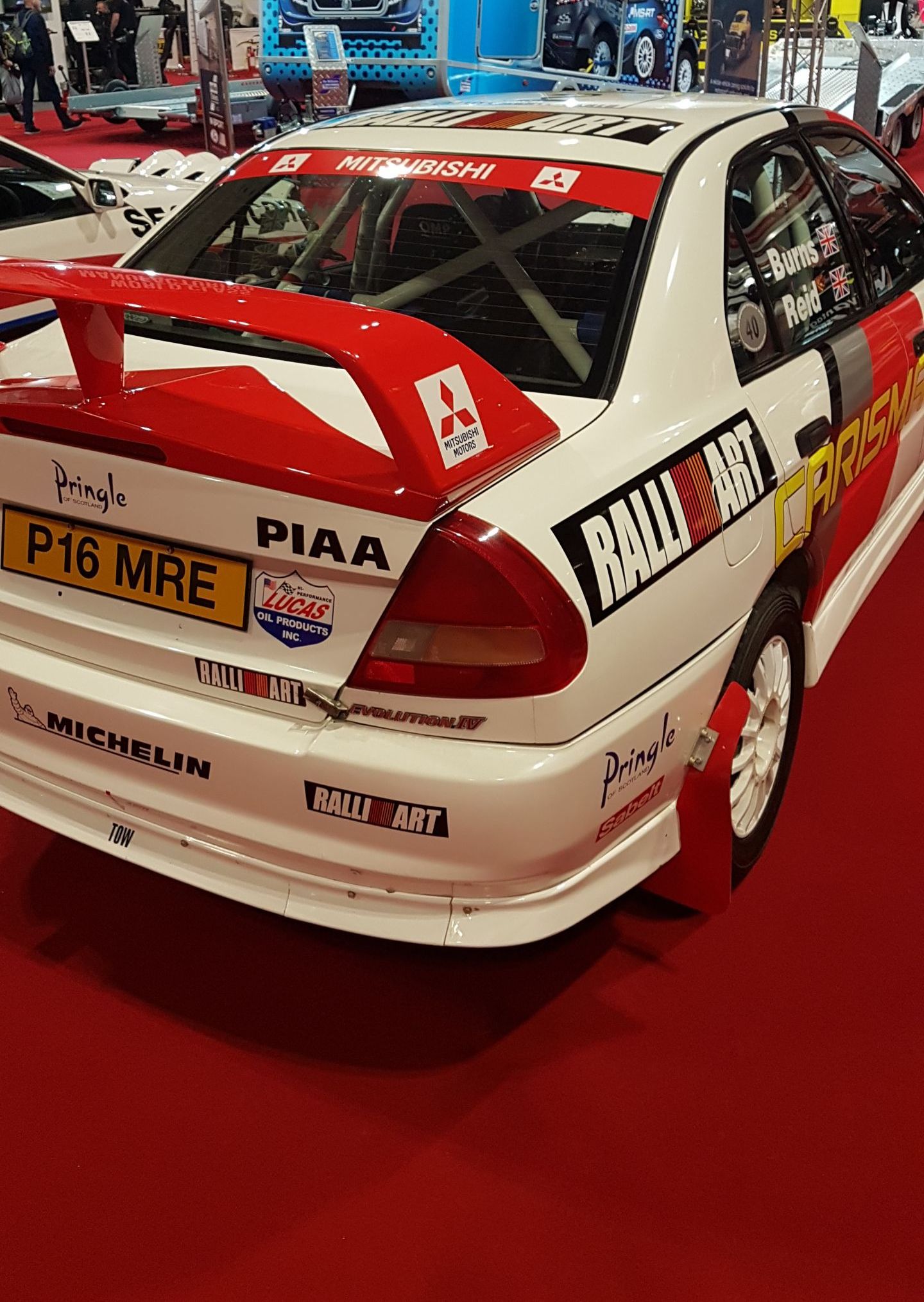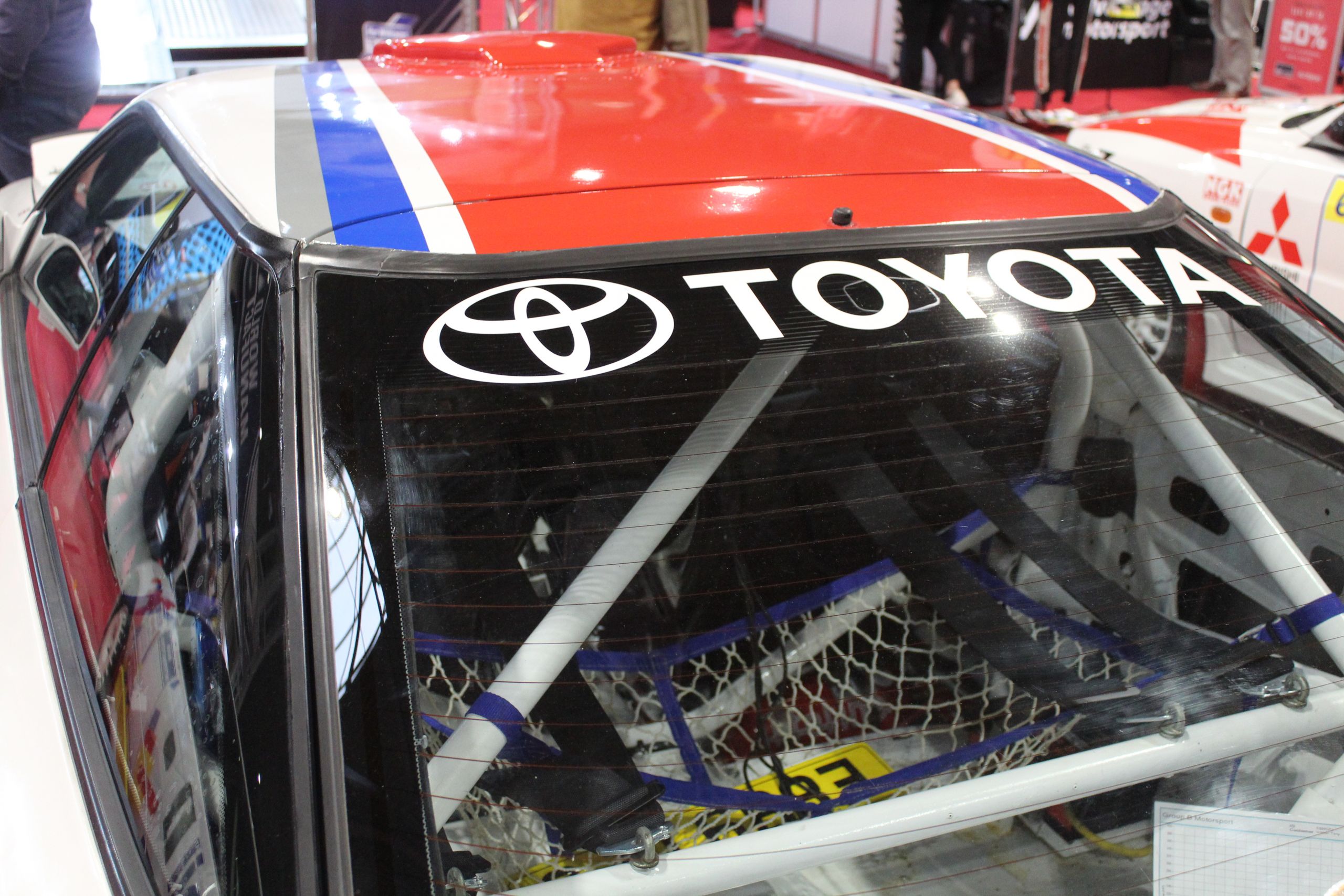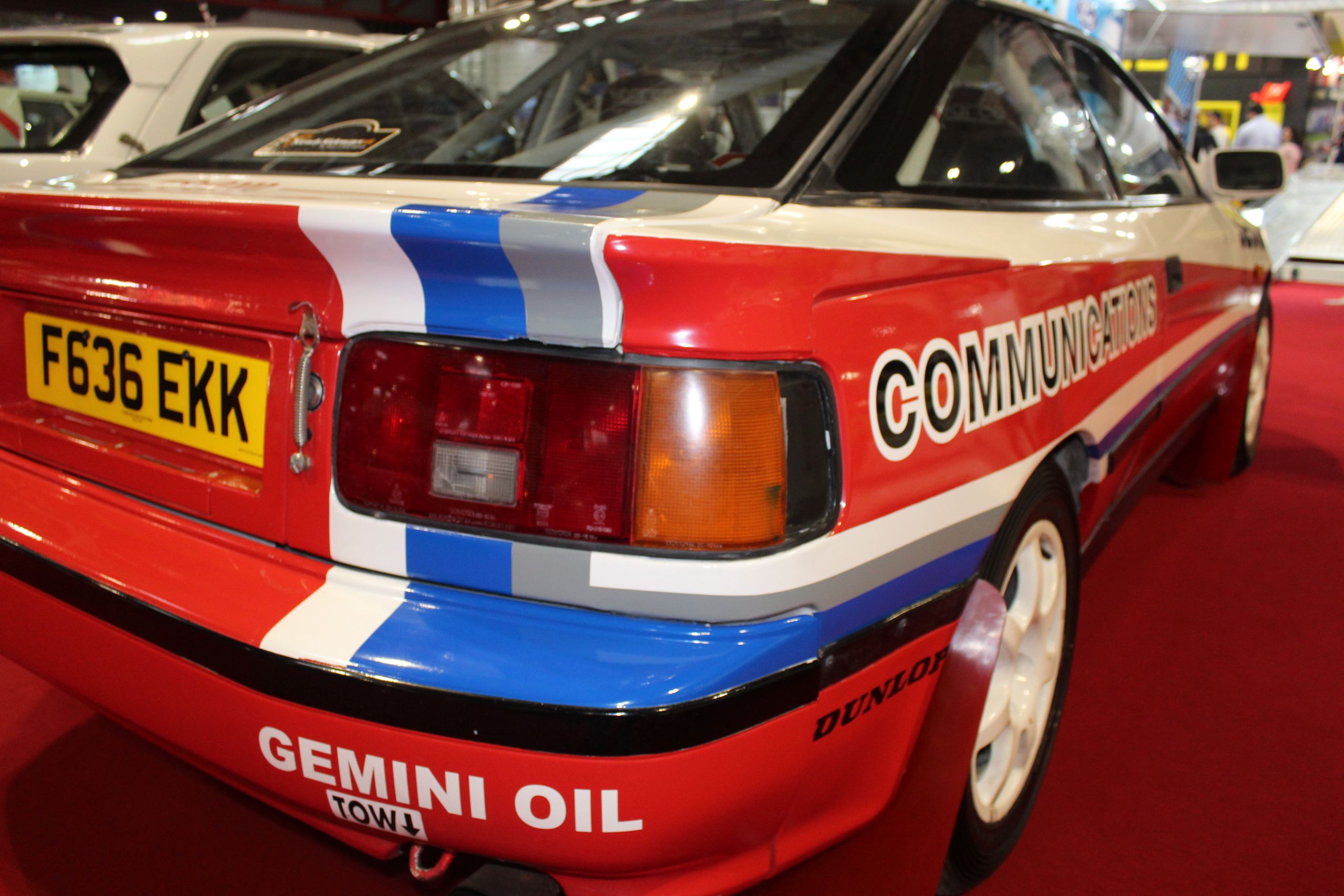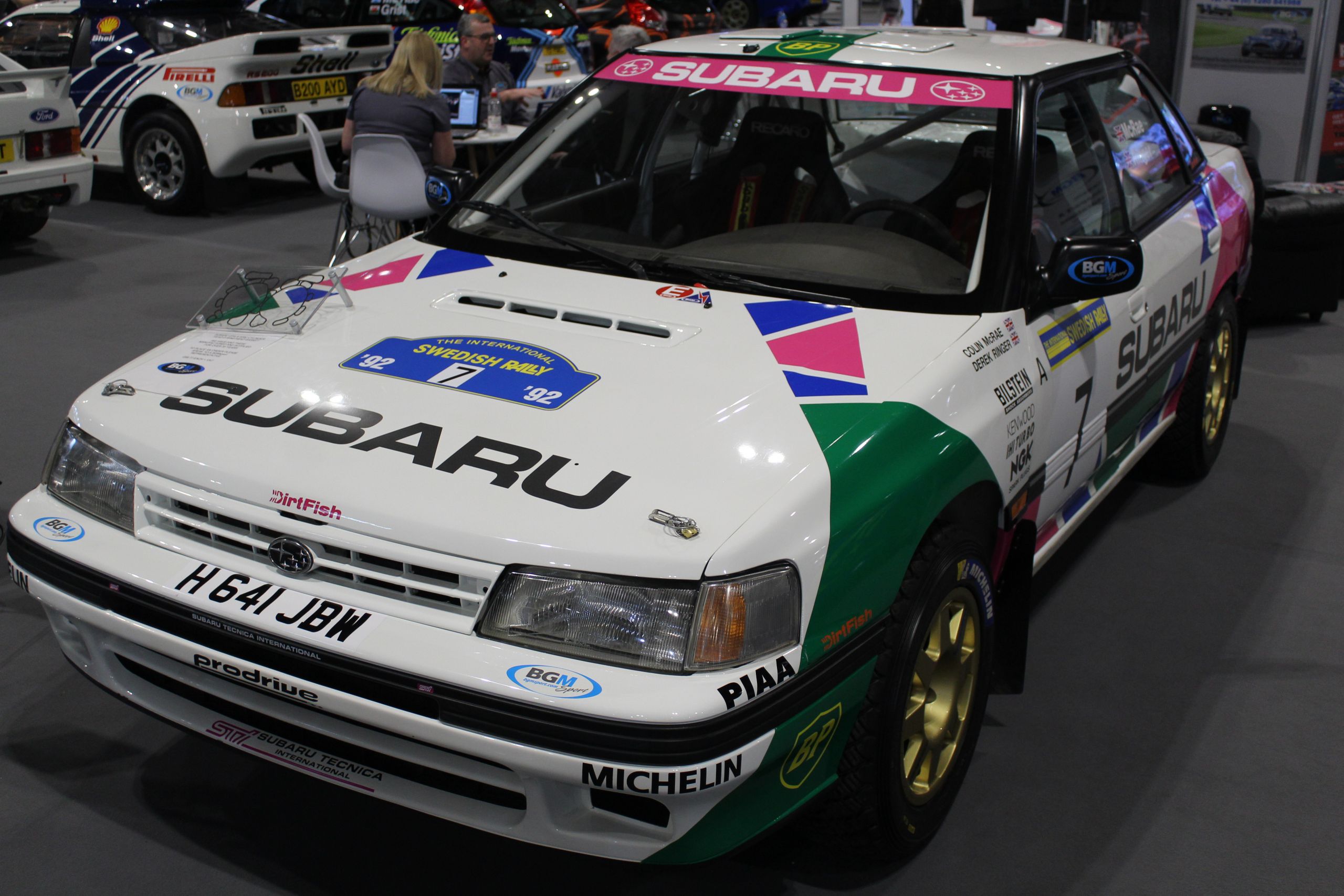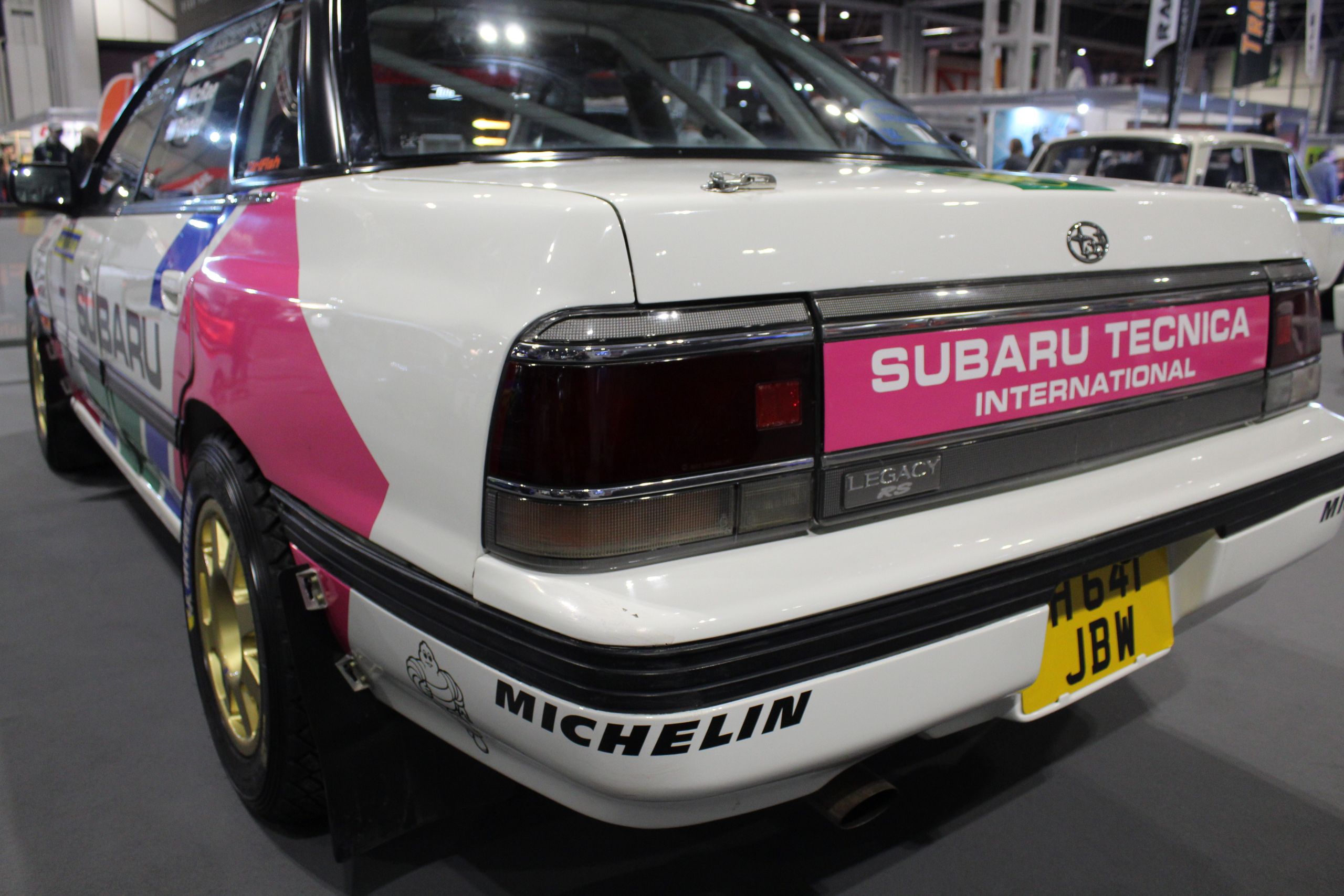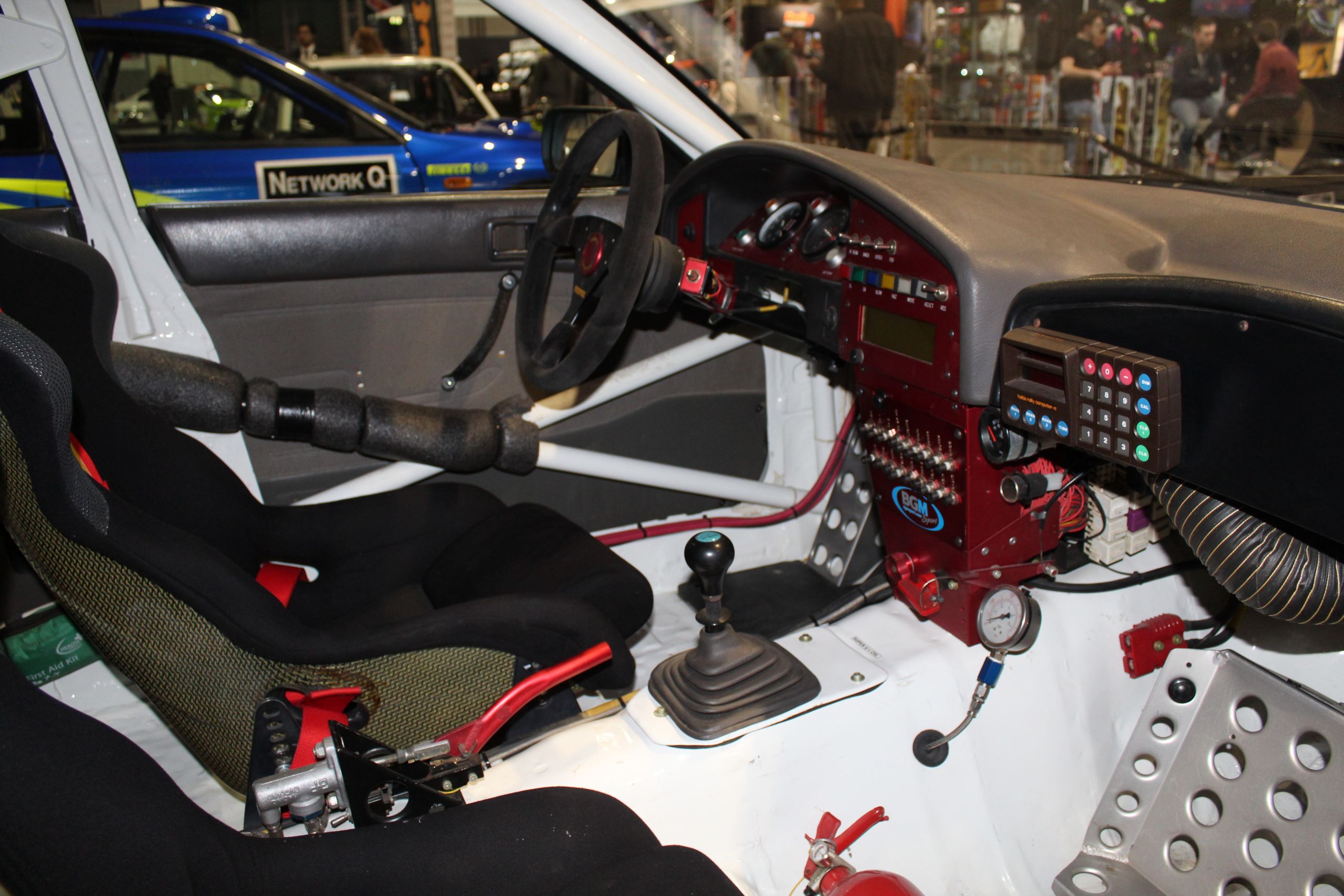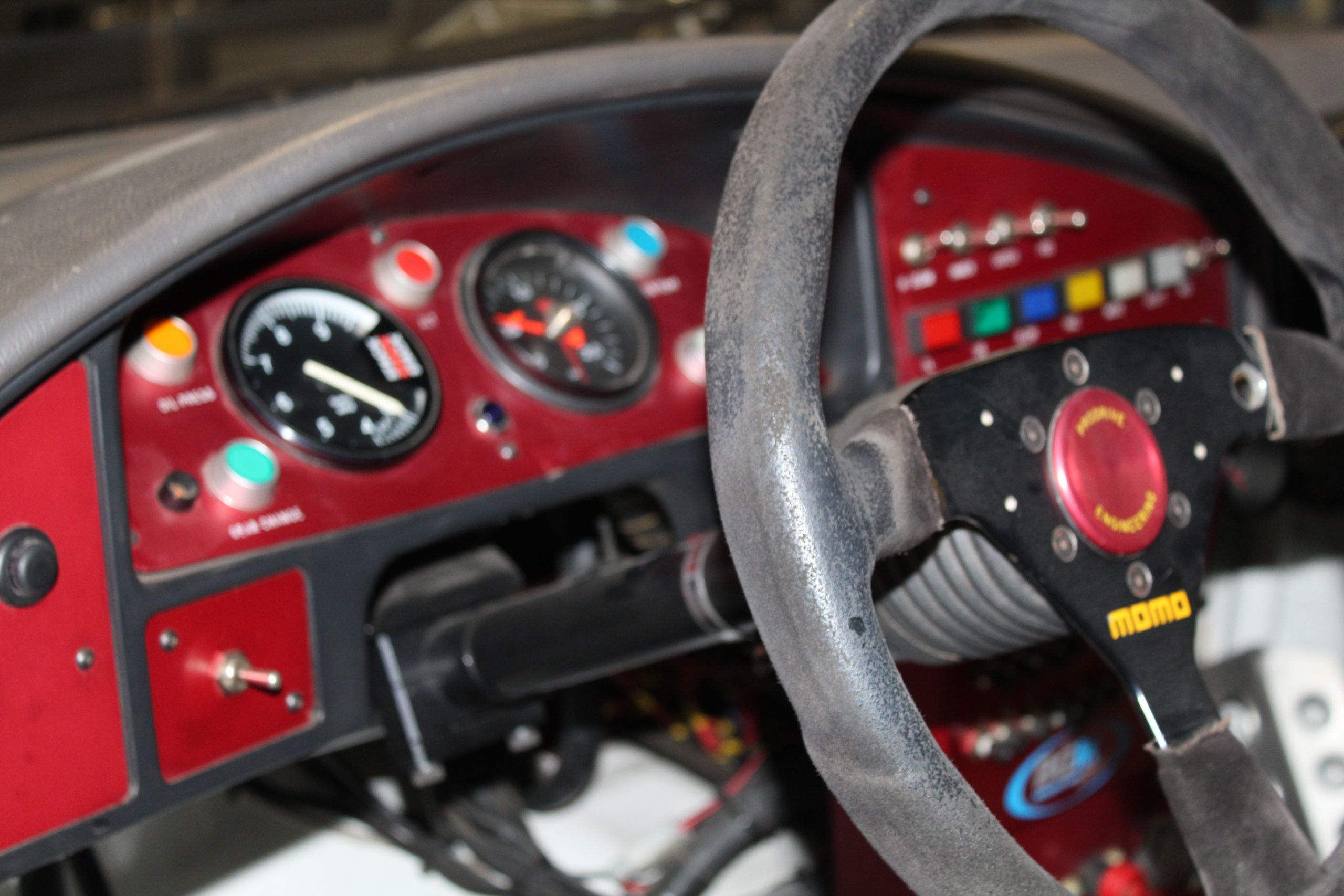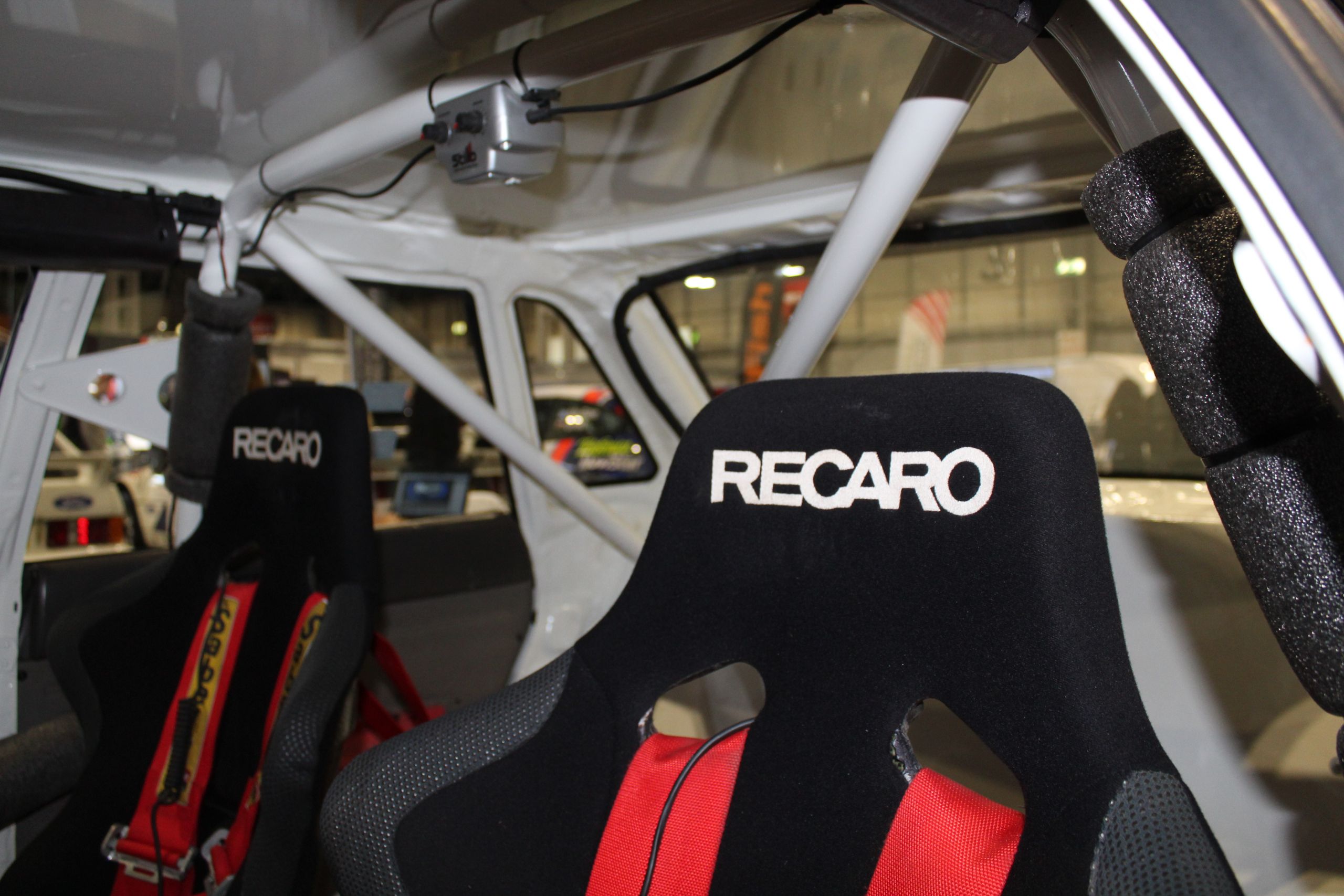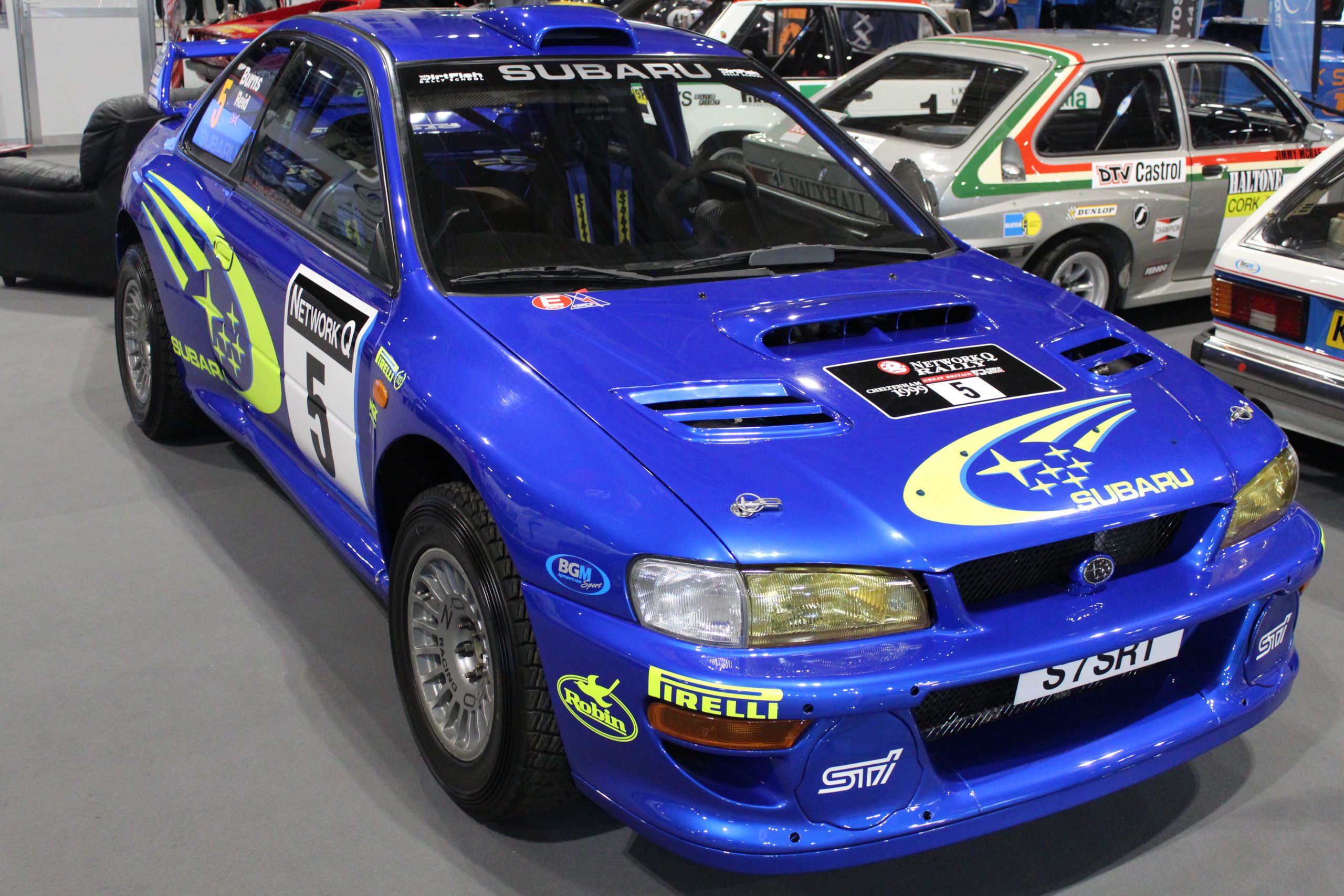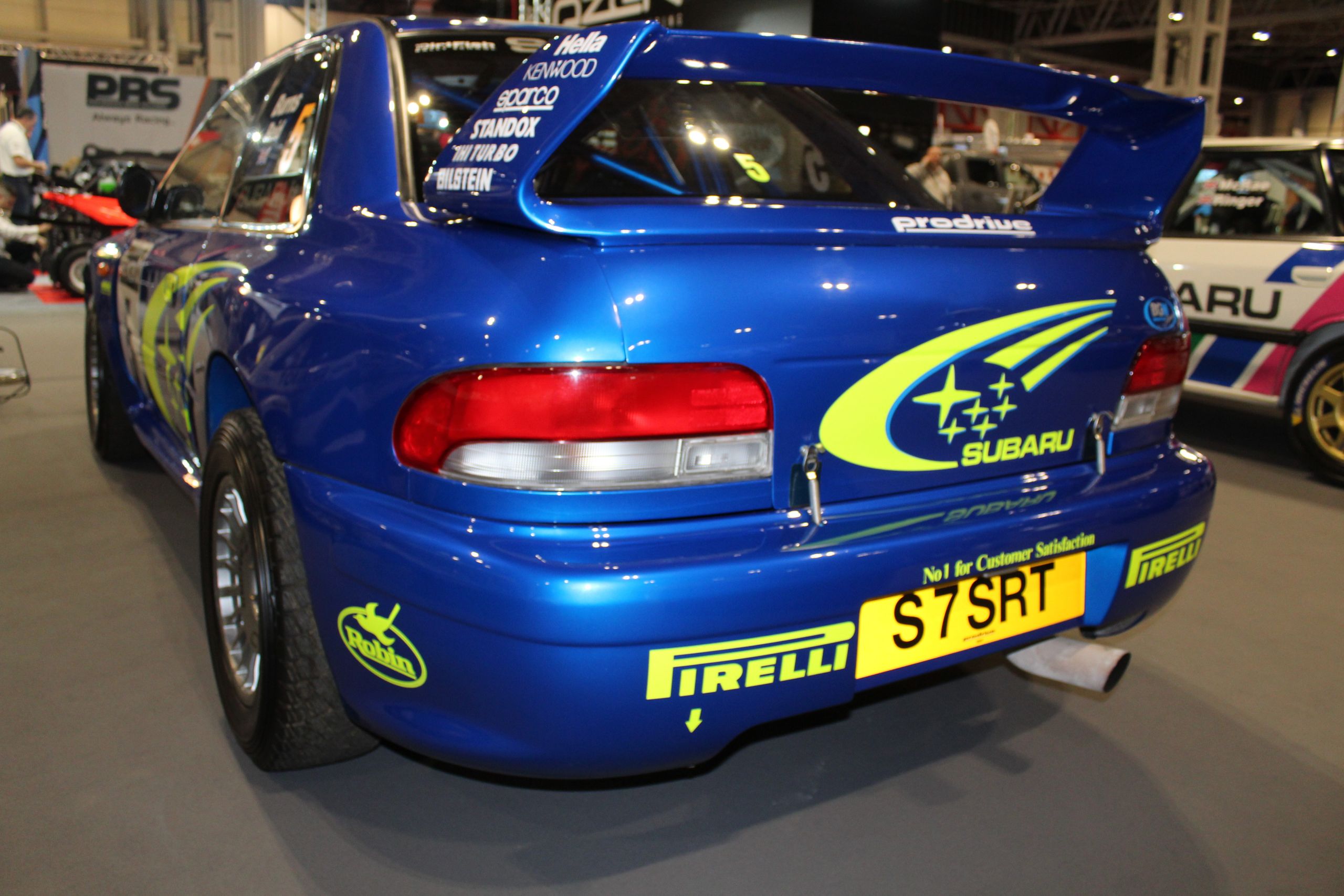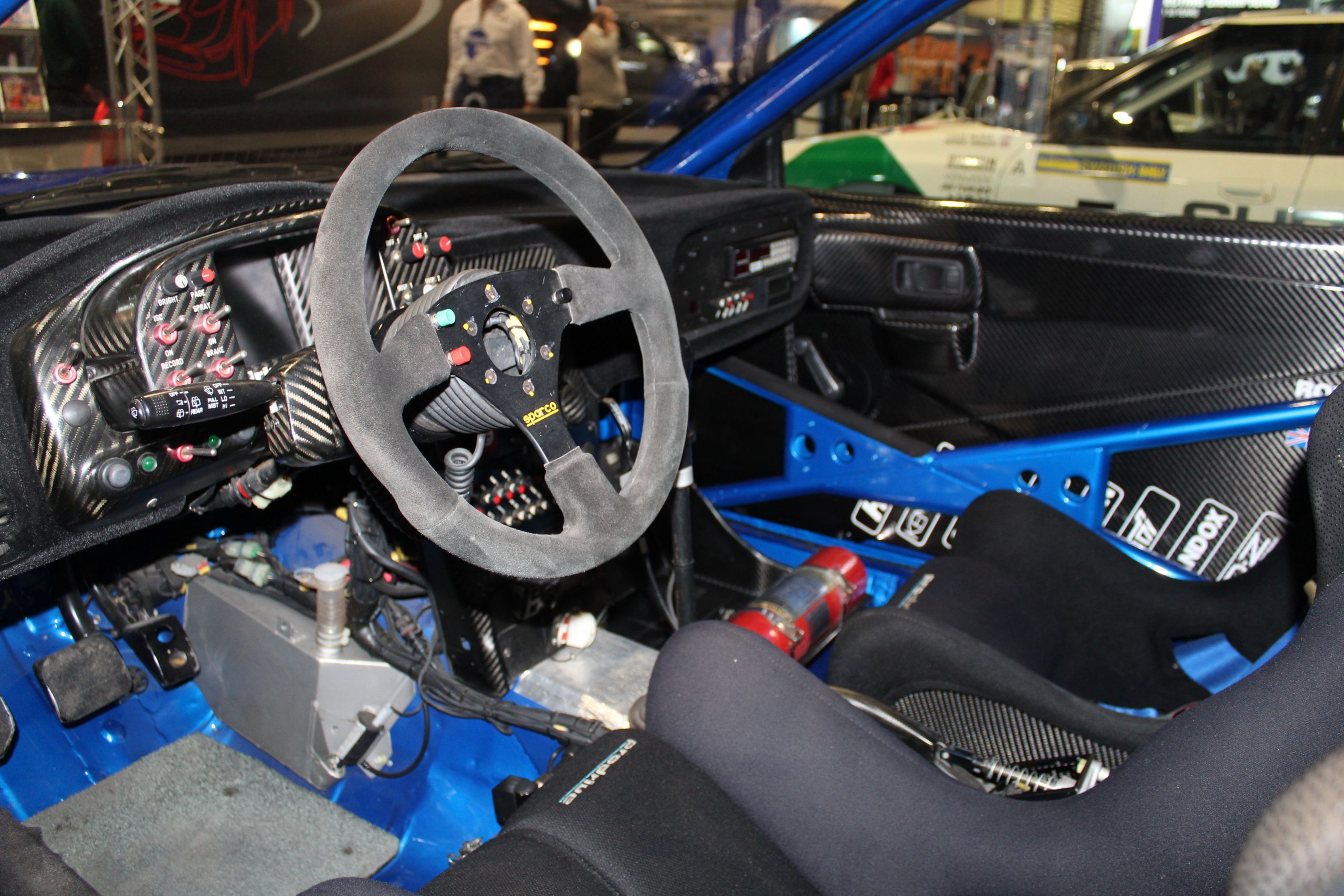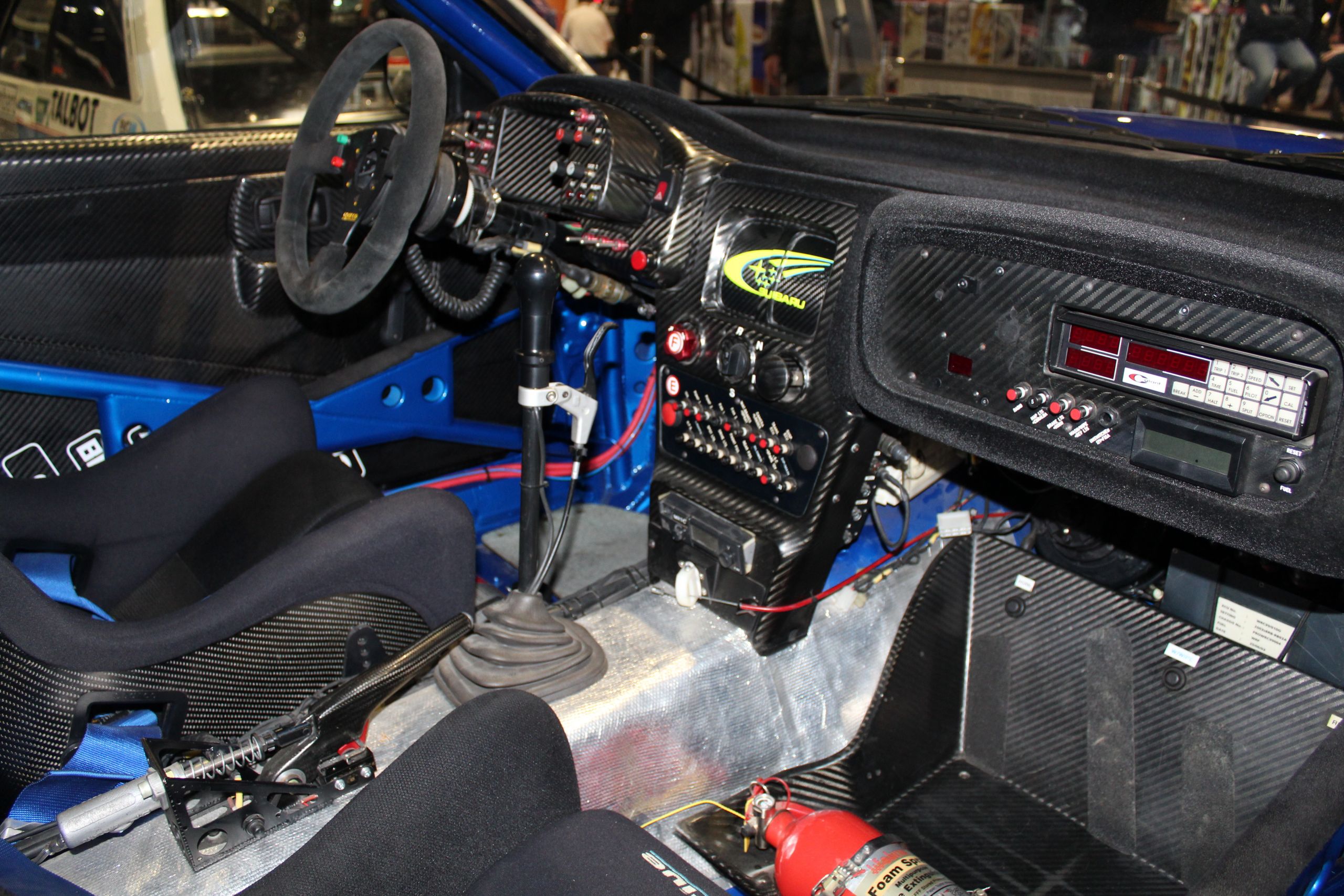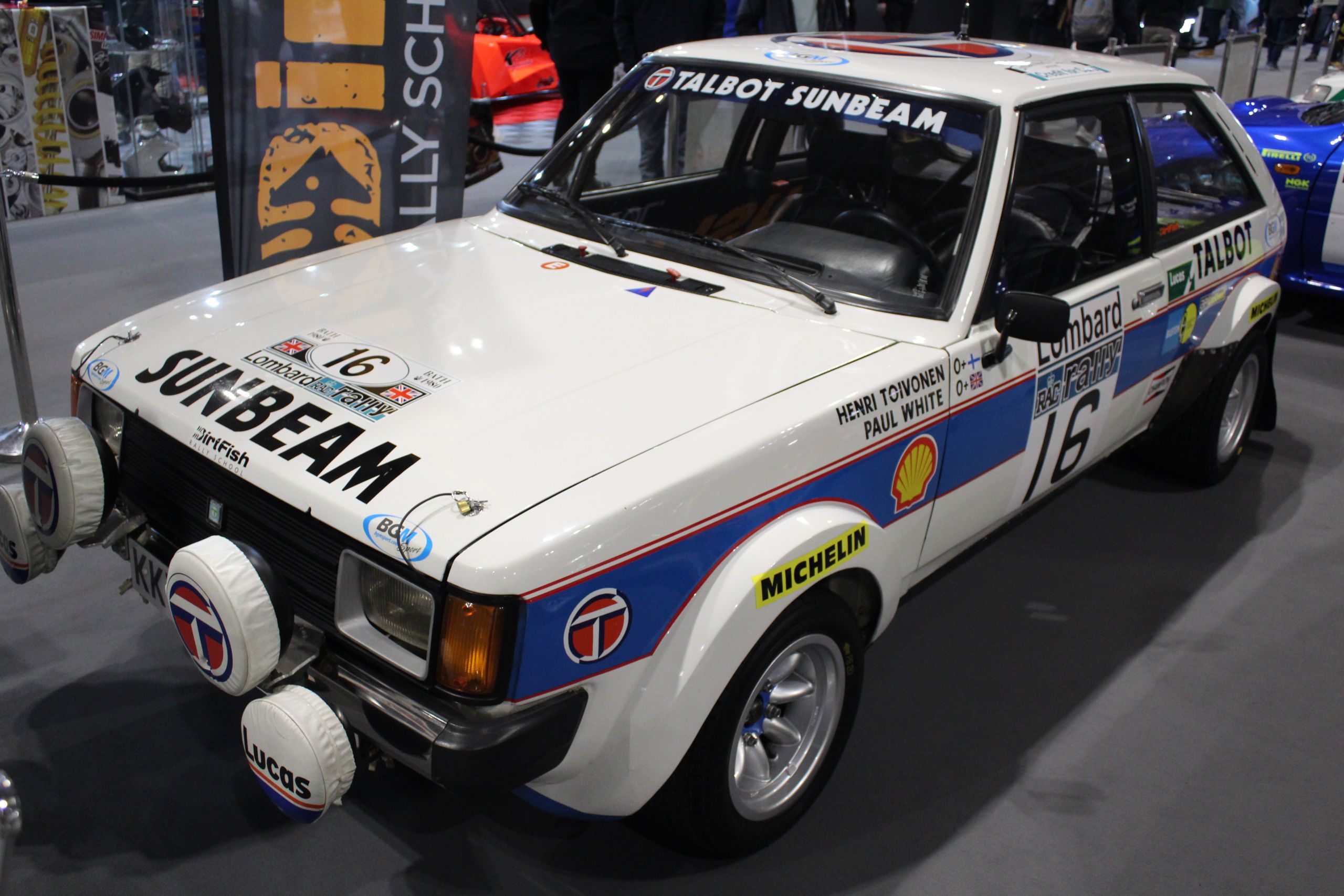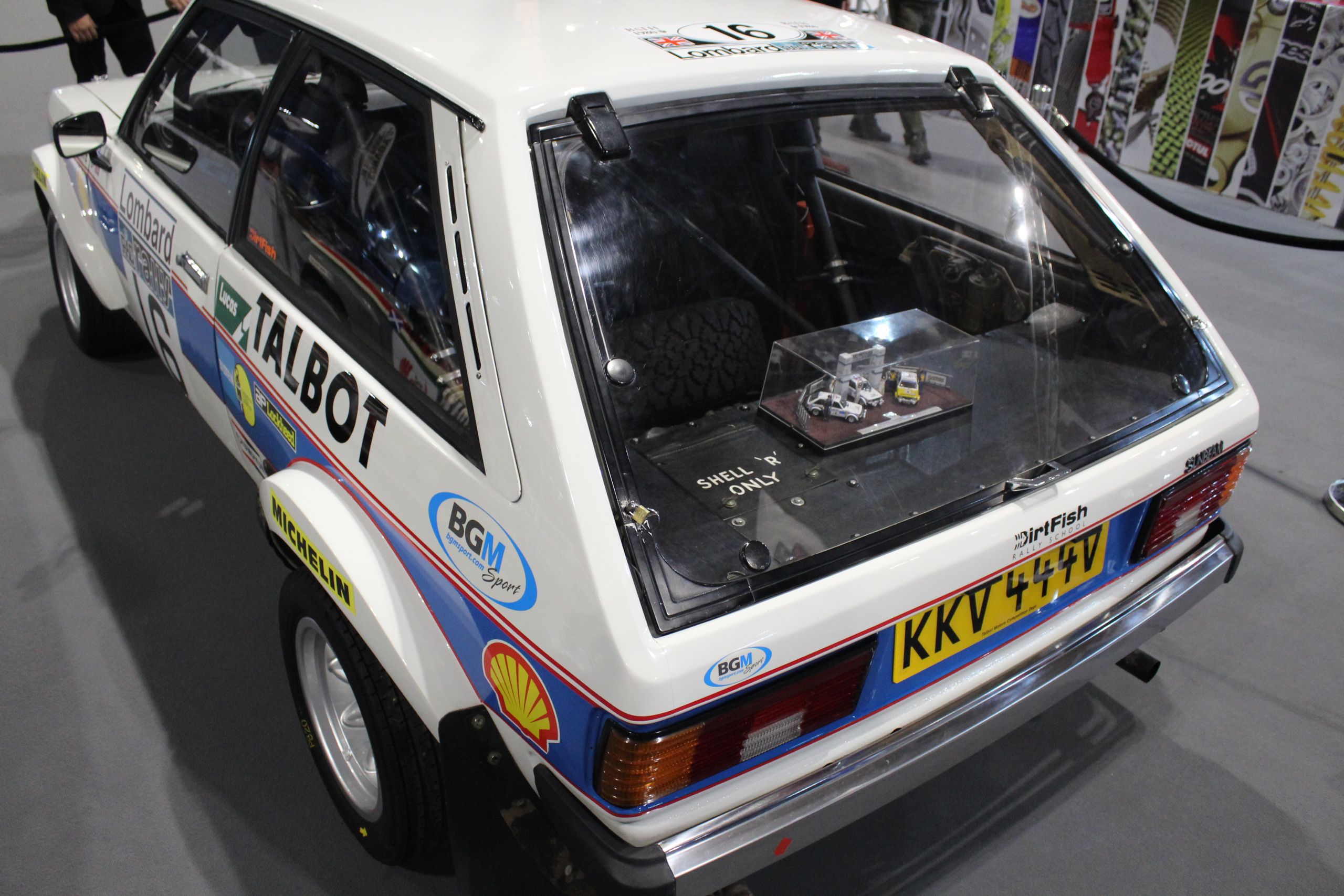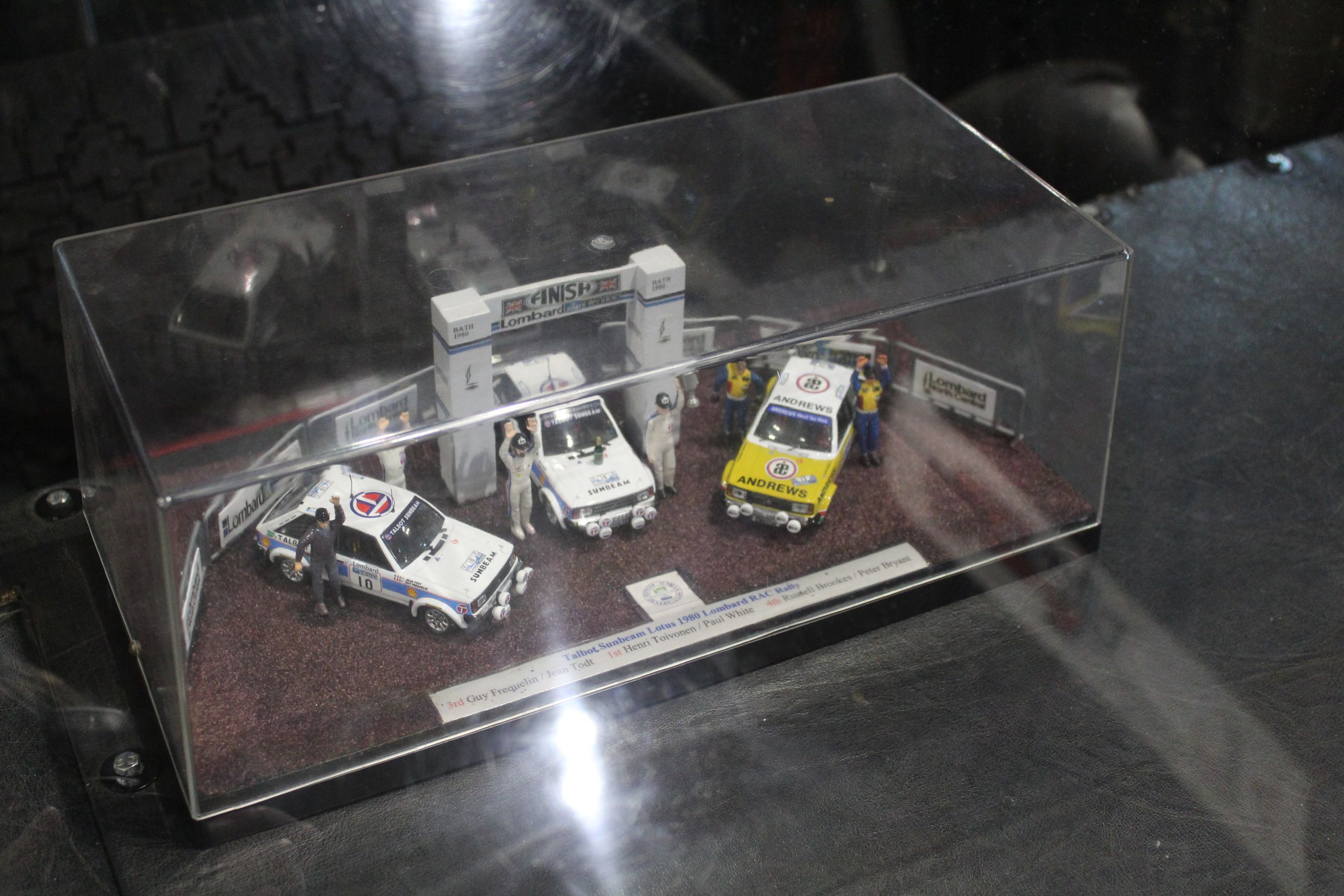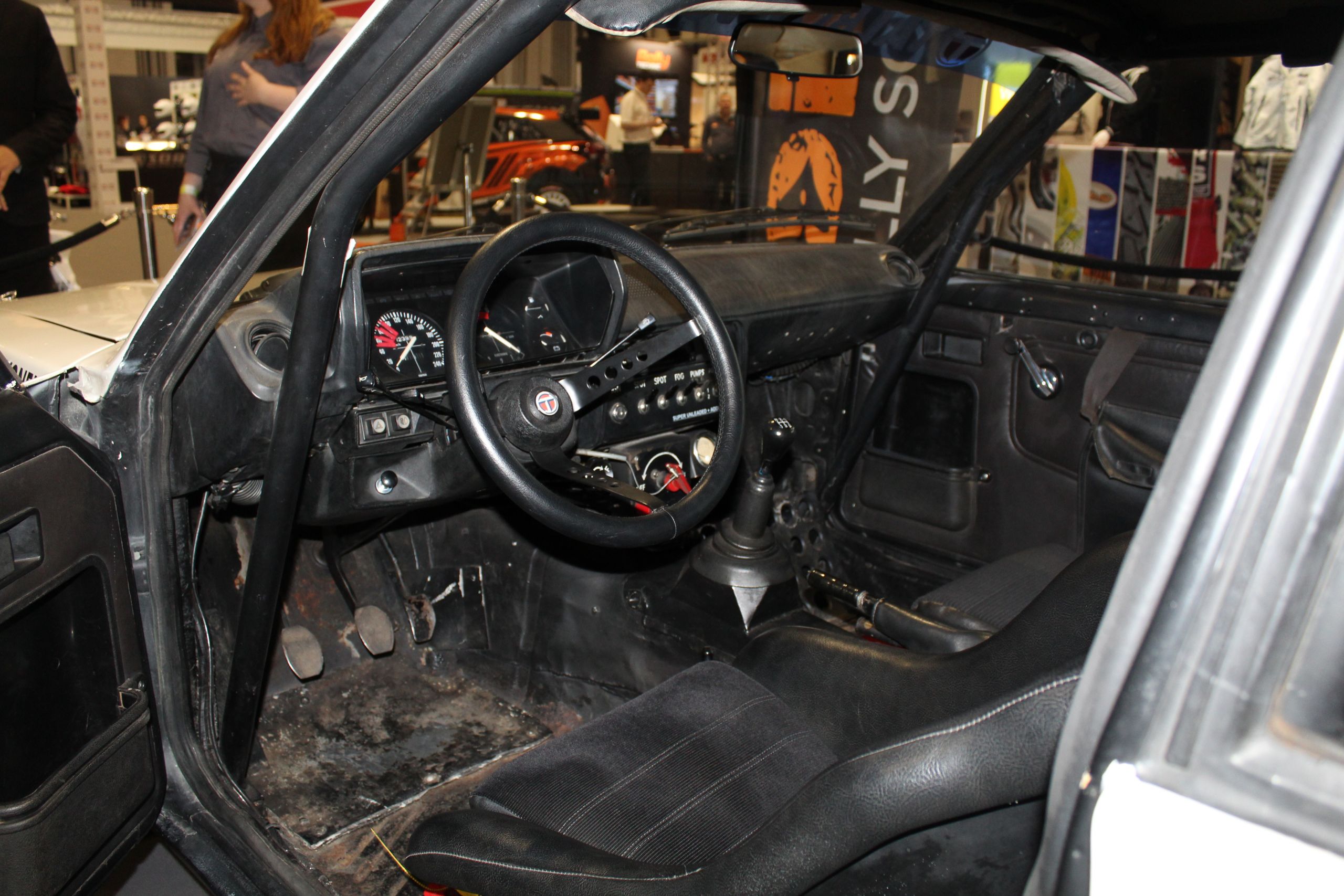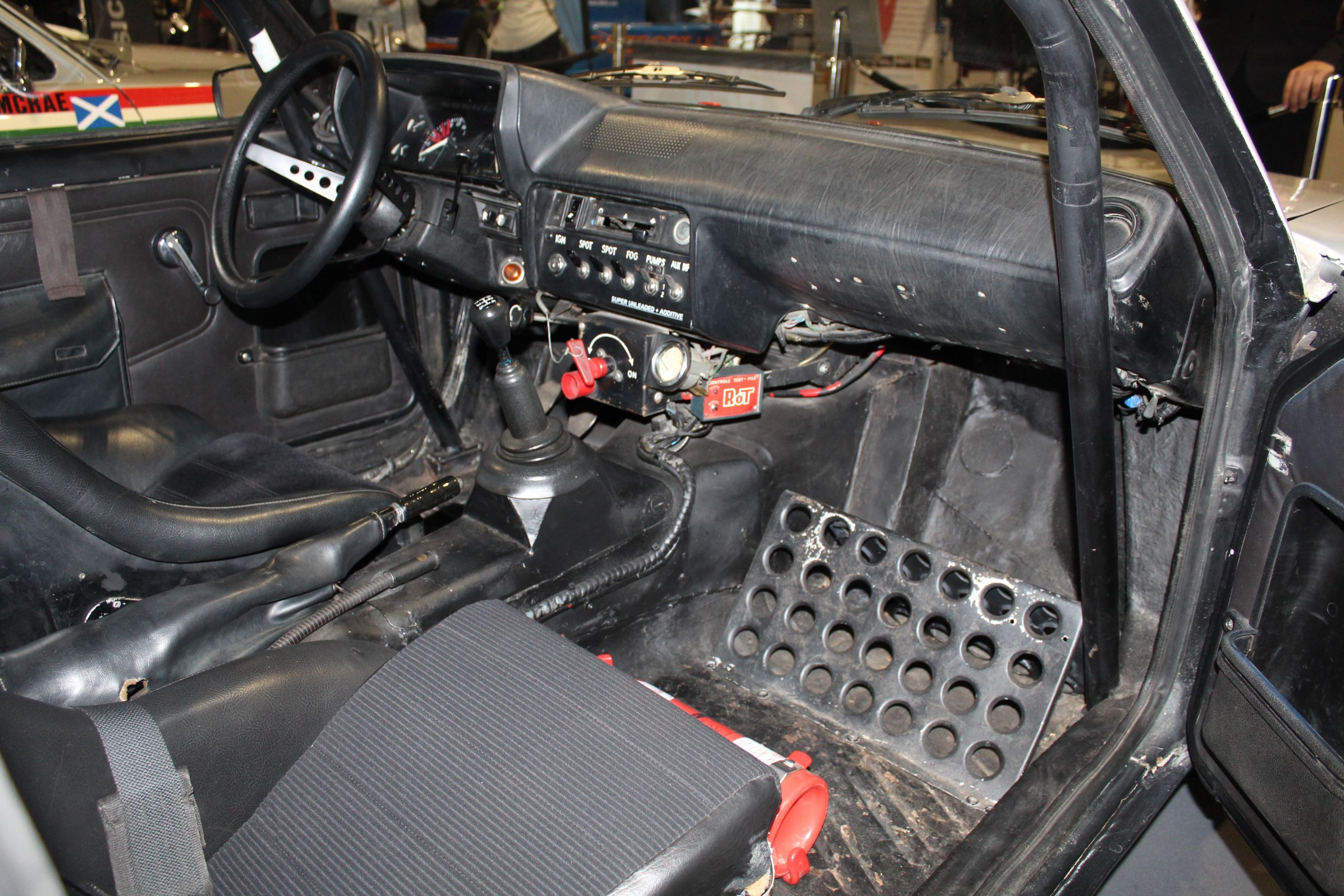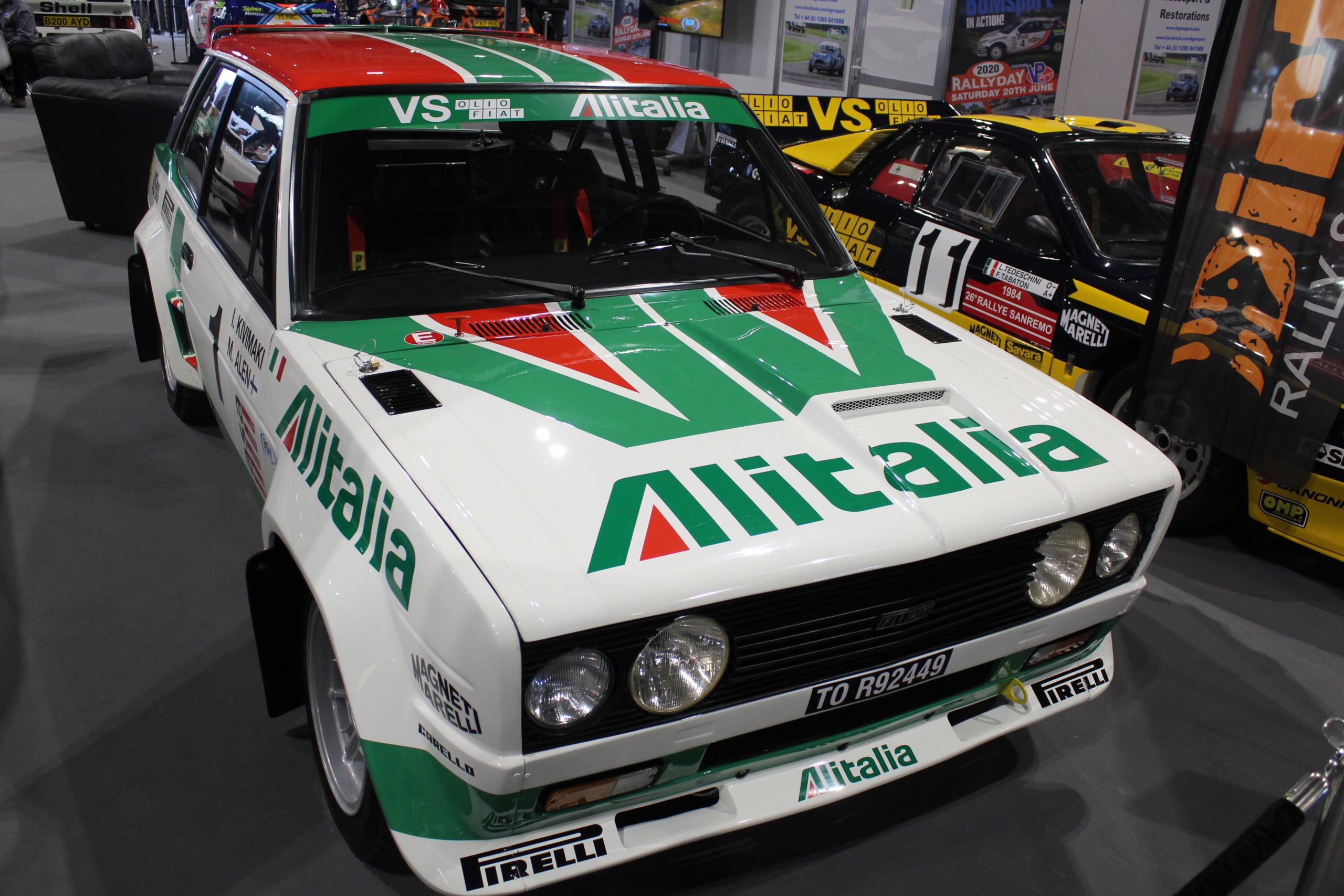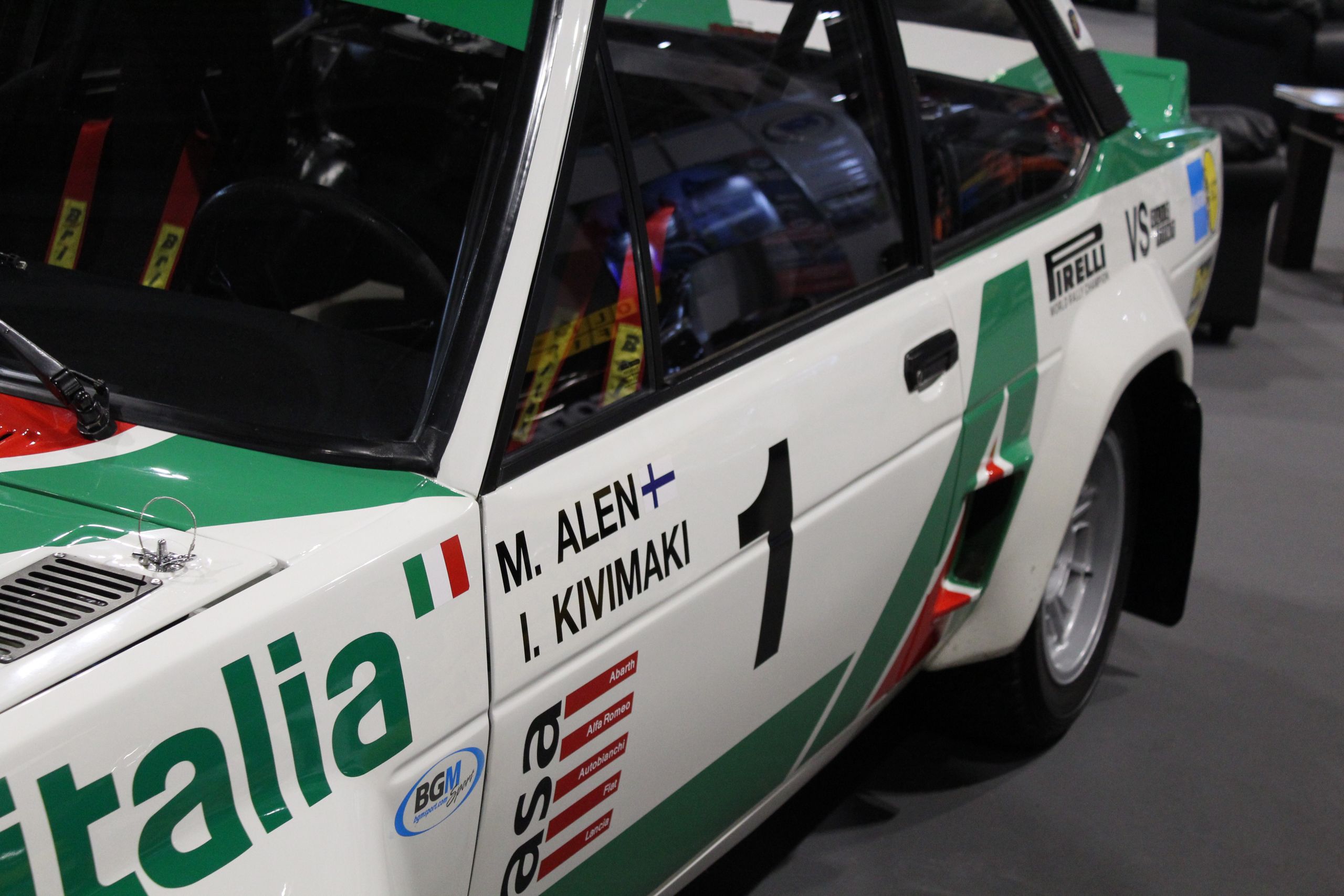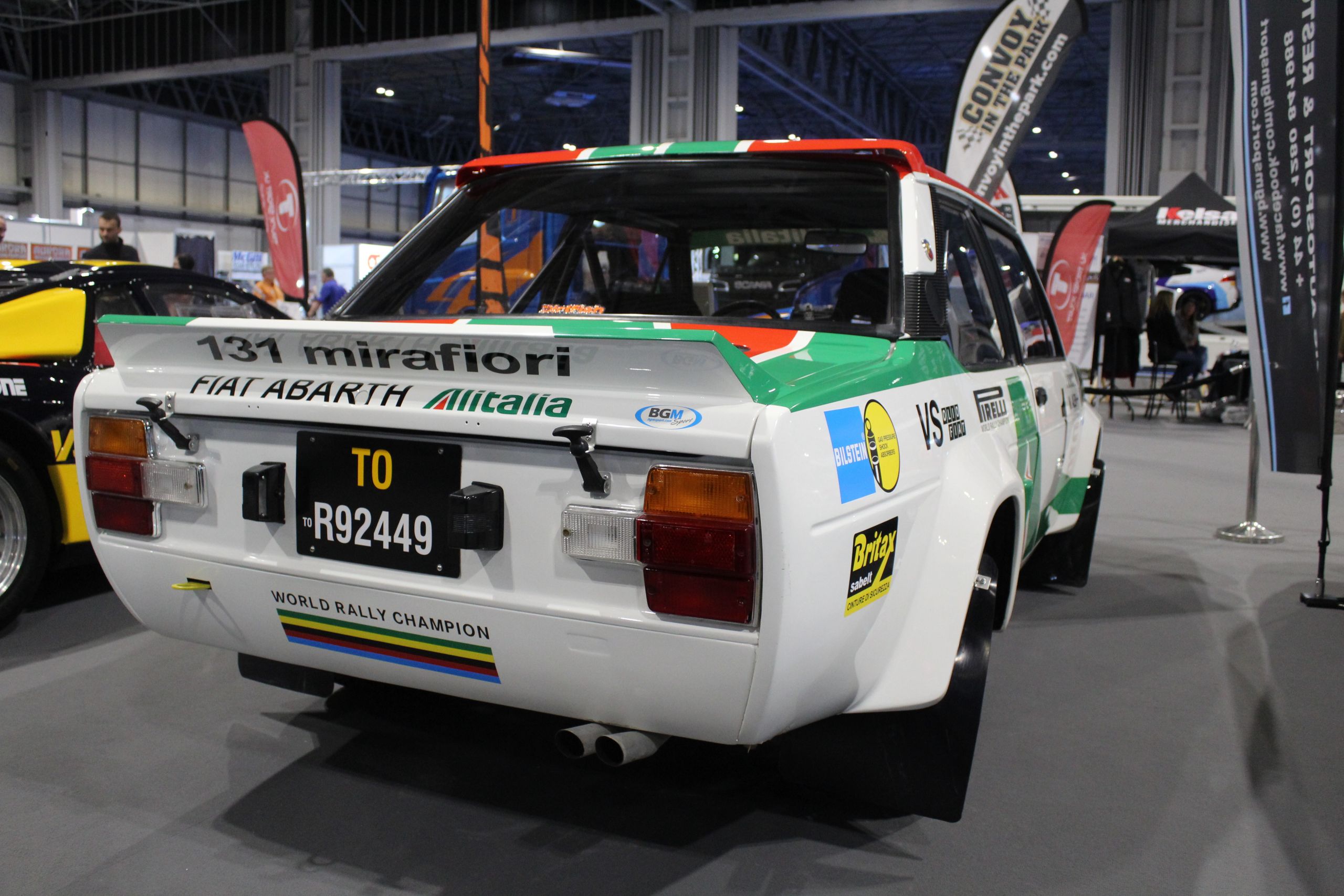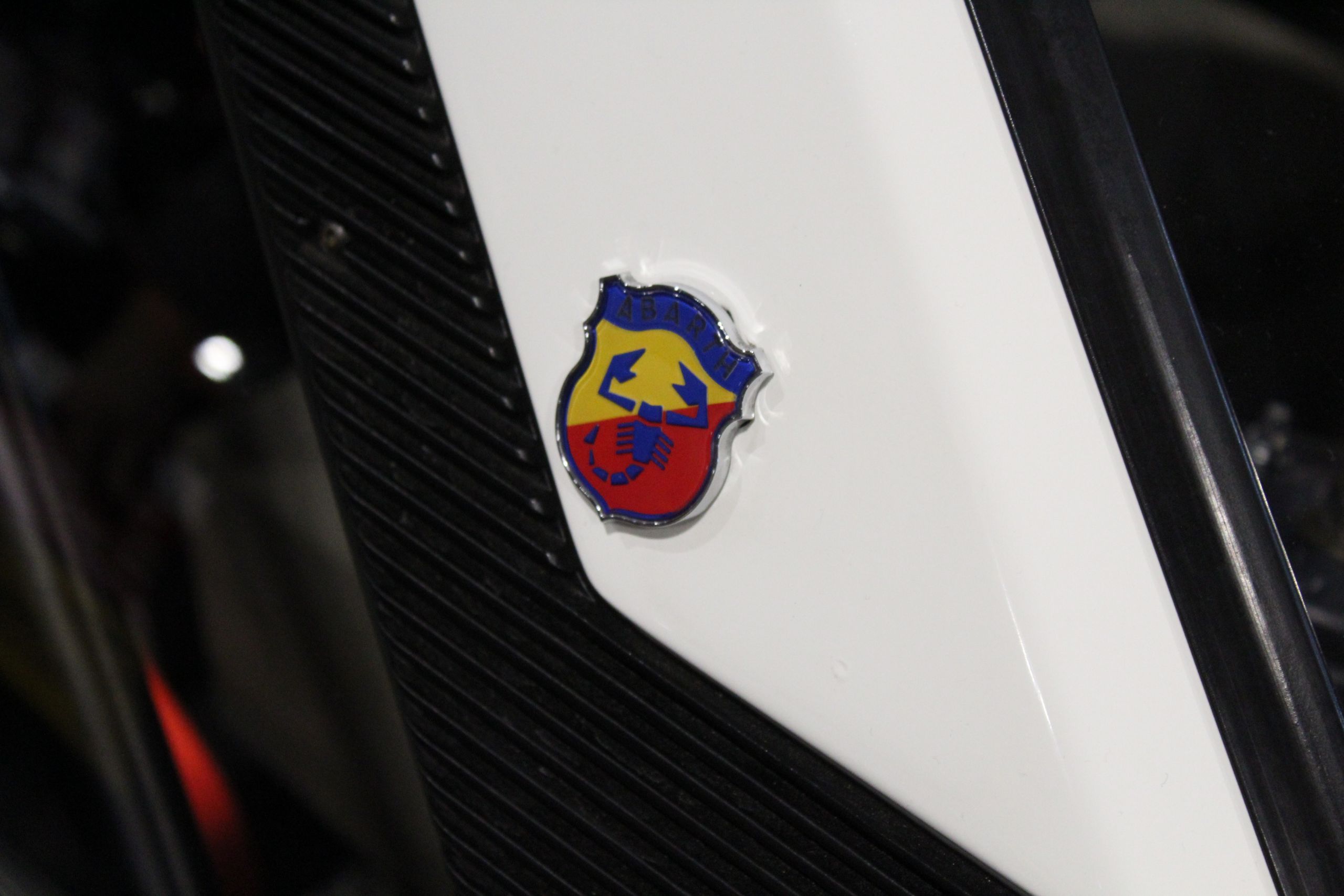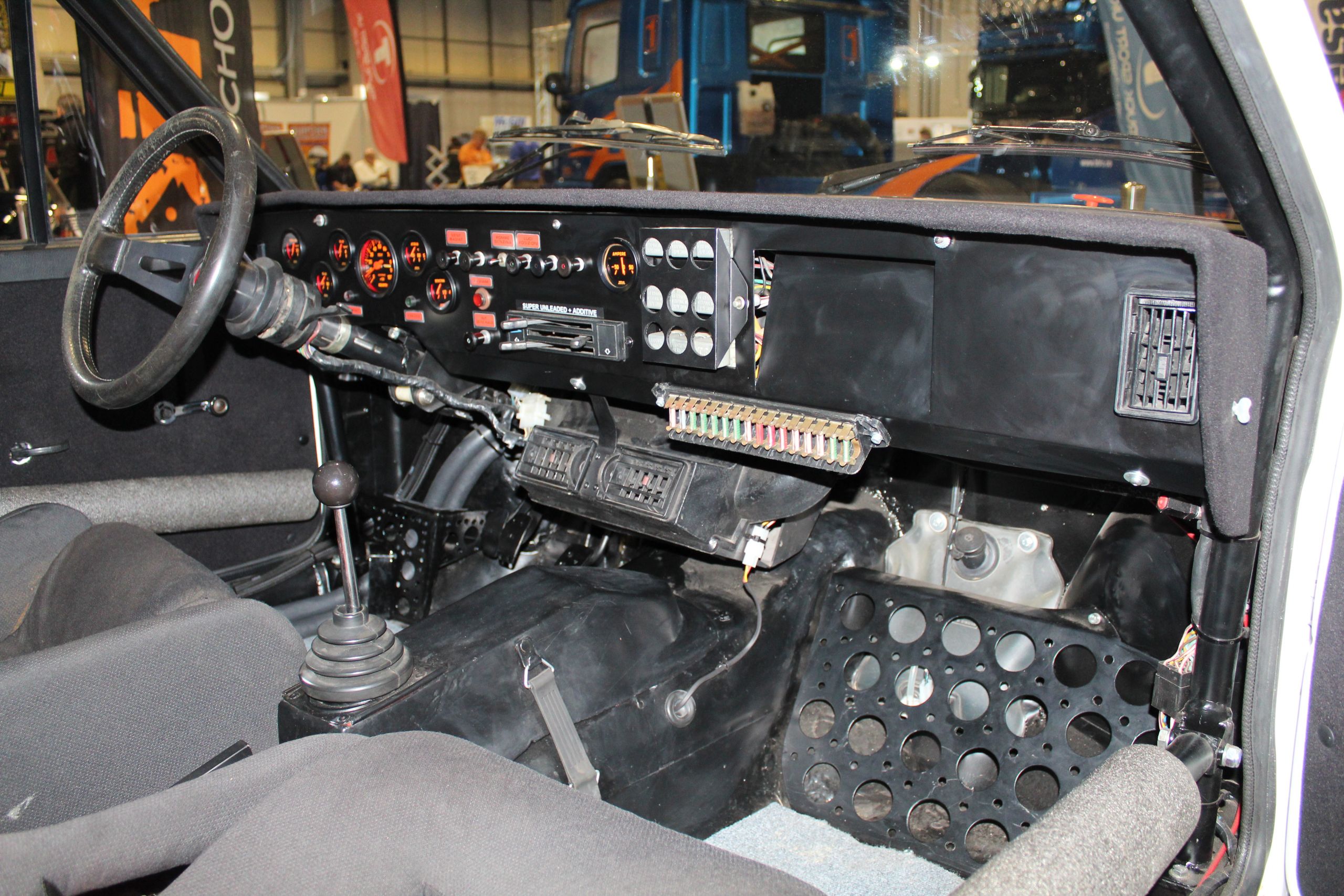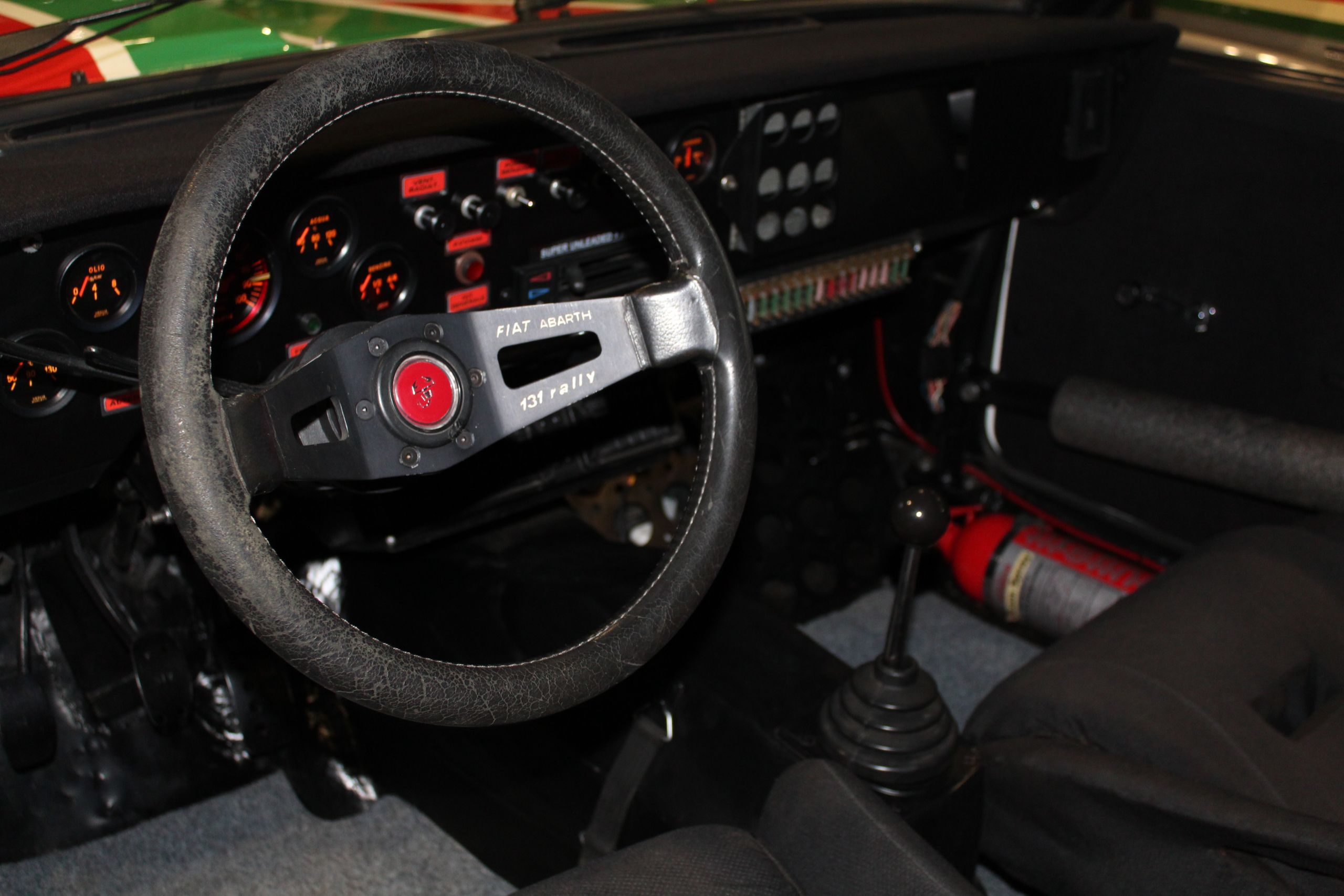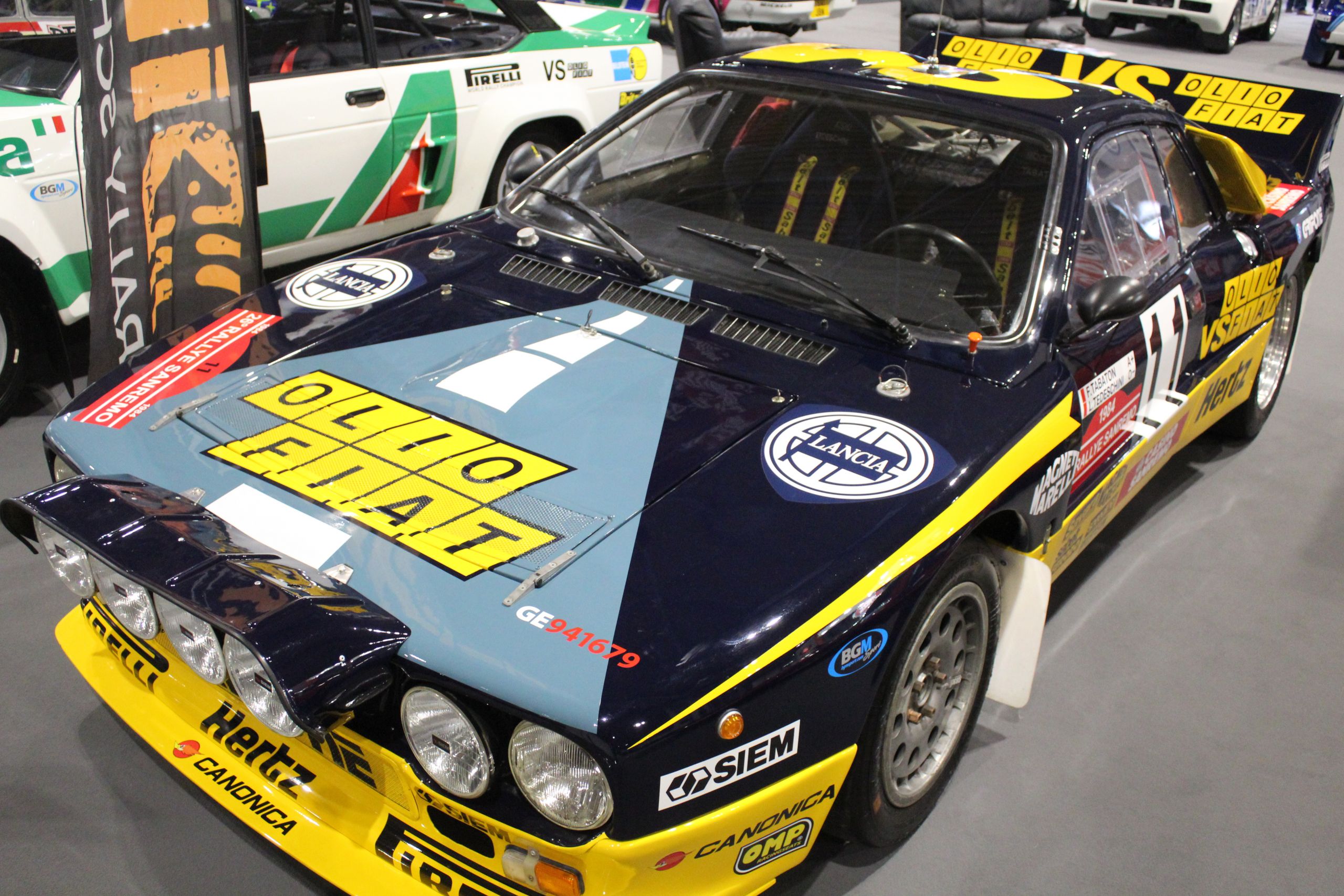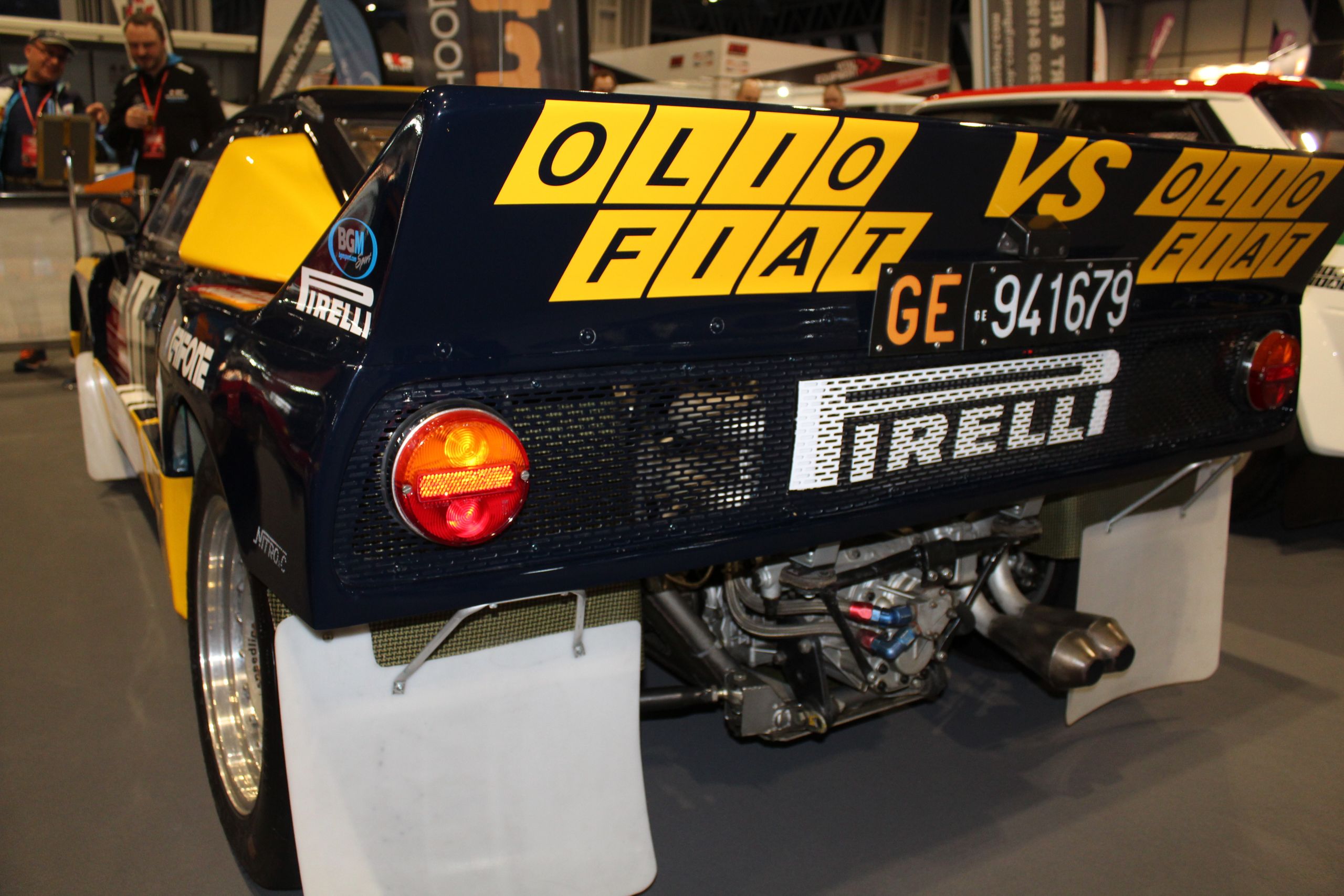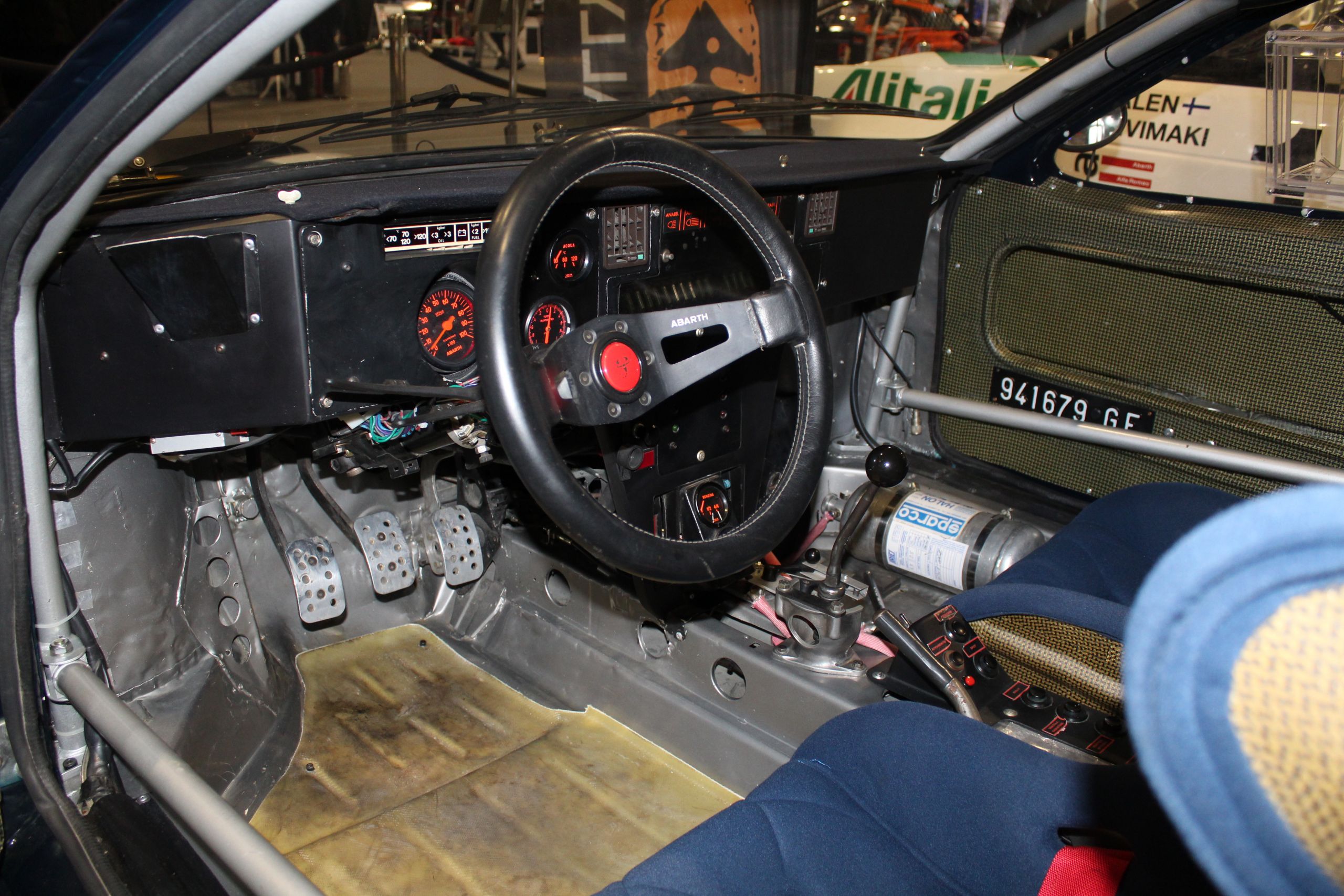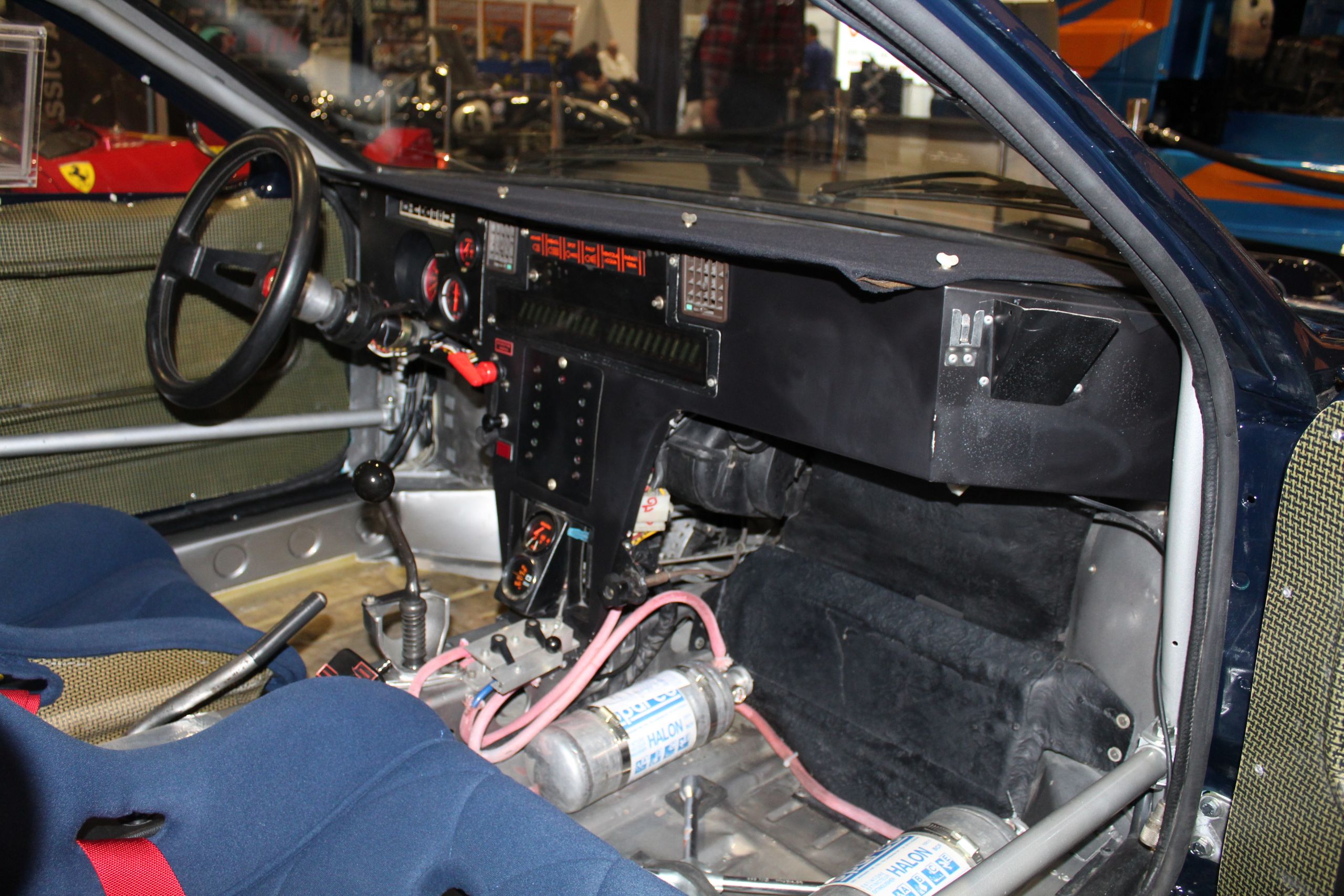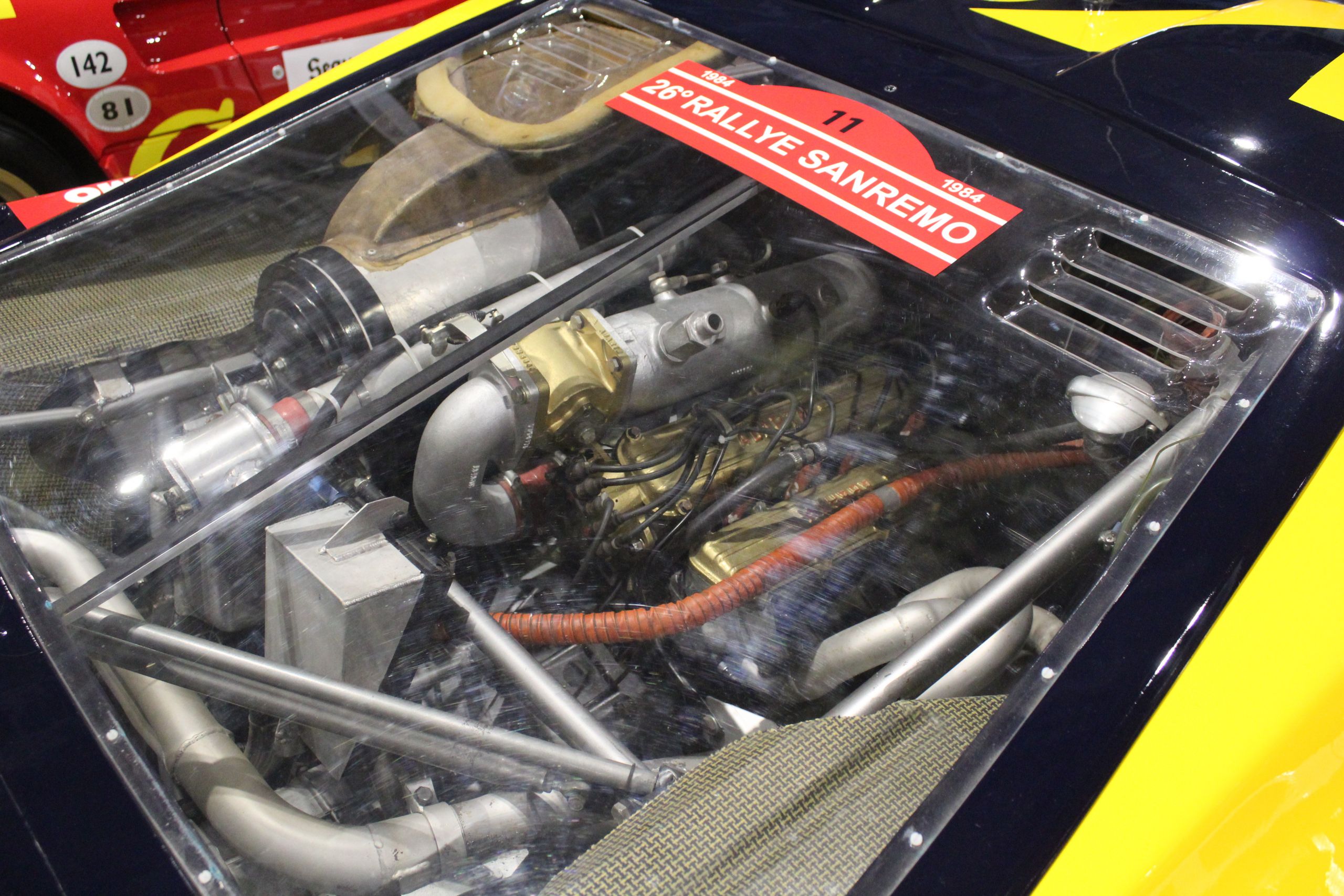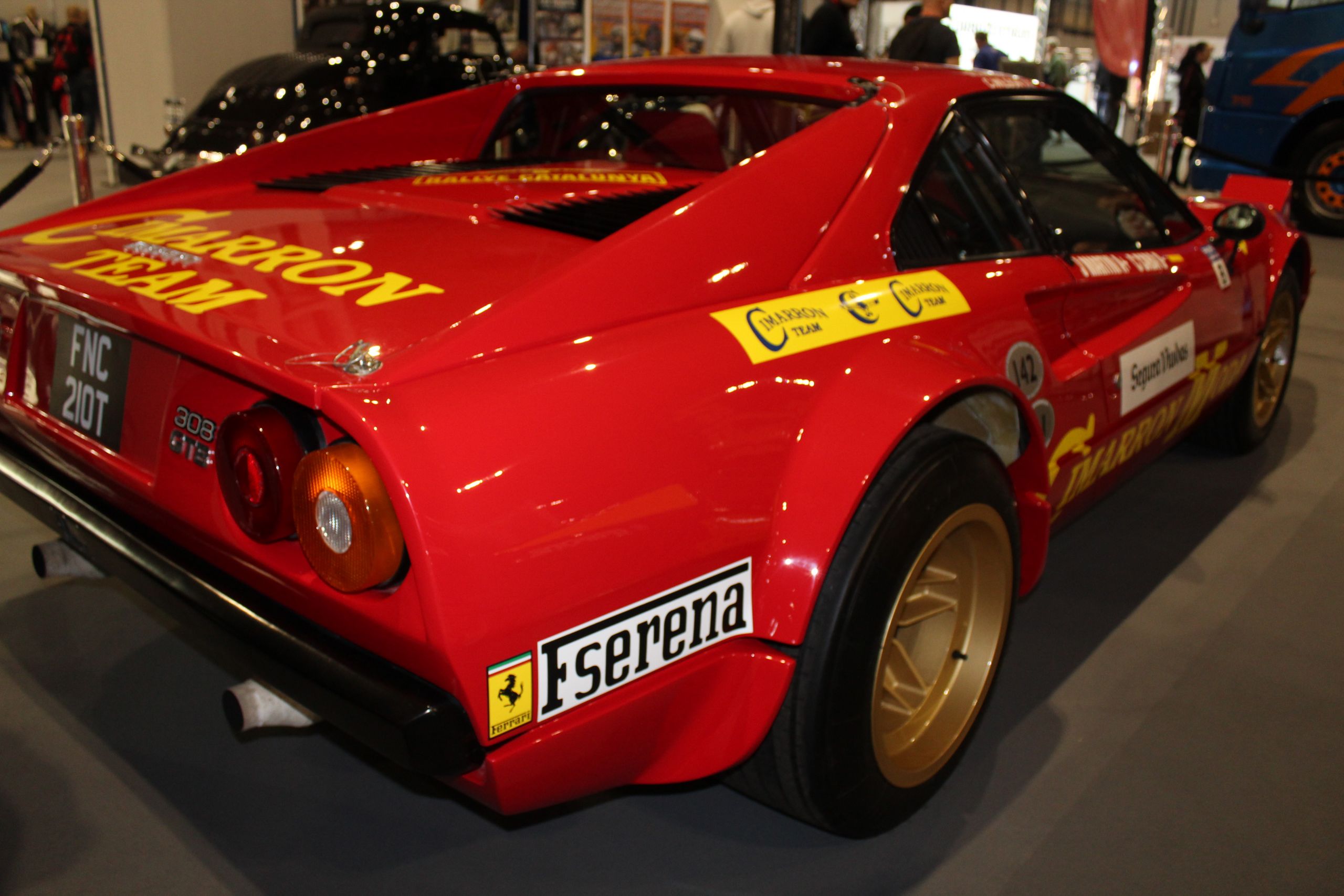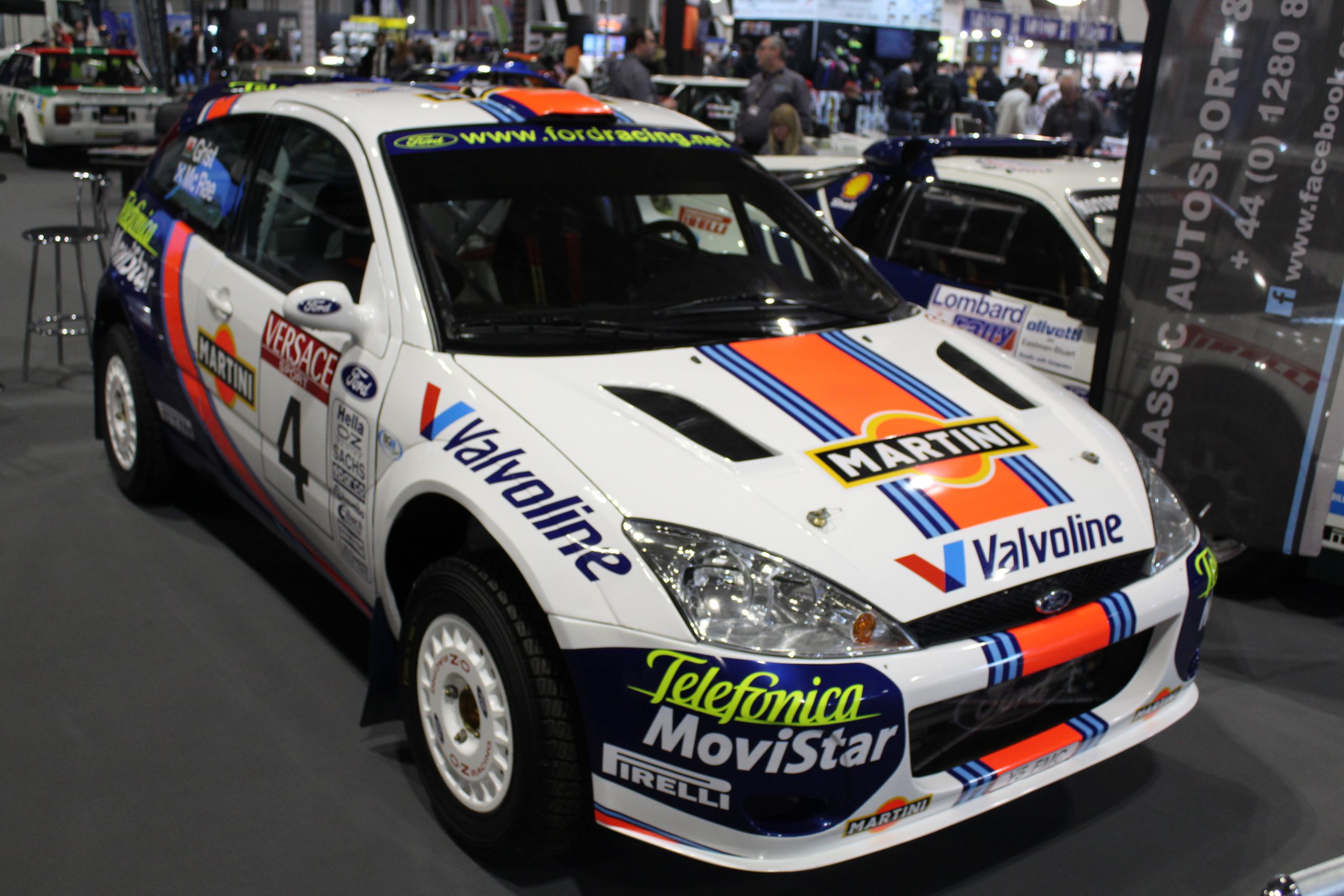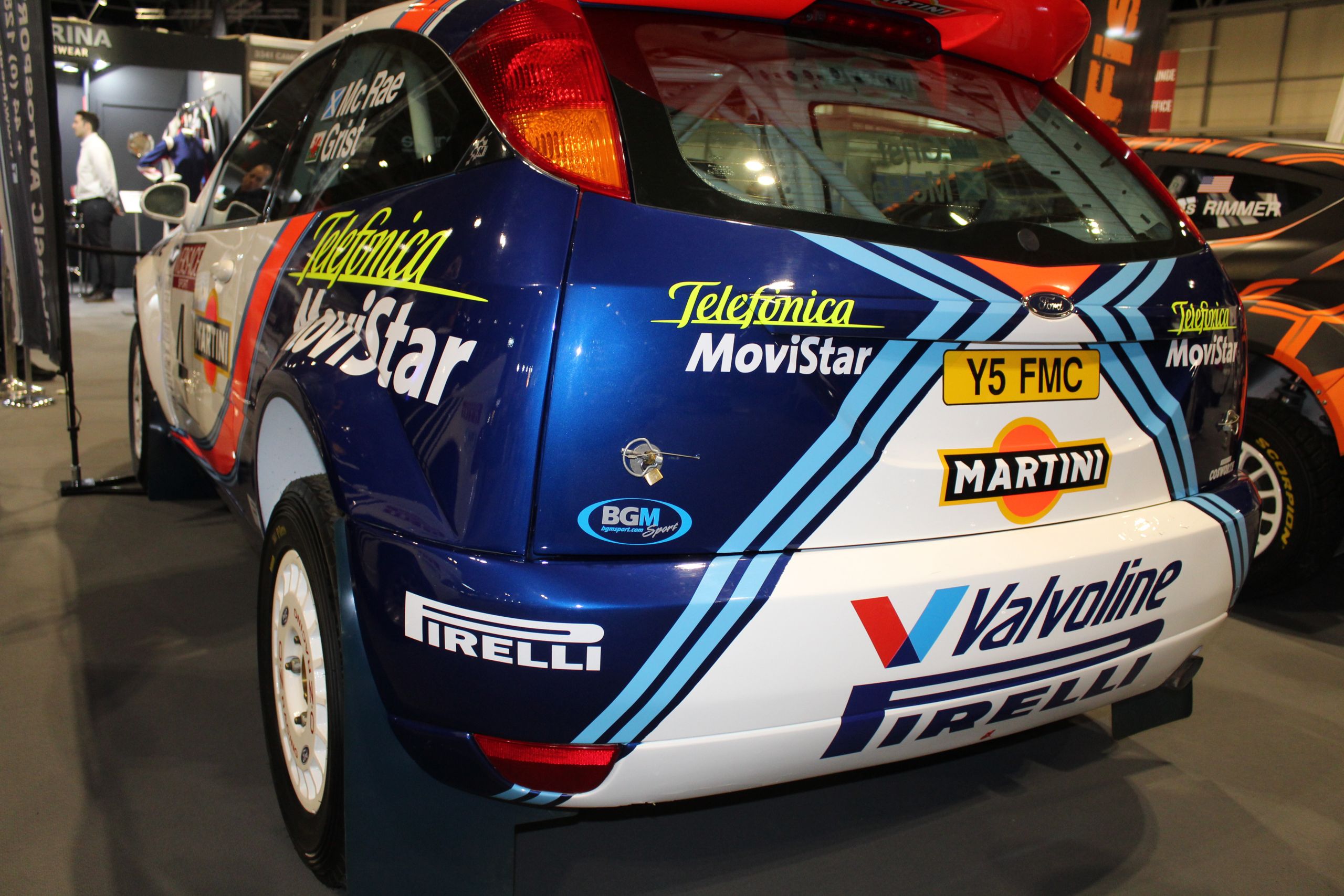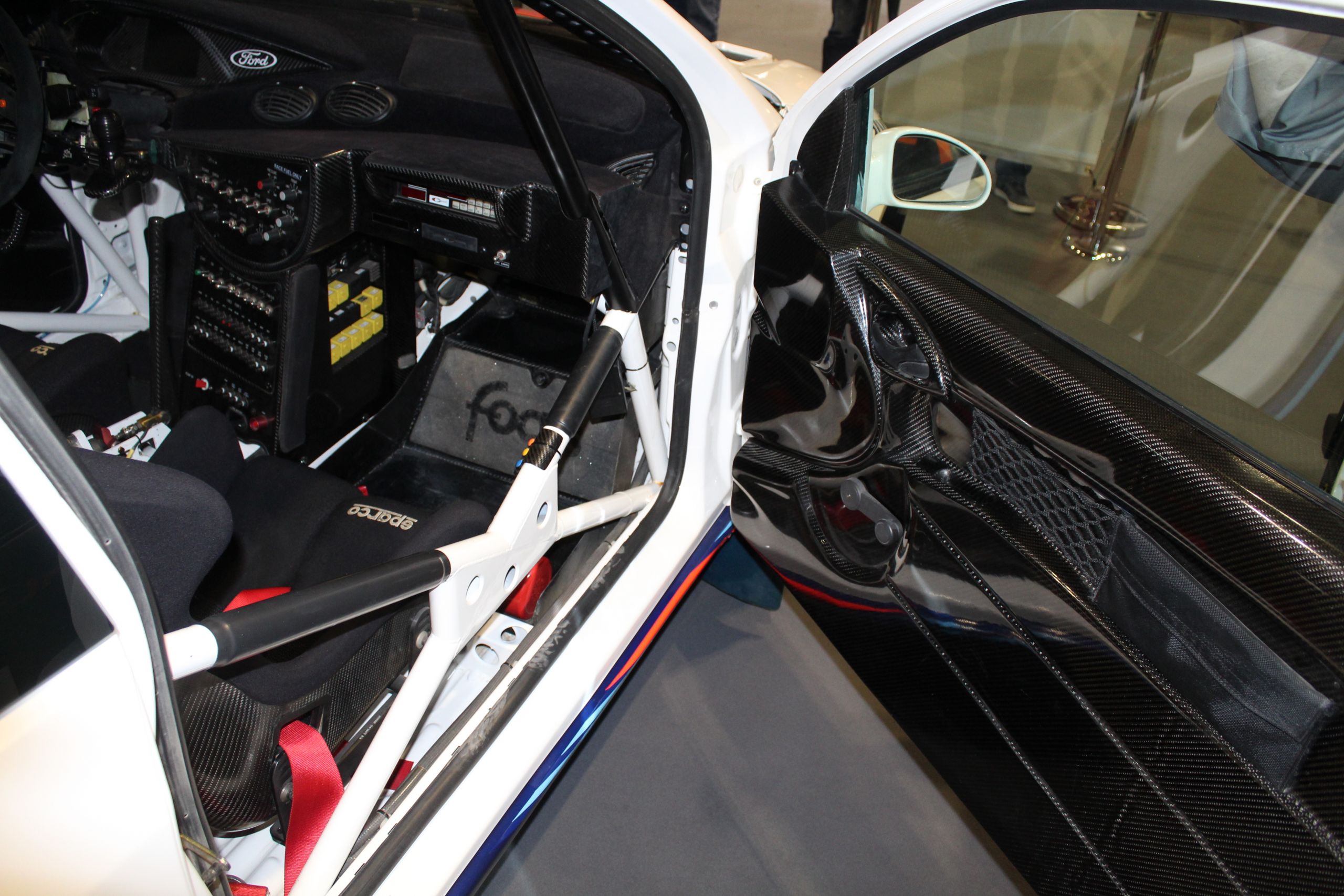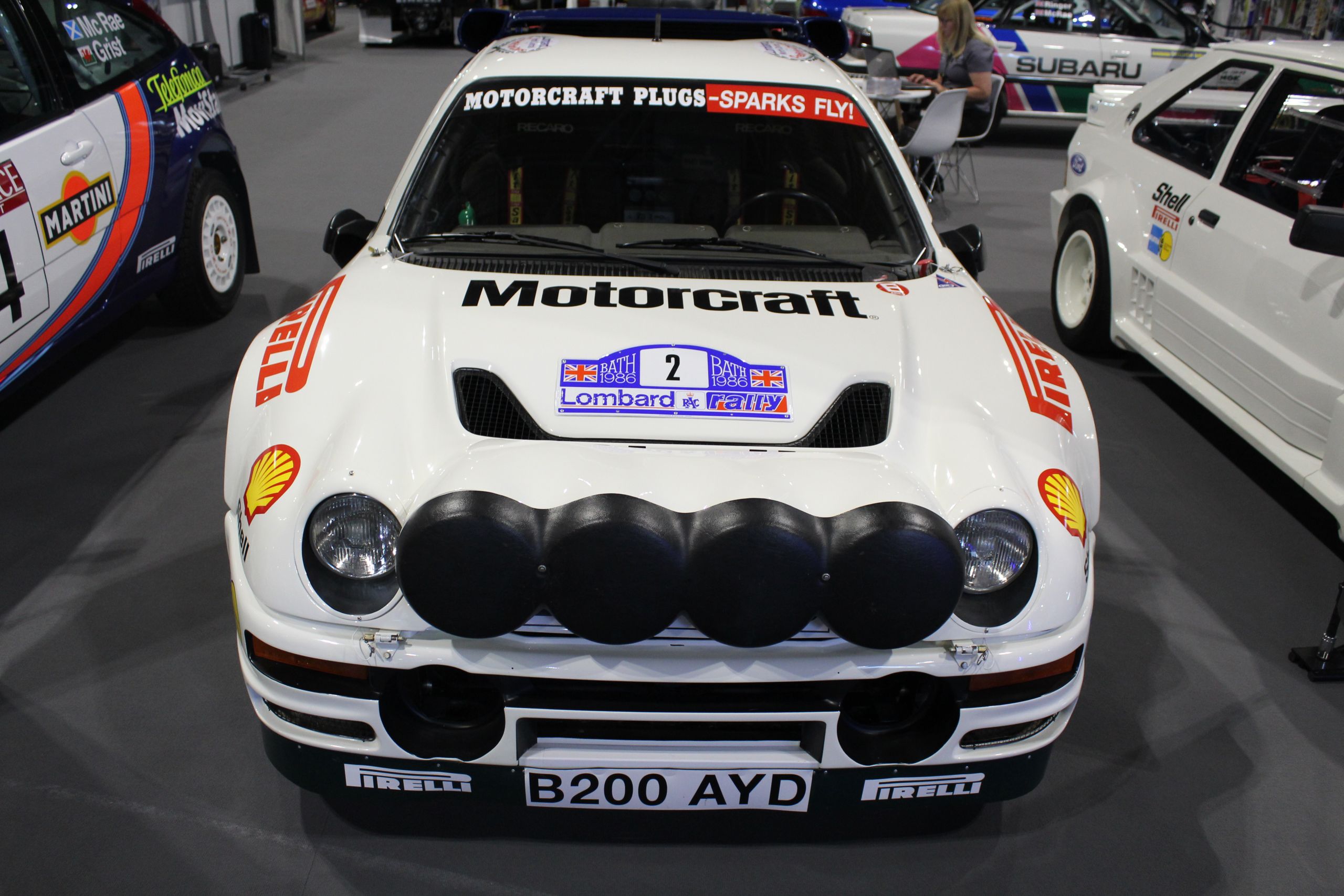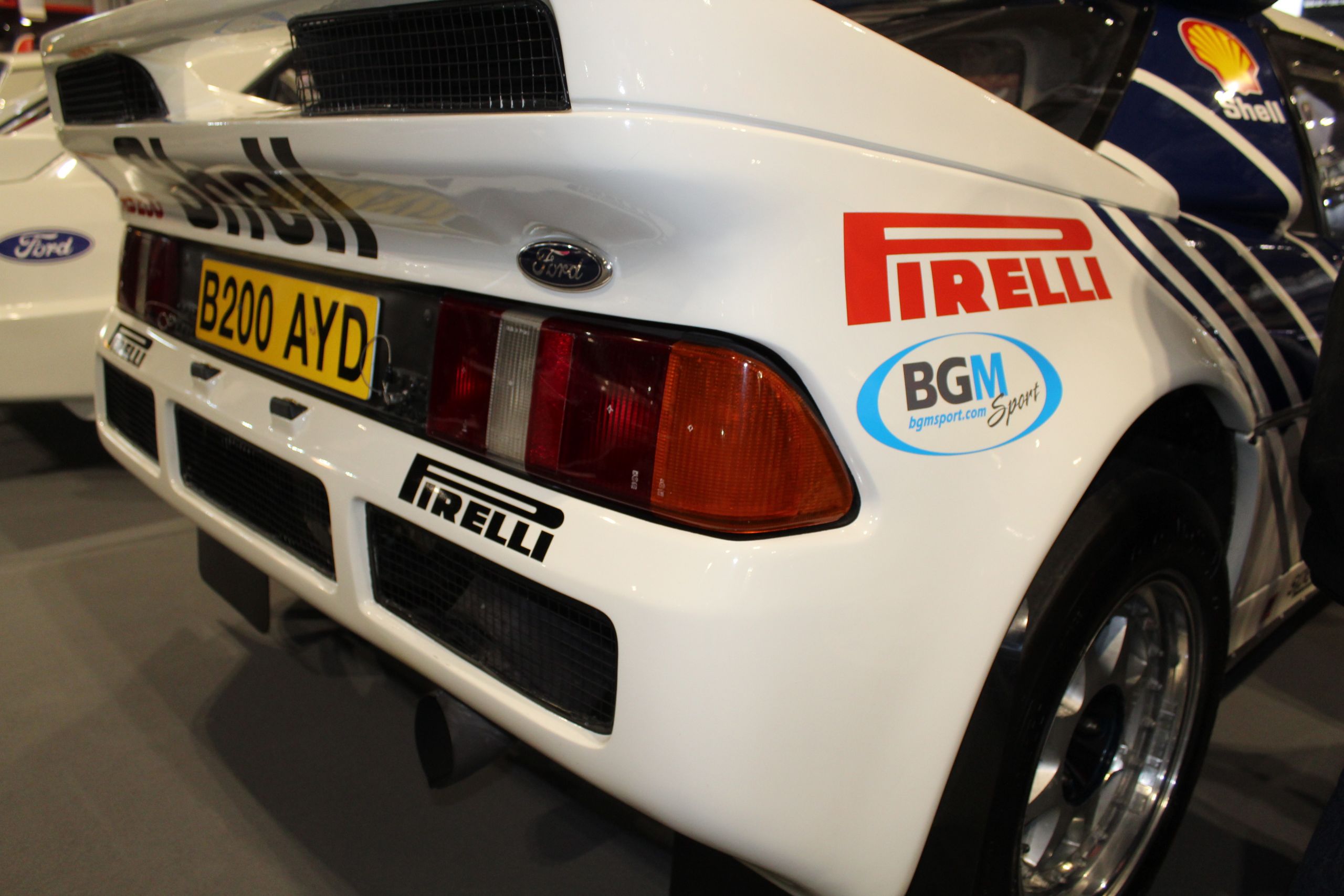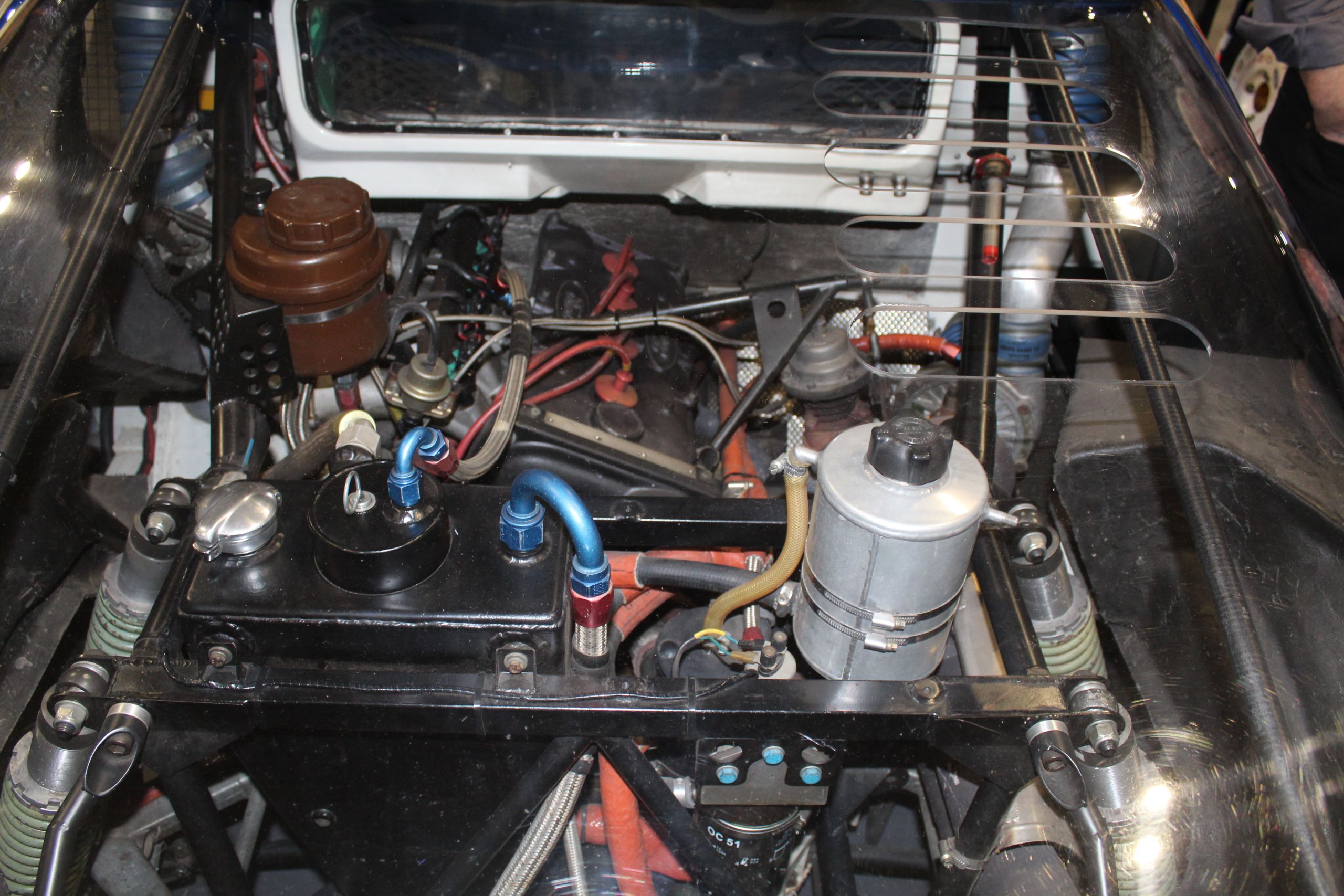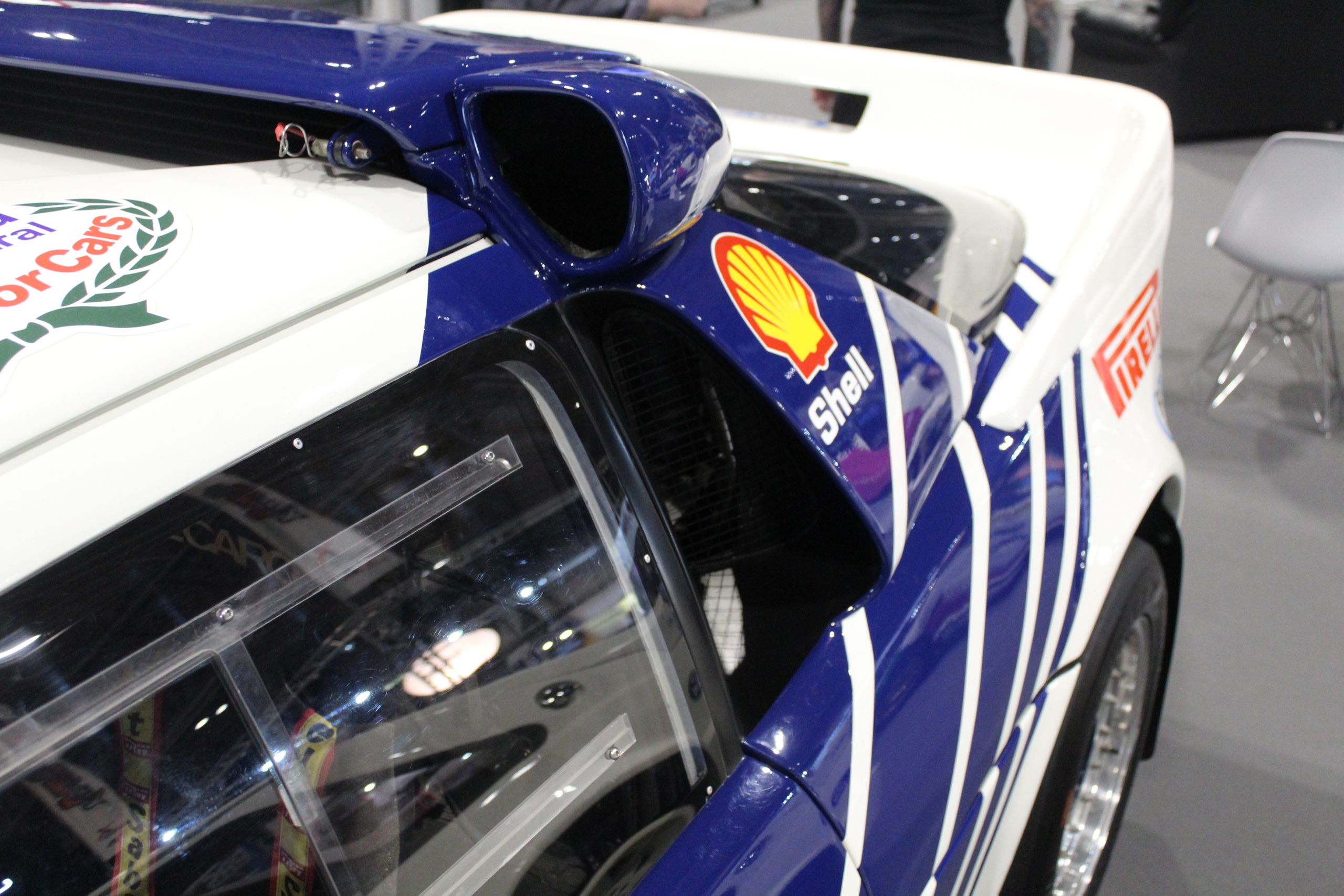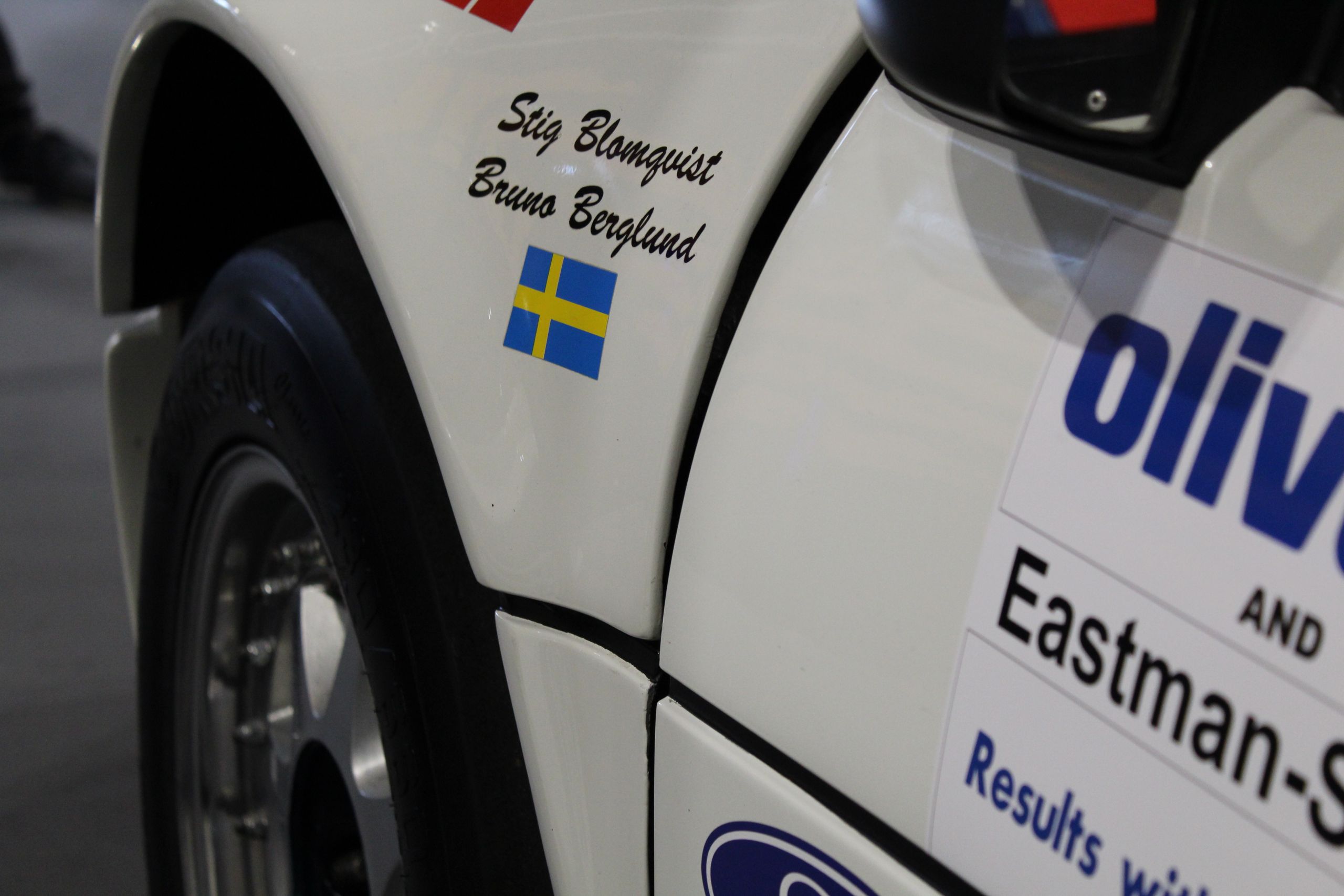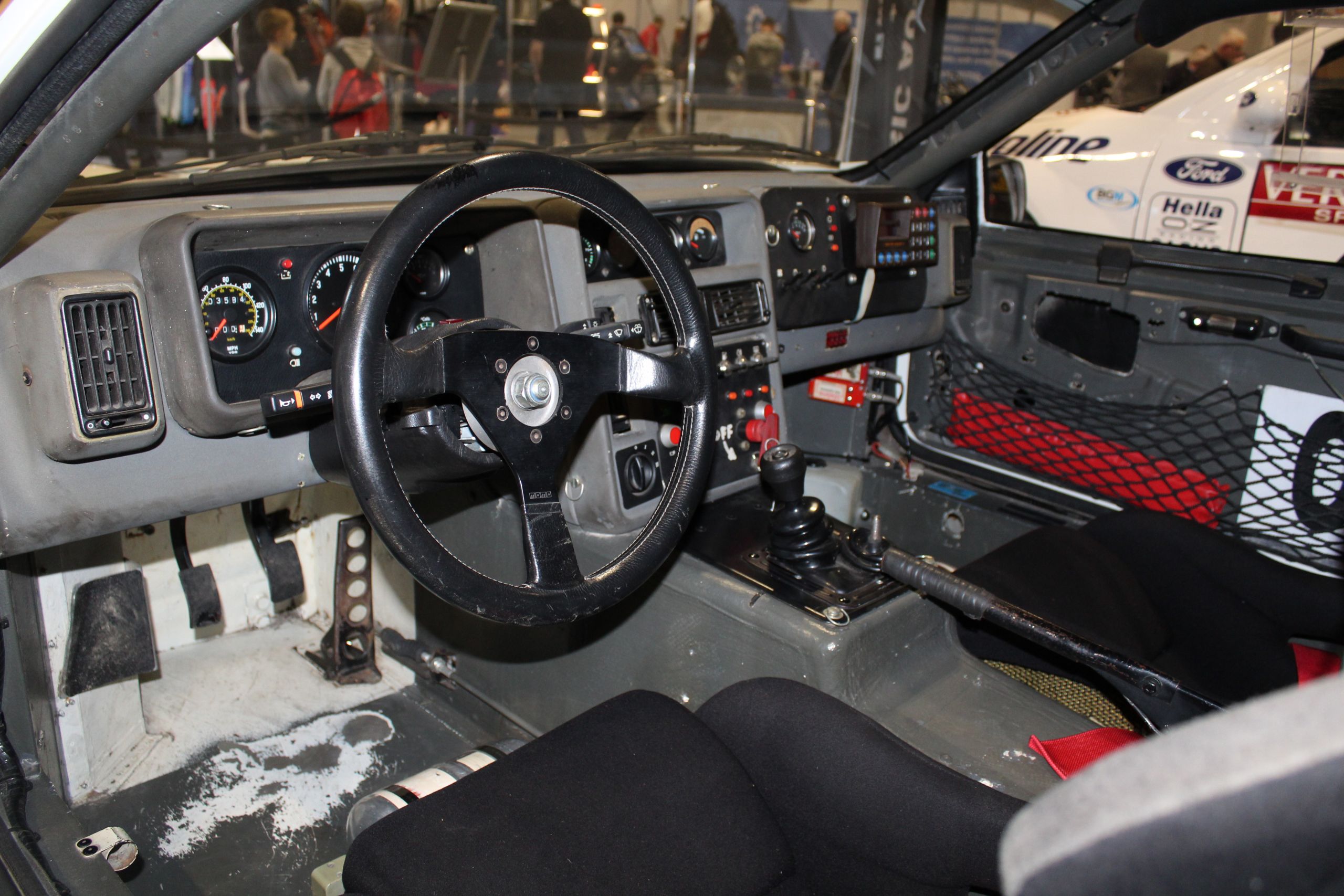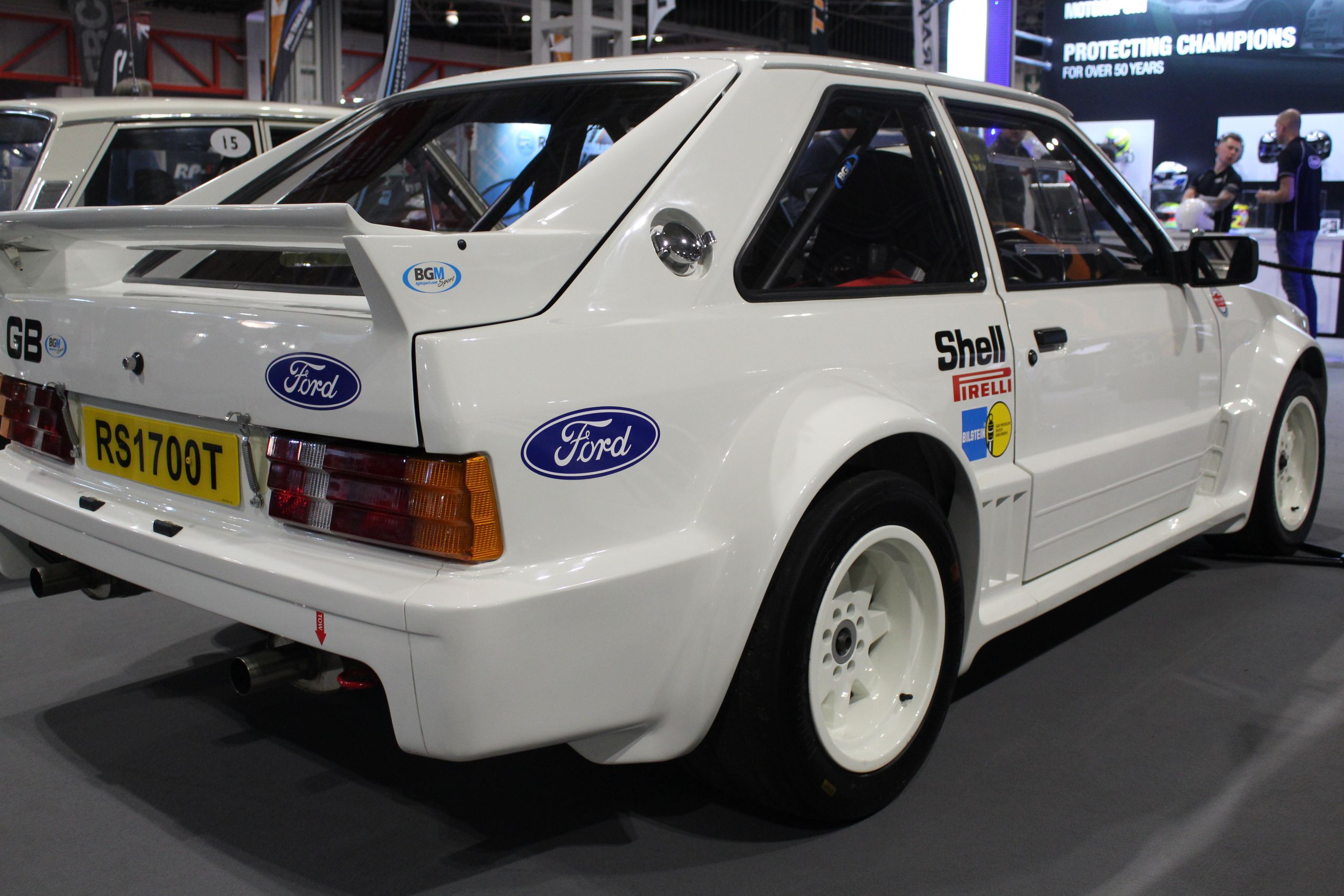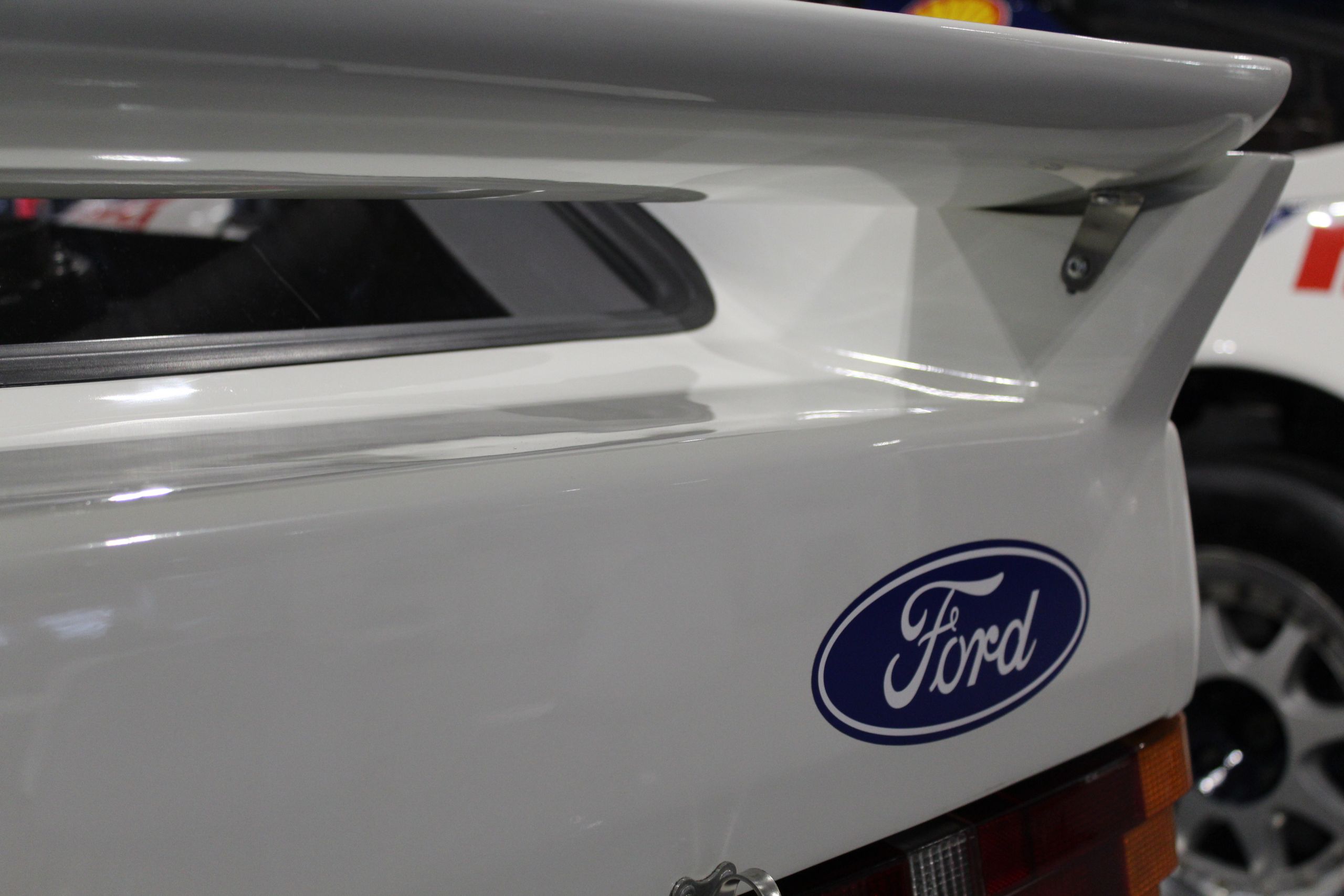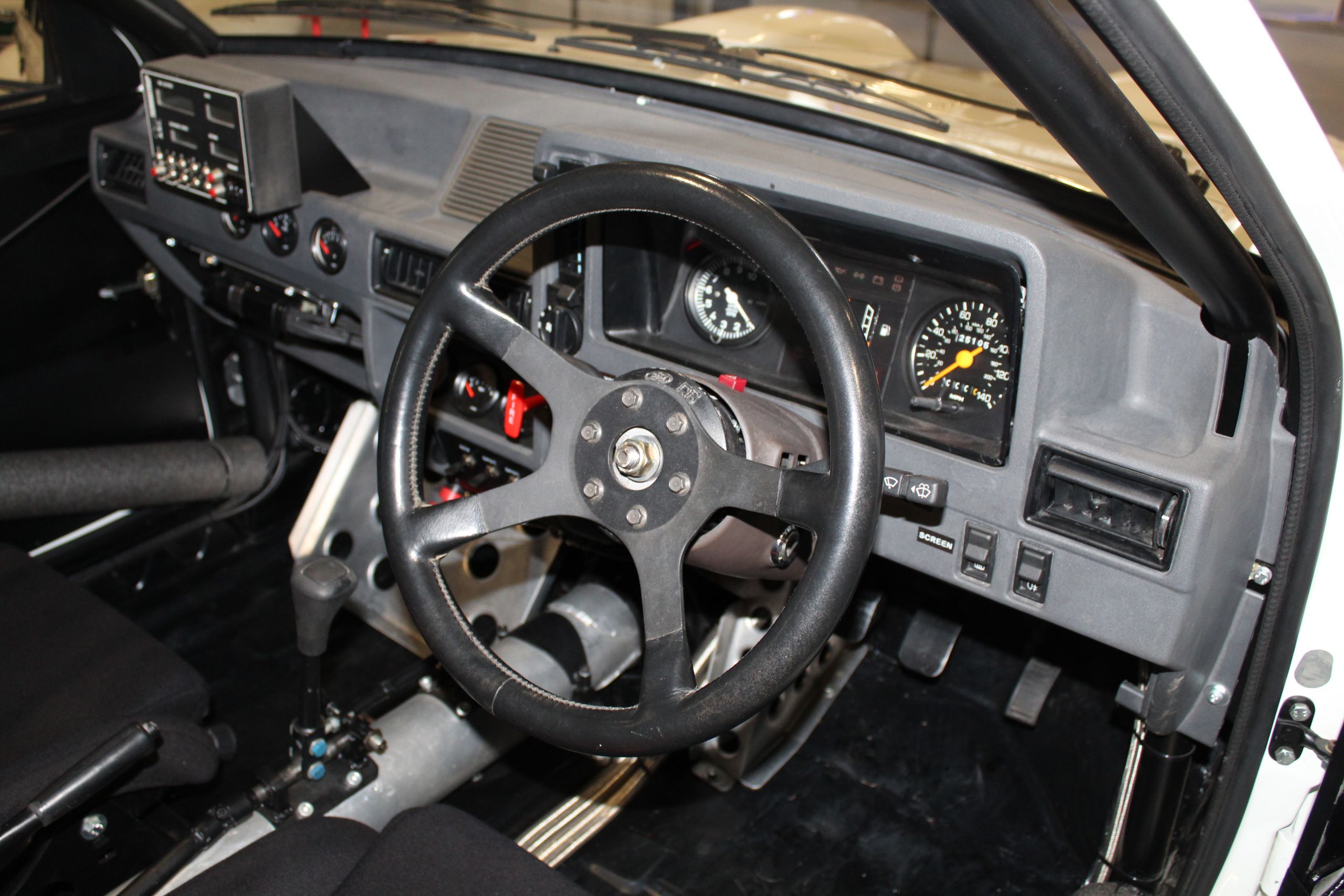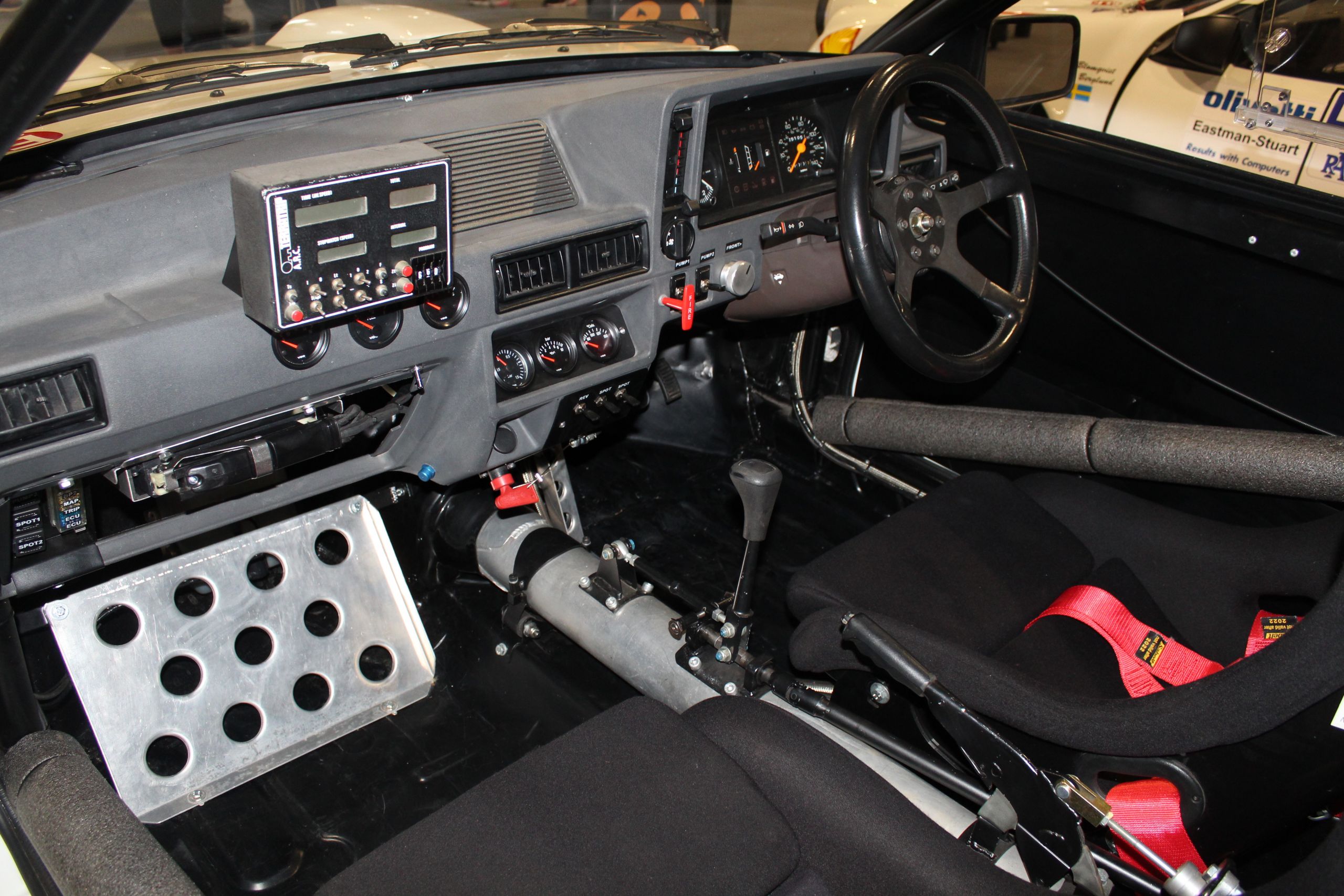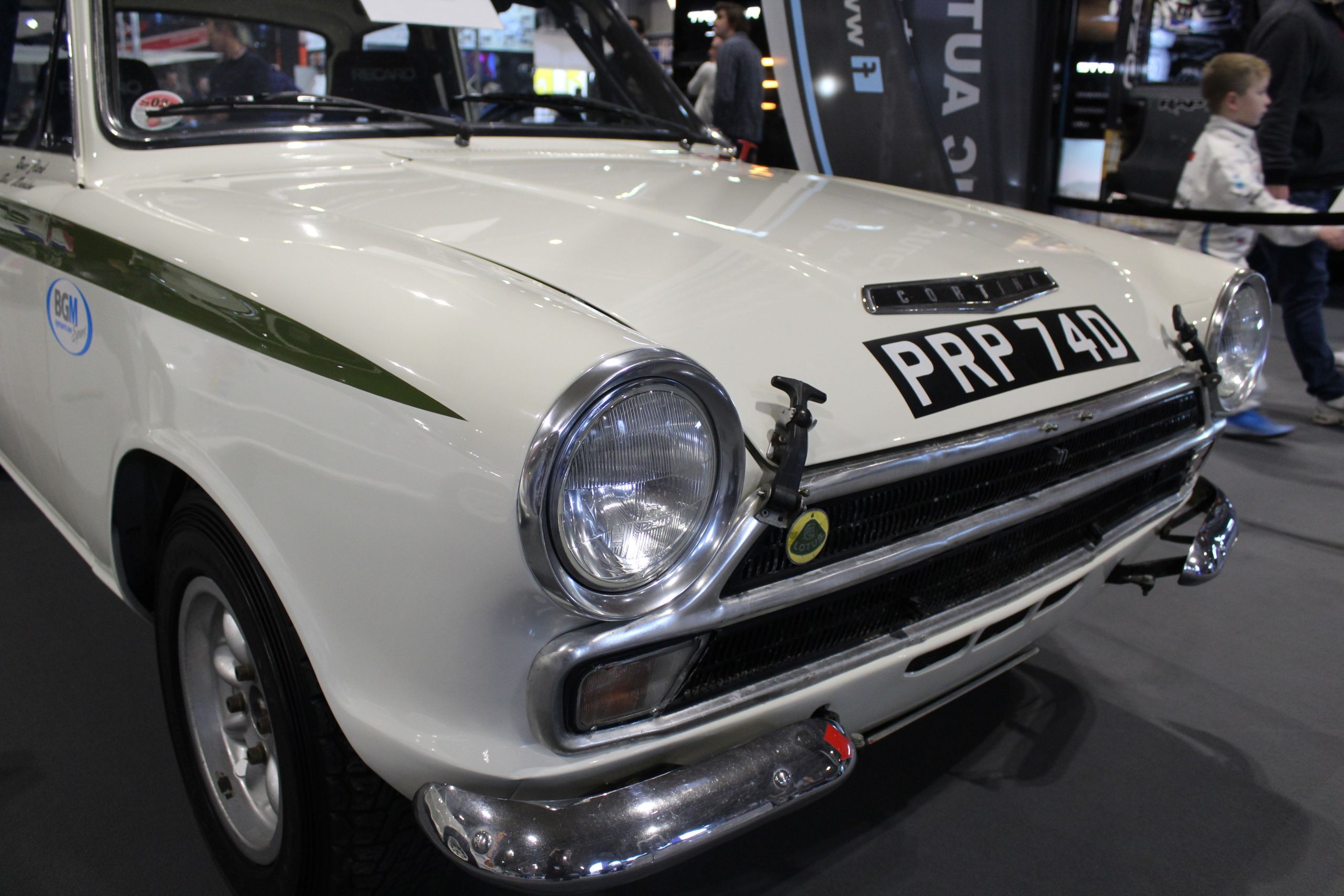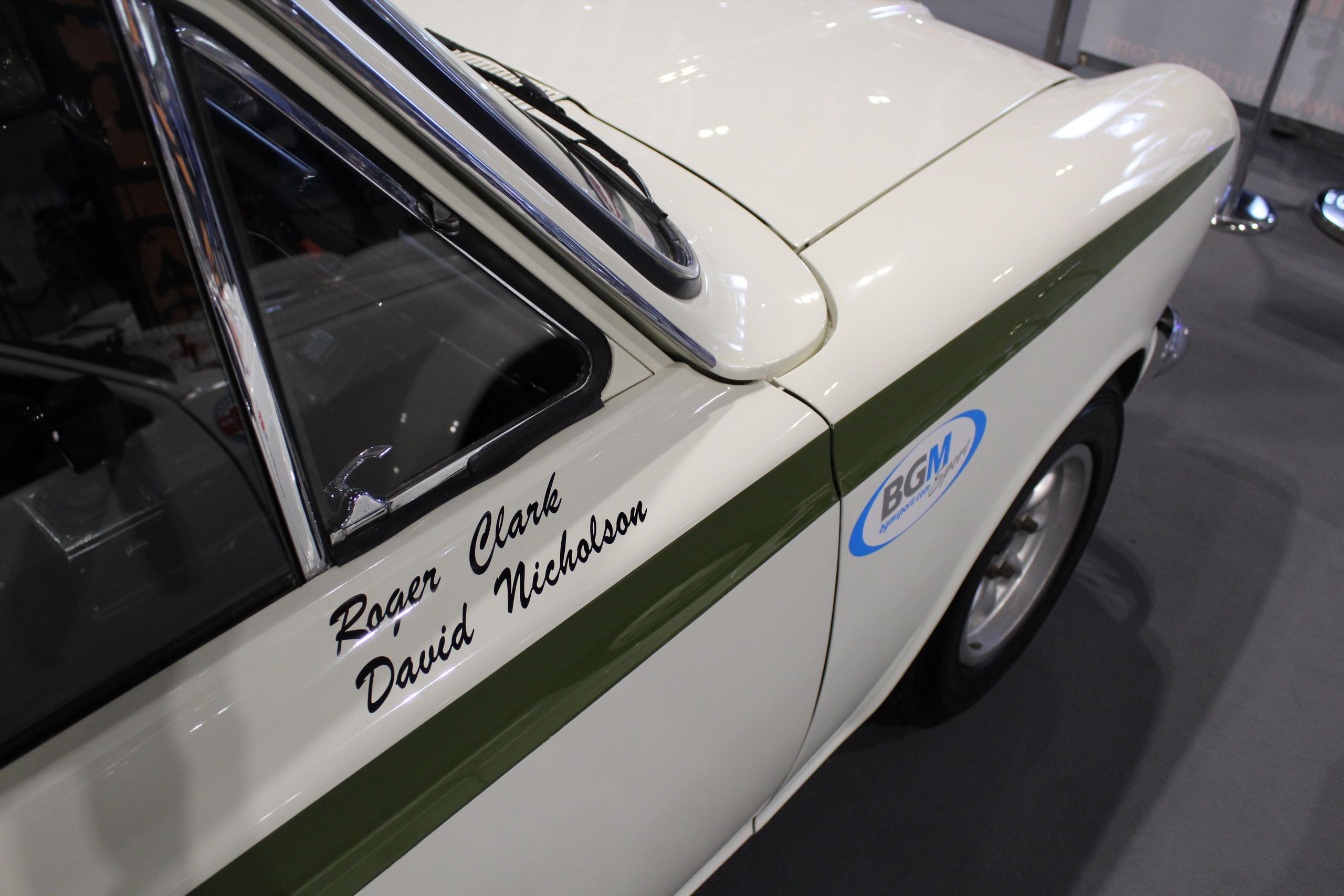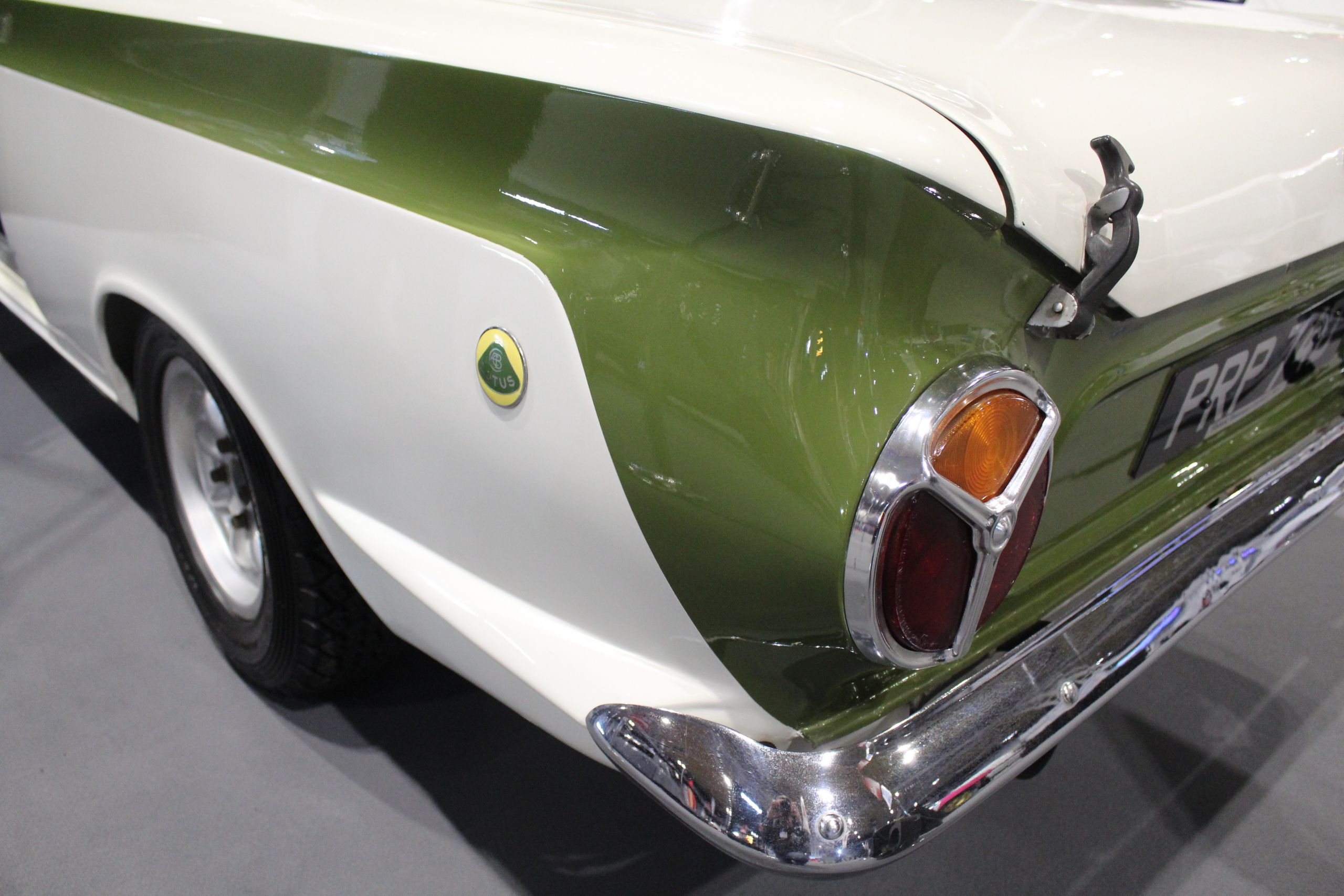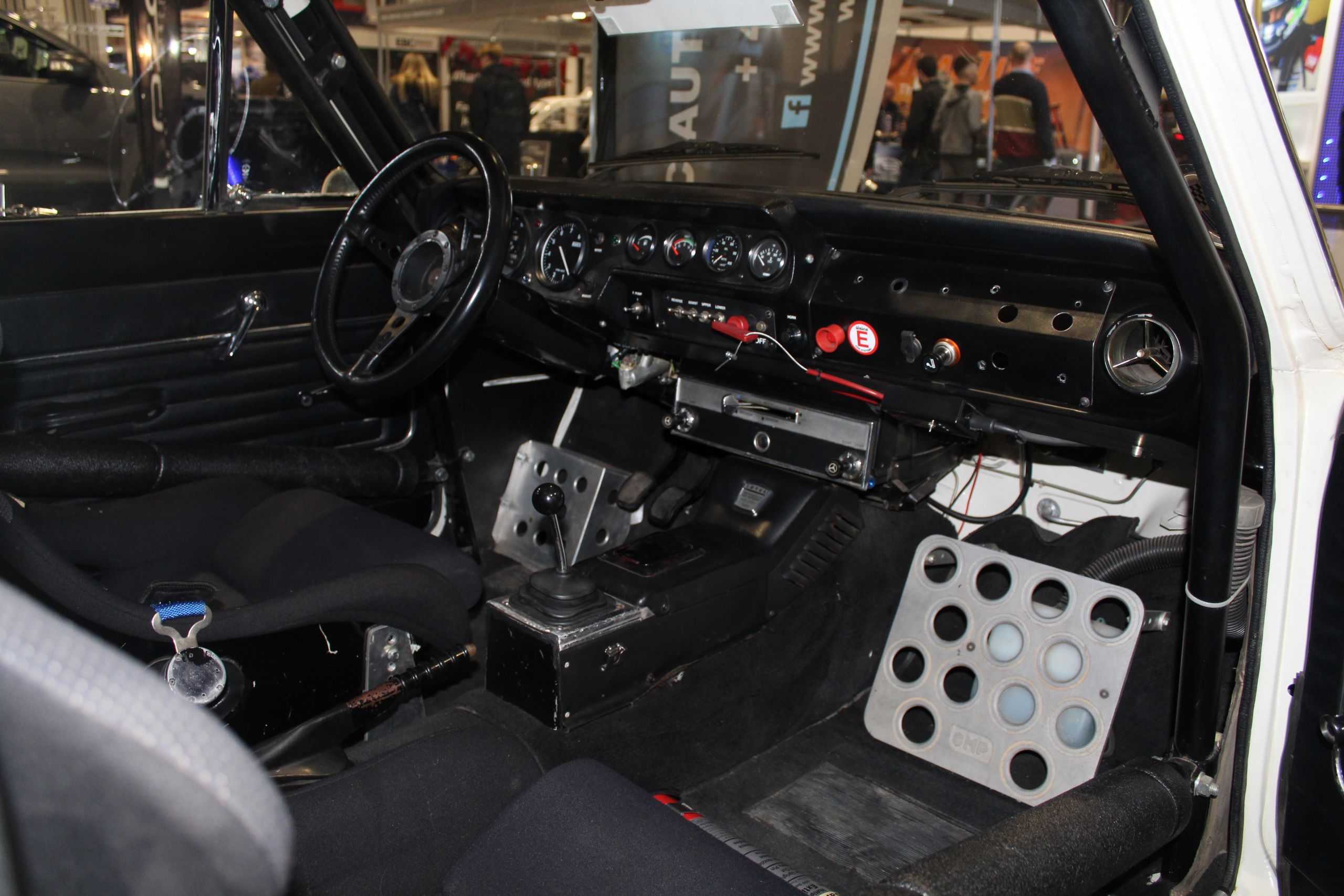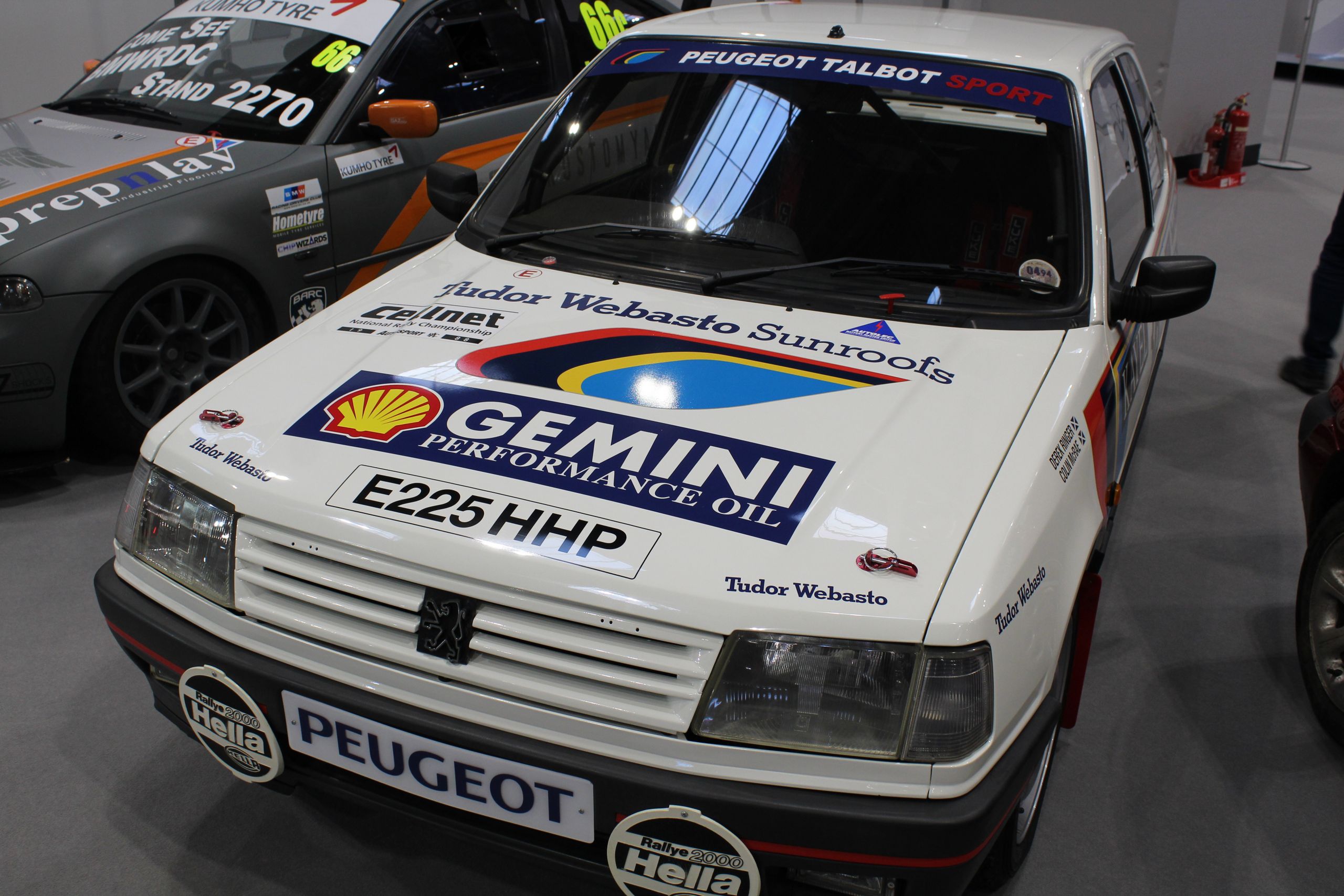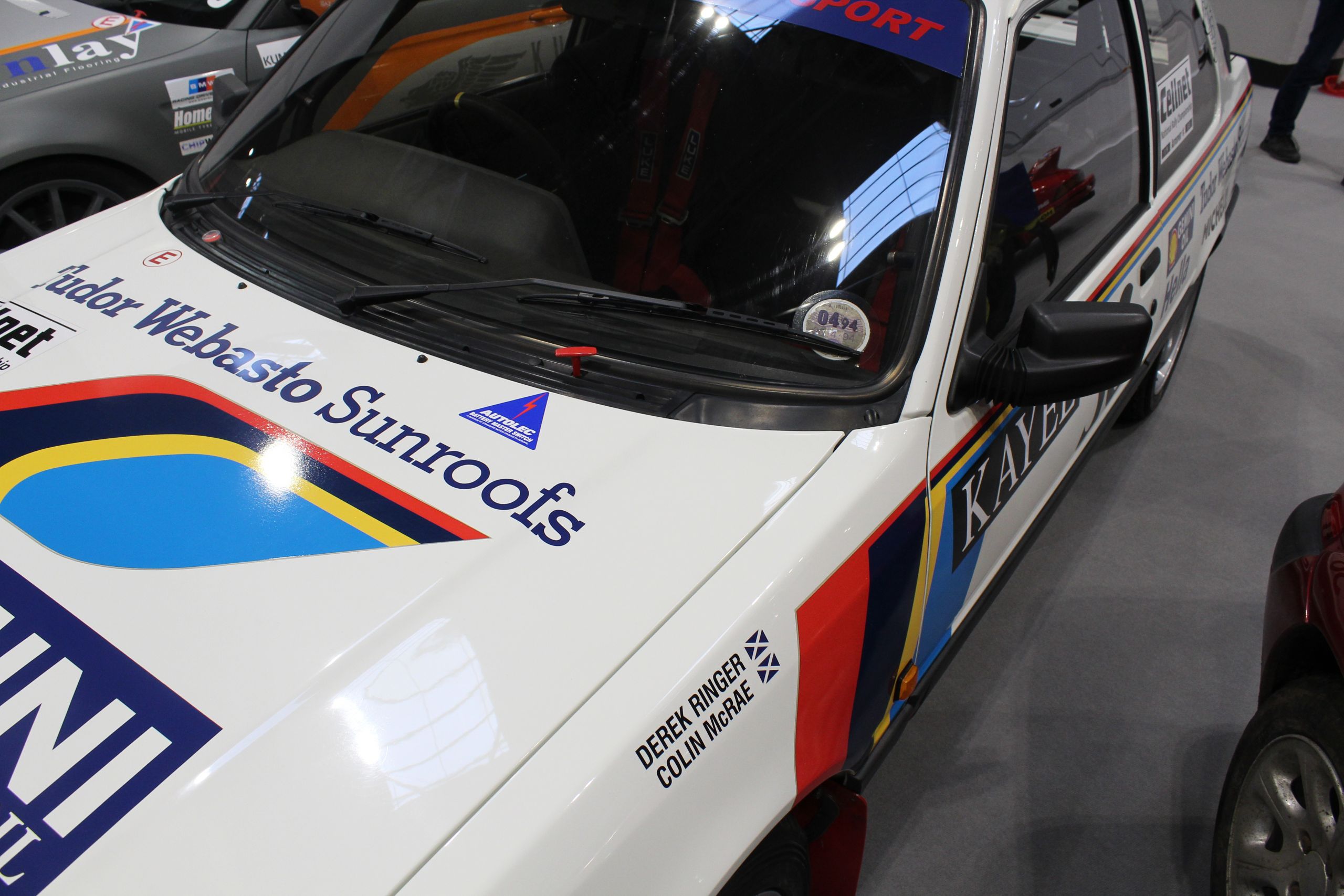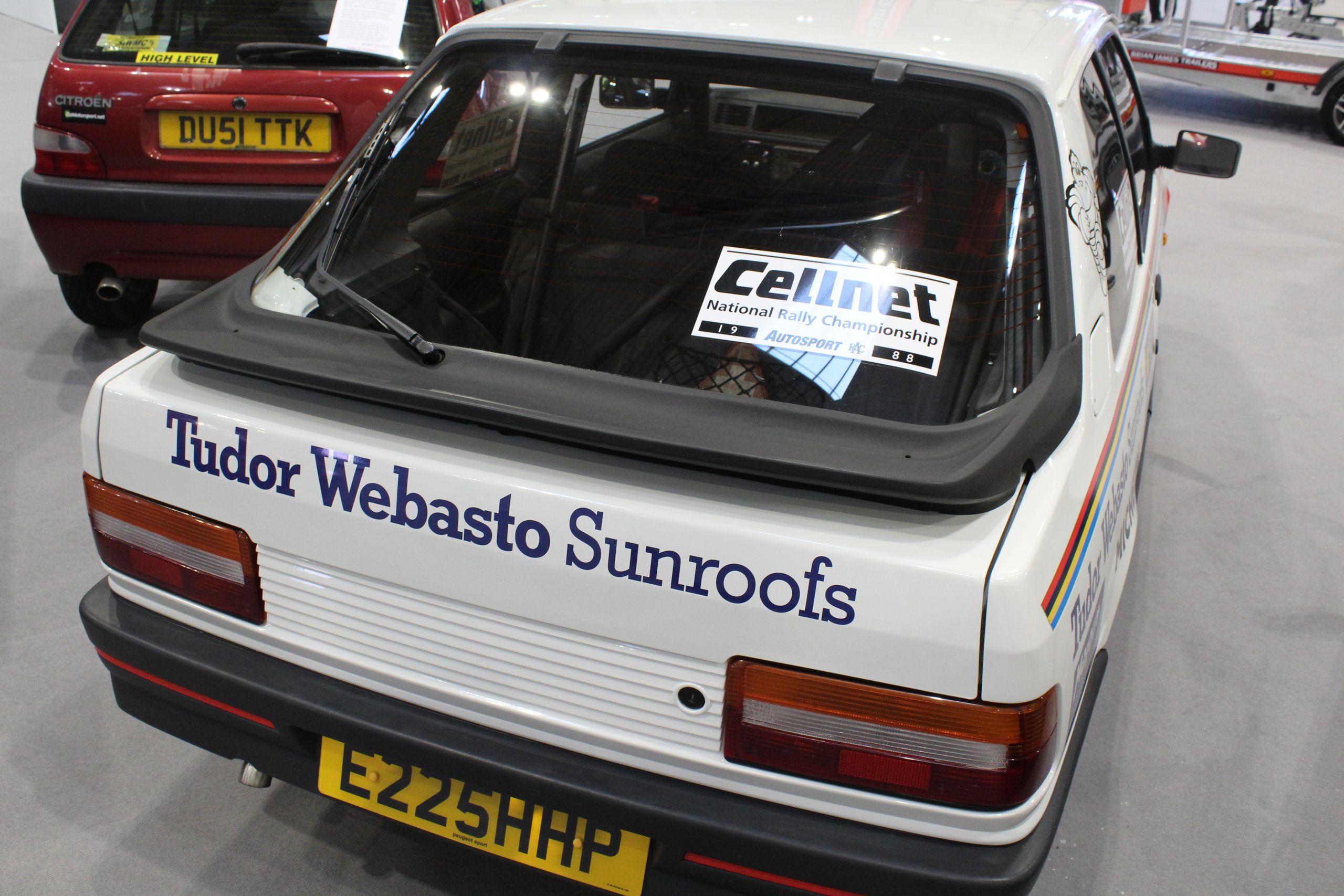In a blockbuster morning of Formula 1 news, Carlos Sainz has been confirmed as a Ferrari driver for the 2021 season, while Daniel Ricciardo will partner Lando Norris at McLaren for the new year.
Sebastian Vettel’s announcement earlier in the week that he is going to leave Ferrari at the end of the current season blew the driver market wide open, and the confirmed news today was swiftly followed as teams already look to complete their line-ups for the 2021 season.
Sainz has signed a two year deal with Ferrari, and will partner Charles Leclerc, who had a hugely impressive debut season with the Scuderia last year, winning two races and finishing third in the championship ahead of team-mate Vettel. Ferrari team principal Mattia Binotto showed his satisfaction at the move, saying, “We believe that a driver pairing with the talent and personality of Charles and Carlos, the youngest of the past 50 years of the Scuderia, will be the best possible combination to help us reach the goals we have set ourselves.”
Sainz began his career in F1 with Red Bull junior team Toro Rosso, but his frustration at a lack of opportunity at the main Red Bull team led to him joining Renault on loan for the 2018 season, having replaced Jolyon Palmer at the end of 2017. The news of Daniel Ricciardo jumping the Red Bull ship and joining Renault pushed Sainz out of the team, who then joined McLaren in 2019.
His relationship with team-mate Lando Norris was one of the more cheerful sides of the 2019 season, and the two transcended expectations for a team that is embarking on an impressive rebuilding process, which is what has enticed Daniel Ricciardo.
Ricciardo joined Renault from Red Bull for the 2019 season, but has quickly grown impatient at the team’s lack of performance, having seen a slump in pace. They finished fifth in 2019 compared to fourth in 2018, 54 points behind McLaren.
It is unknown the length of the contract Ricciardo has signed at the Woking-based team, but signing a prove race winner and a highly talented racing driver is a revolution in the recovery of the British outfit, and has been described by Racing Chief Executive Zak Brown as “an exciting new dimension to the team”.
Ricciardo and Sainz did, however, seem content enough to stay put at their respective teams, but the domino effect from Vettel’s departure has had a substantial knock-on effect on the rest of the grid.
There is now an vacant seat at Renault, for which the French team have an abundance of options. Sebastian Vettel may or may not retire at the end of the year, and former champion Fernando Alonso has been tipped for a return to partner Esteban Ocon for the new year. F2 stars Guanyu Zhou and Christian Lundgaard, who are part of the Renault programme, will also be vying for the seat, while Nico Hulkenberg has been name-dropped for a return. Hulkenberg was forced out of F1 after a contractual agreement between Toto Wolff and Renault saw Esteban Ocon take his seat for the 2020 season, which is expected to start in Austria in July amid the coronavirus crisis.
Depending on who does take the seat, the 2021 season could see the youngest grid in the 70 year history of the sport.
[Featured image courtesy of McLaren Media Centre]
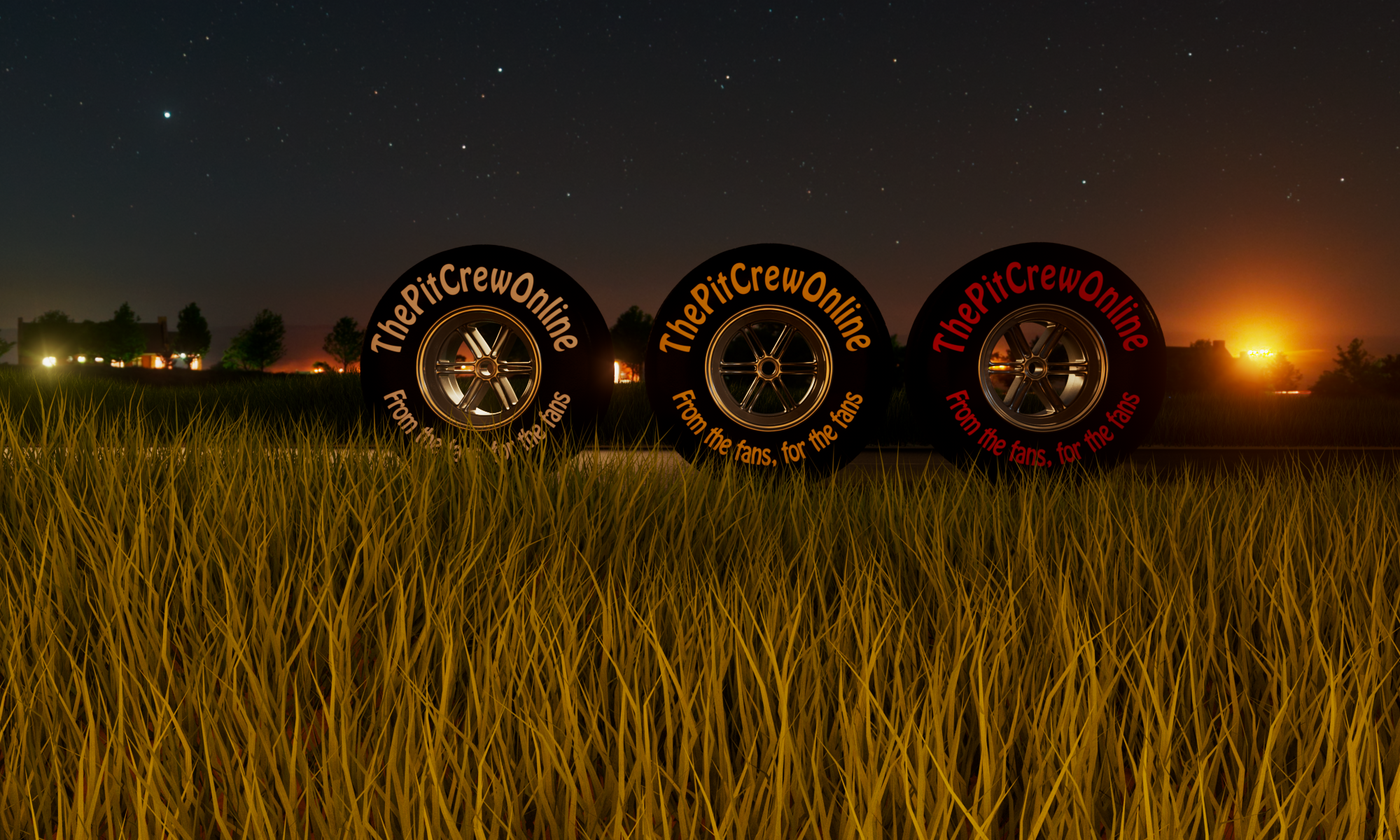

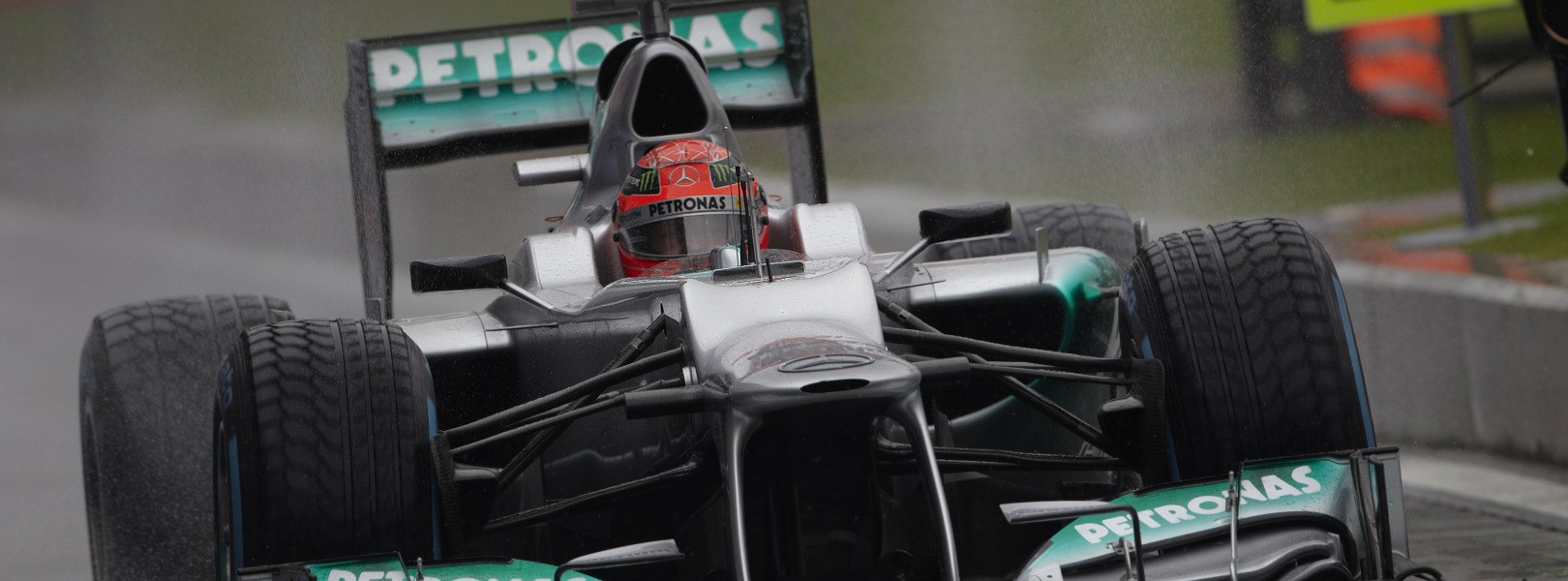

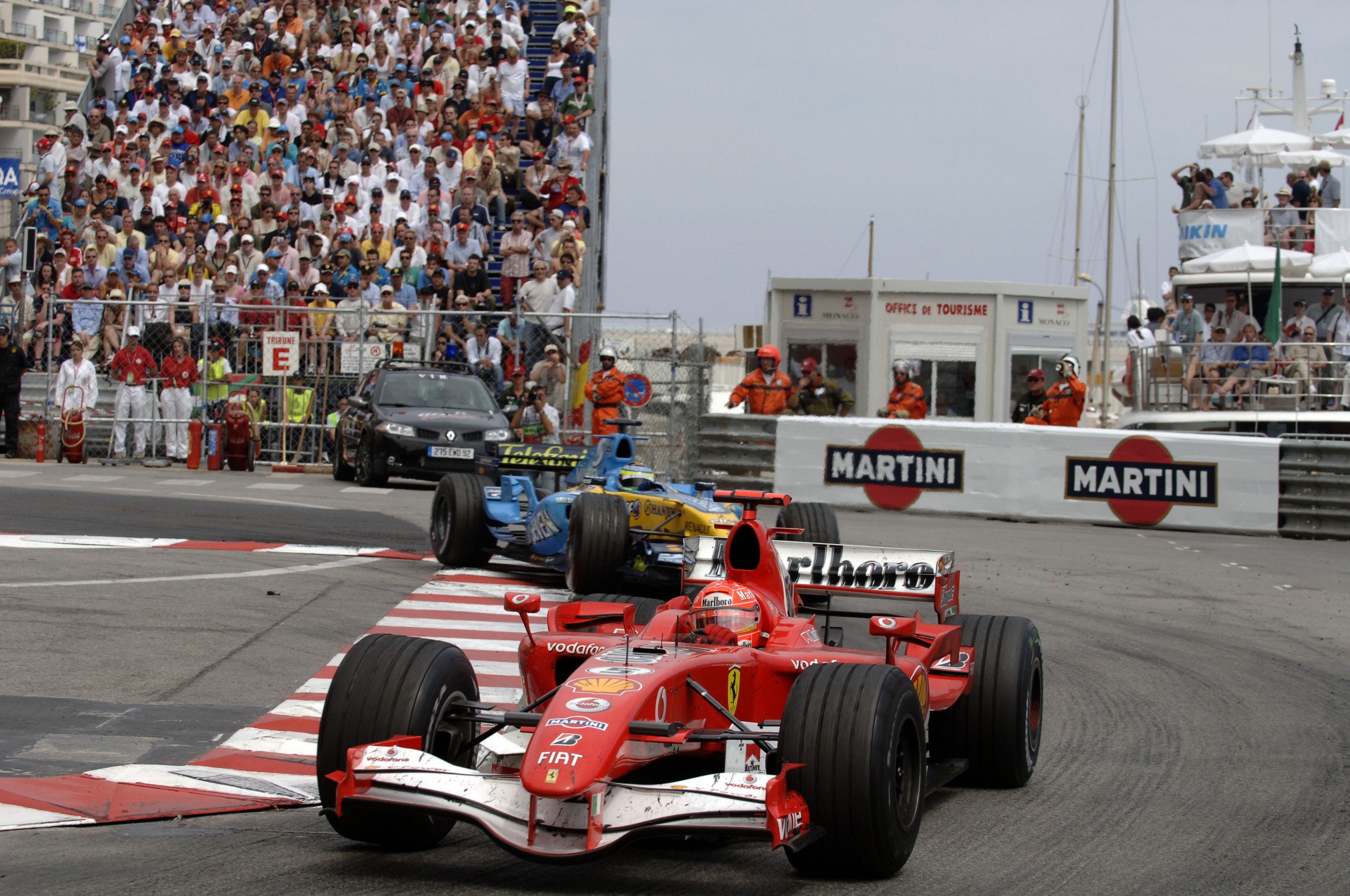
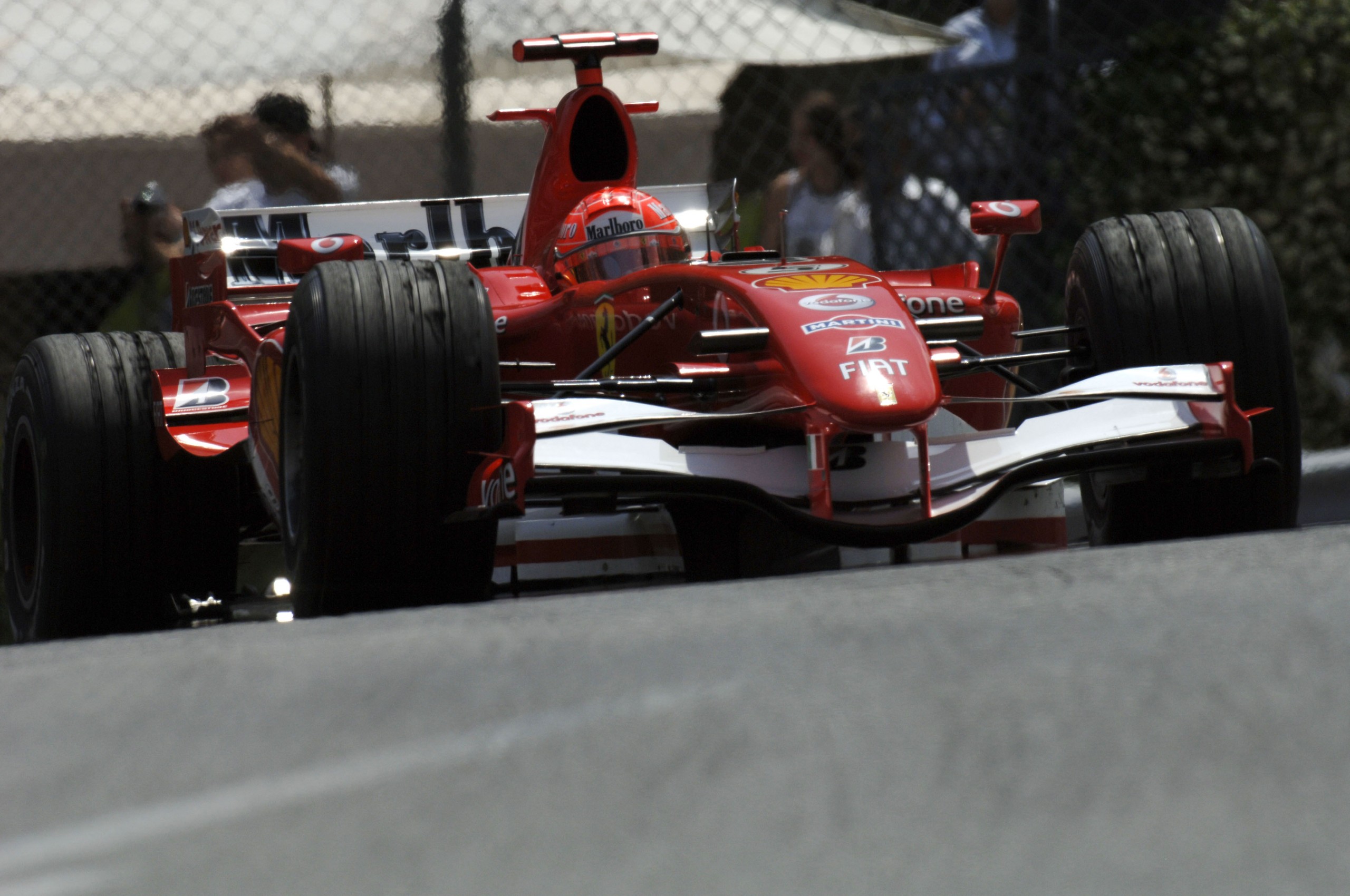
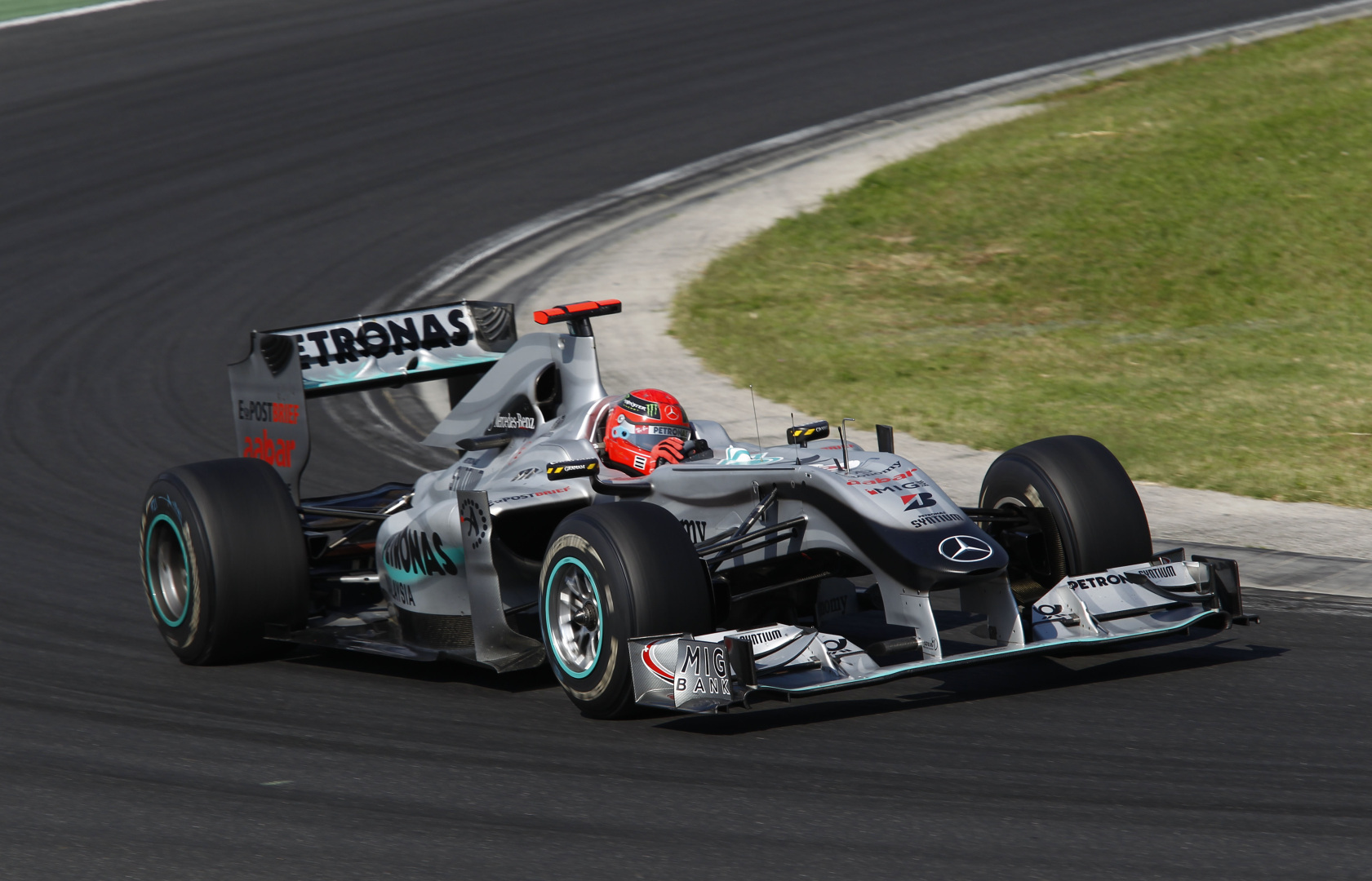


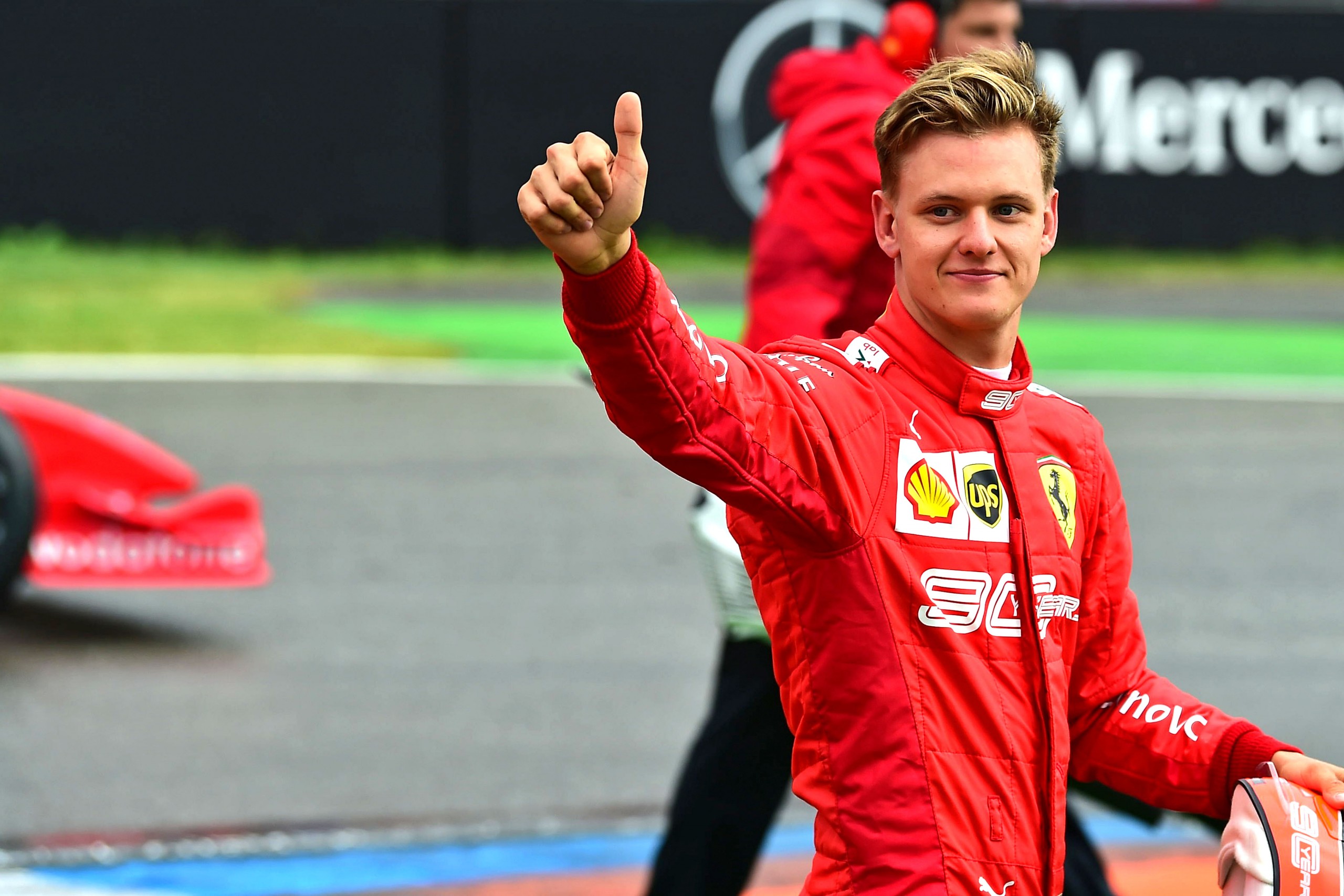
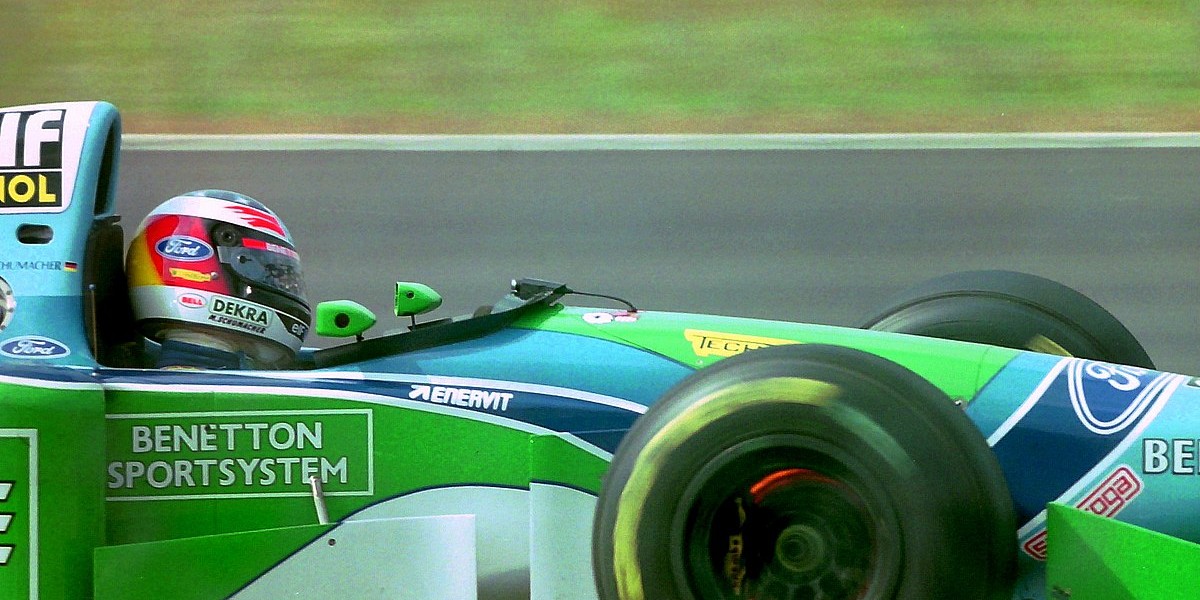
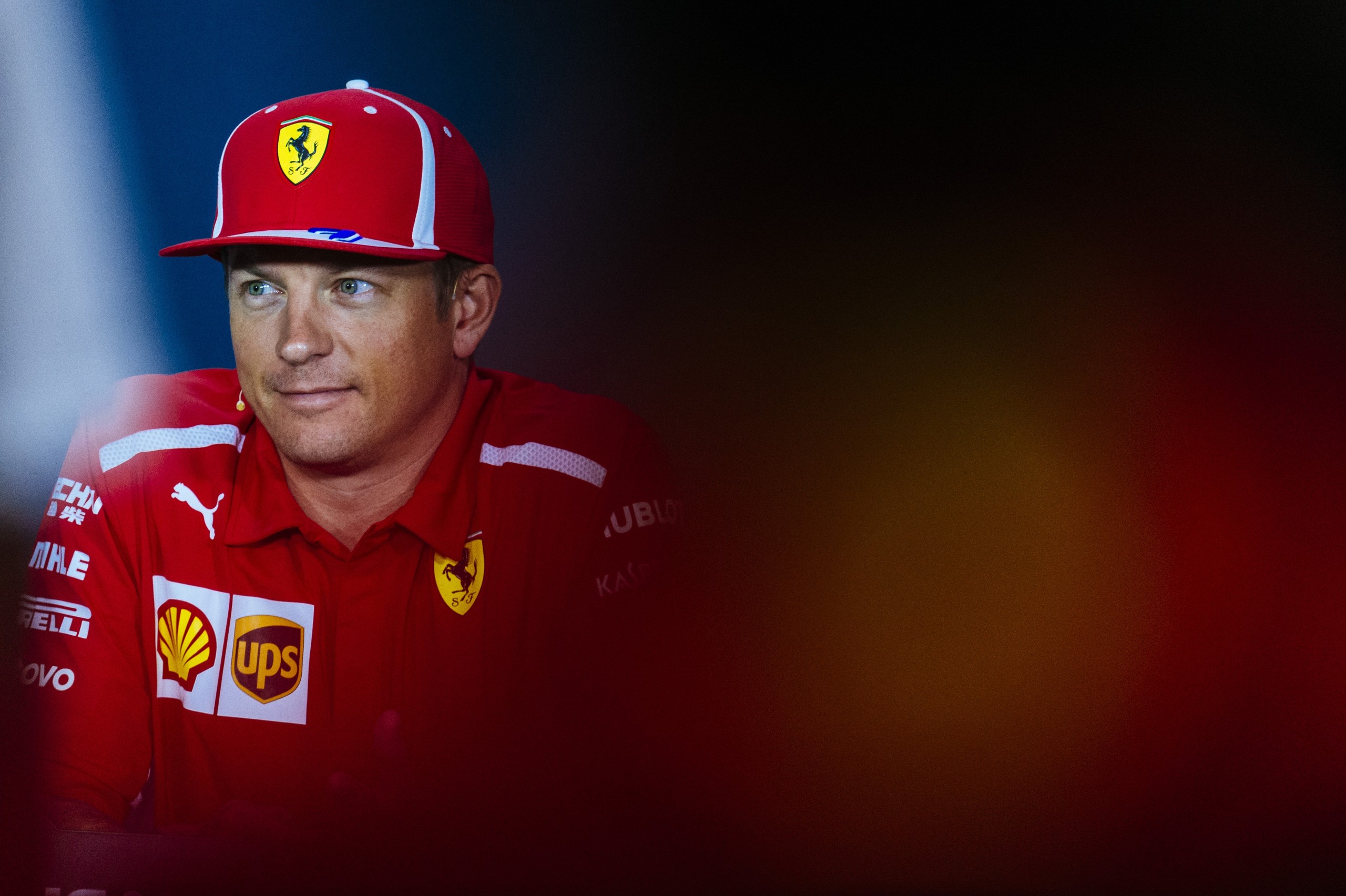 This weekend would have been the return of the Dutch Grand Prix at the Zandvoort circuit to the F1 calendar, which is only happening because of a certain Max Verstappen. F1 madness has gripped the Netherlands, it only took about five years for a driver to generate enough buzz to get it back on the calendar. But we aren’t talking about that today, instead I’m talking about a country which has had three drivers who have won the Formula One world championship yet have never gotten close to having a Grand Prix in F1’s 70 year history.
This weekend would have been the return of the Dutch Grand Prix at the Zandvoort circuit to the F1 calendar, which is only happening because of a certain Max Verstappen. F1 madness has gripped the Netherlands, it only took about five years for a driver to generate enough buzz to get it back on the calendar. But we aren’t talking about that today, instead I’m talking about a country which has had three drivers who have won the Formula One world championship yet have never gotten close to having a Grand Prix in F1’s 70 year history.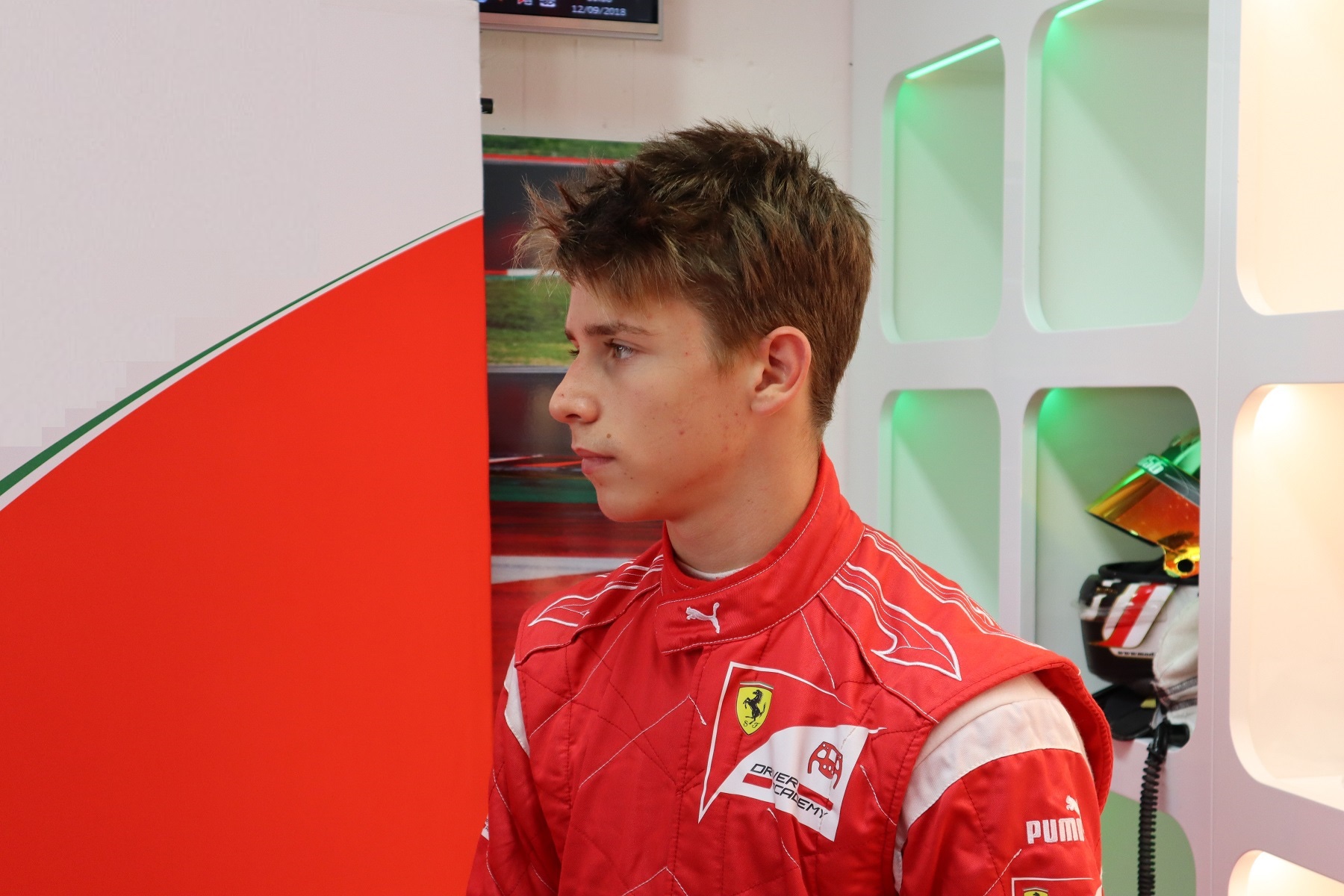 I think I speak for a lot of us when I say that I am a huge Charles Leclerc fan, seeing his ascendency from joining the Ferrari Driver Academy, and winning the GP3 and Formula 2 championships then graduating to Formula 1 with Sauber and now a Grand Prix winner with Ferrari, it has truly been incredible.
I think I speak for a lot of us when I say that I am a huge Charles Leclerc fan, seeing his ascendency from joining the Ferrari Driver Academy, and winning the GP3 and Formula 2 championships then graduating to Formula 1 with Sauber and now a Grand Prix winner with Ferrari, it has truly been incredible.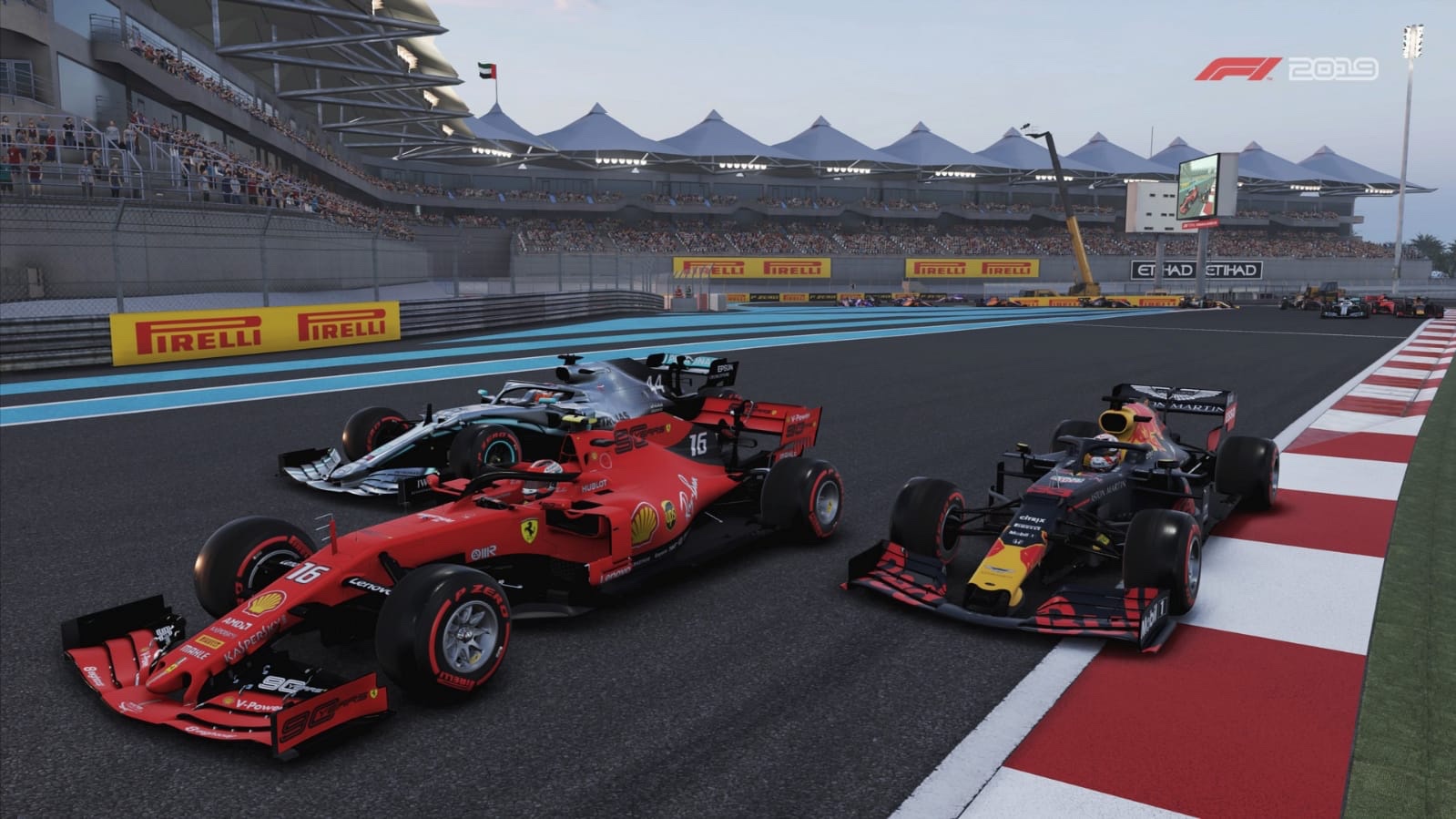 Over the weekend of what should have been the Vietnam Grand Prix, we were treated to some Esports action as we have come to expect. The highlight of the weekend arguably was the second rendition of the F1 Virtual Grand Prix. Following on from the first event which took place over the weekend of the Bahrain Grand Prix, where two of the real-world regular drivers Lando Norris and Nicholas Latifi were joined by other pro drivers and even a golfer, and Olympic cyclist and a member of One Direction.
Over the weekend of what should have been the Vietnam Grand Prix, we were treated to some Esports action as we have come to expect. The highlight of the weekend arguably was the second rendition of the F1 Virtual Grand Prix. Following on from the first event which took place over the weekend of the Bahrain Grand Prix, where two of the real-world regular drivers Lando Norris and Nicholas Latifi were joined by other pro drivers and even a golfer, and Olympic cyclist and a member of One Direction.